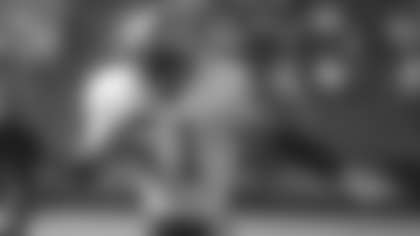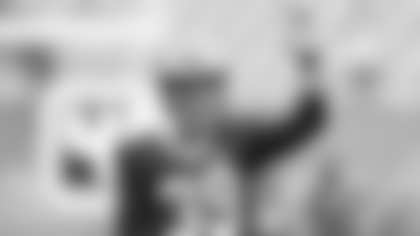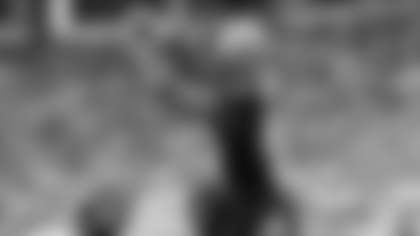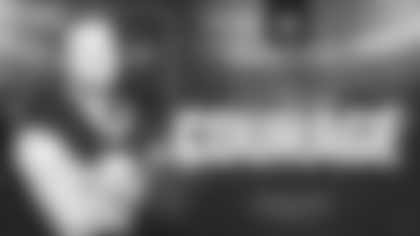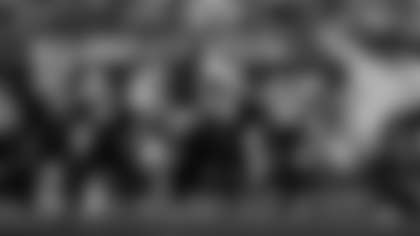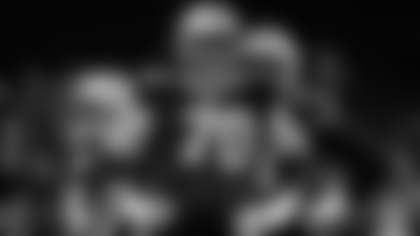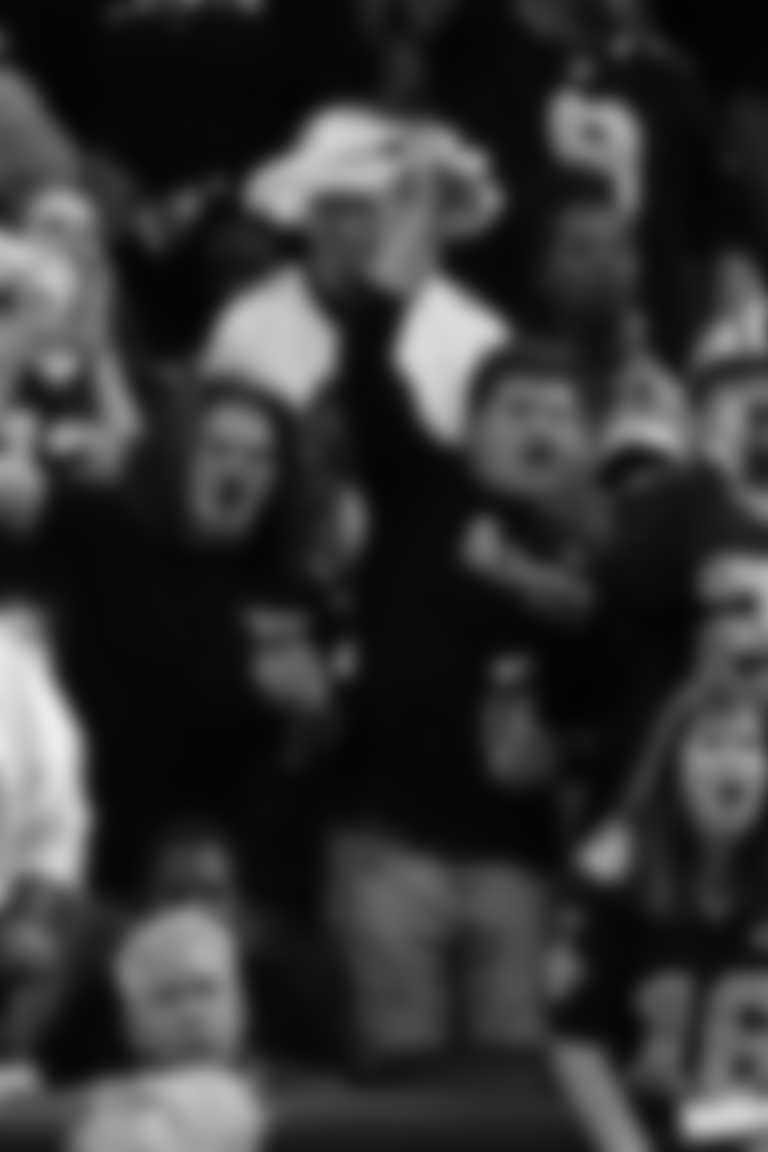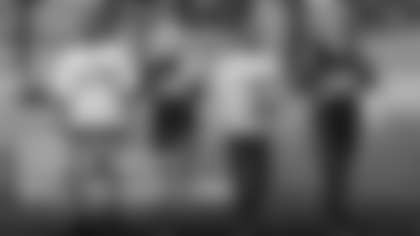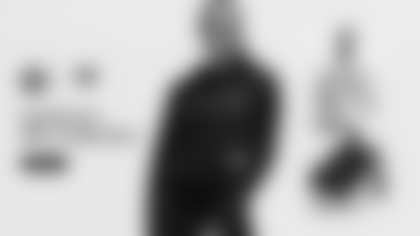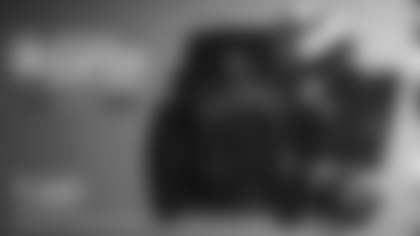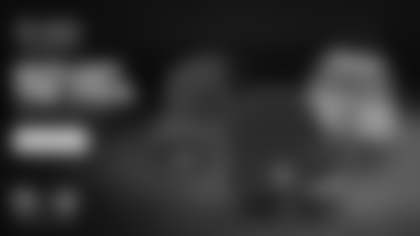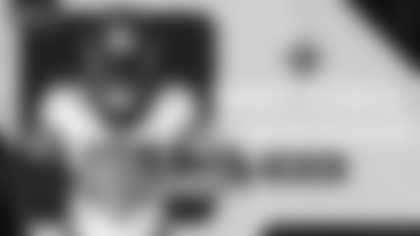Photos from the New Orleans Saints win in Super Bowl XLIV against the Indianapolis Colts.
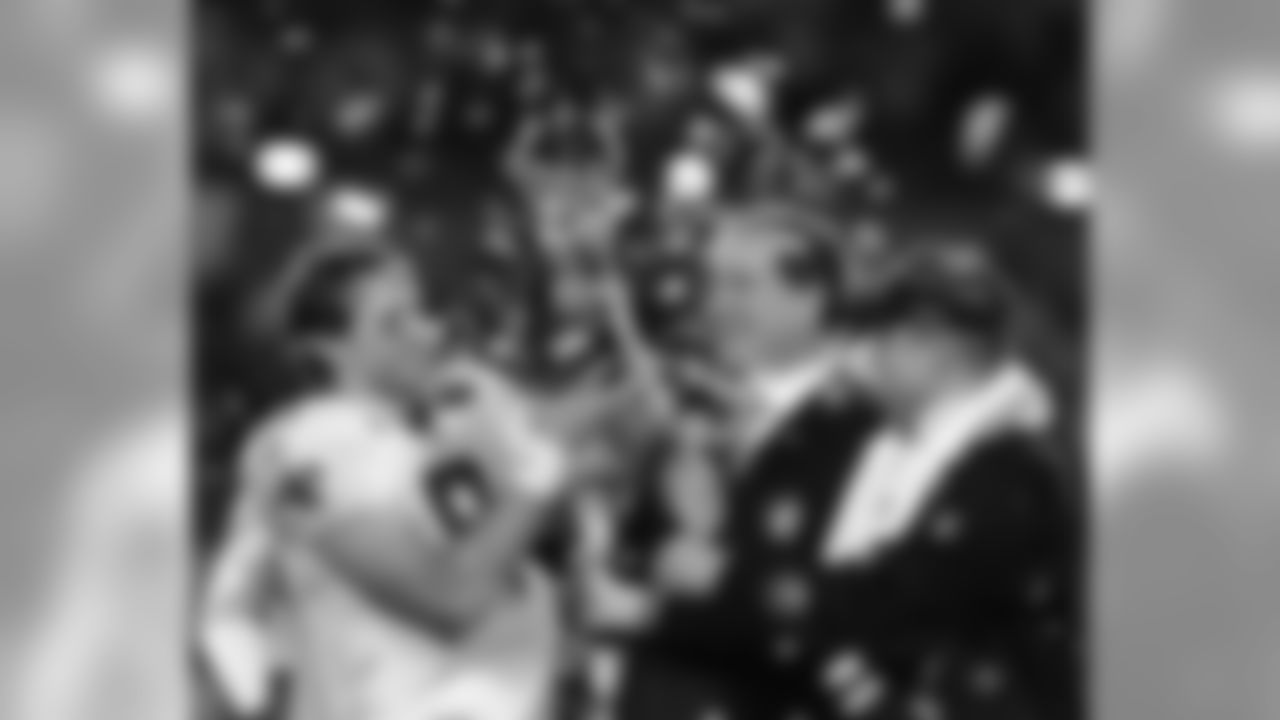
Photos from the New Orleans Saints win in Super Bowl XLIV against the Indianapolis Colts.
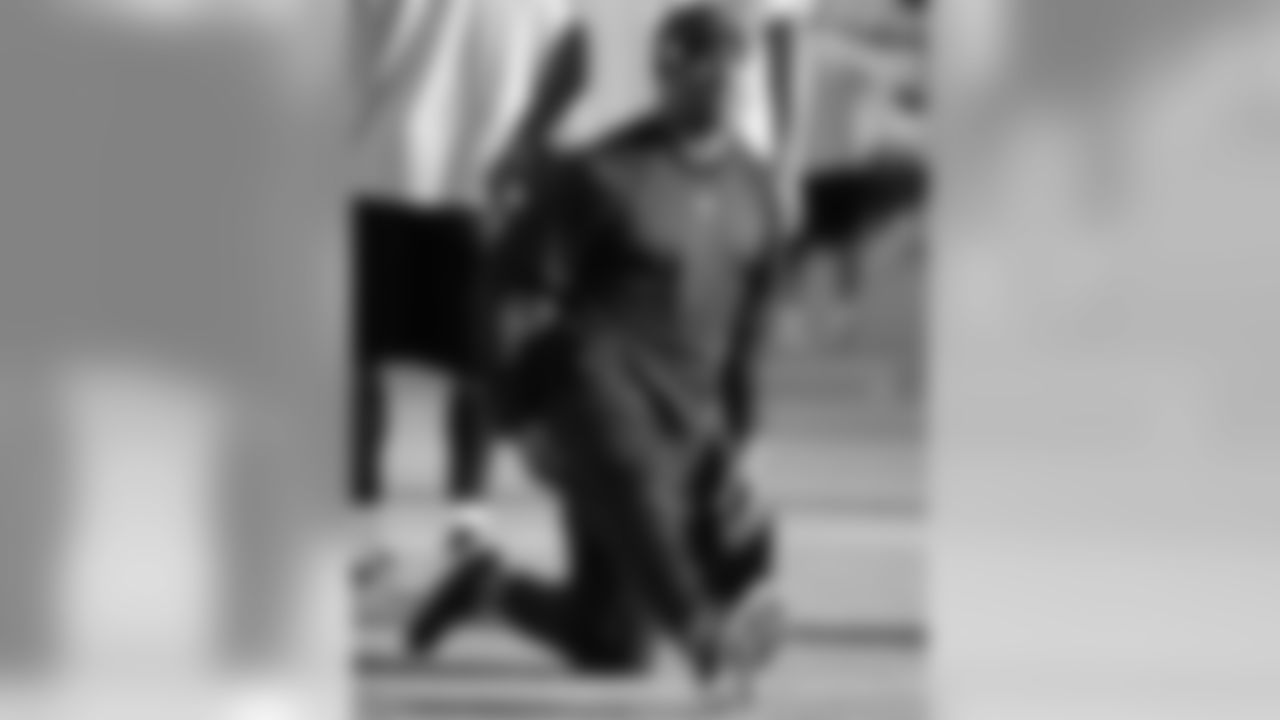
Photos from the New Orleans Saints win in Super Bowl XLIV against the Indianapolis Colts.

Photos from the New Orleans Saints win in Super Bowl XLIV against the Indianapolis Colts.
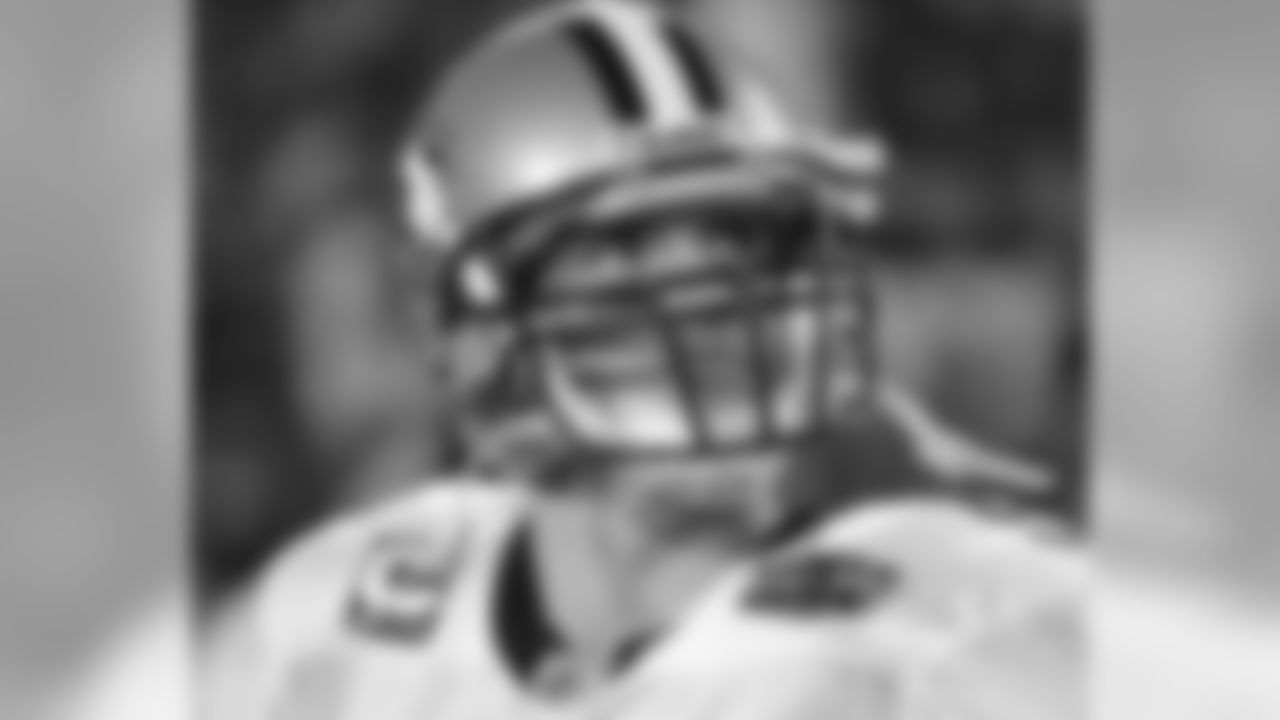
Photos from the New Orleans Saints win in Super Bowl XLIV against the Indianapolis Colts.
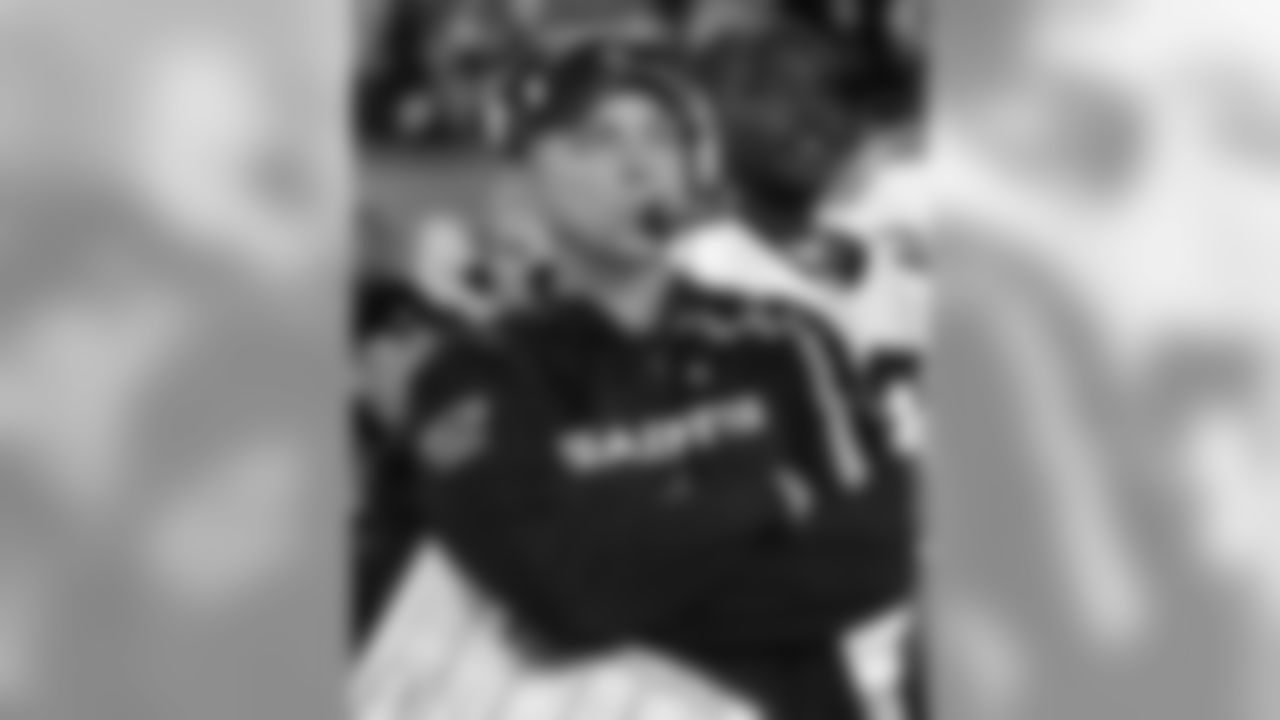
Photos from the New Orleans Saints win in Super Bowl XLIV against the Indianapolis Colts.
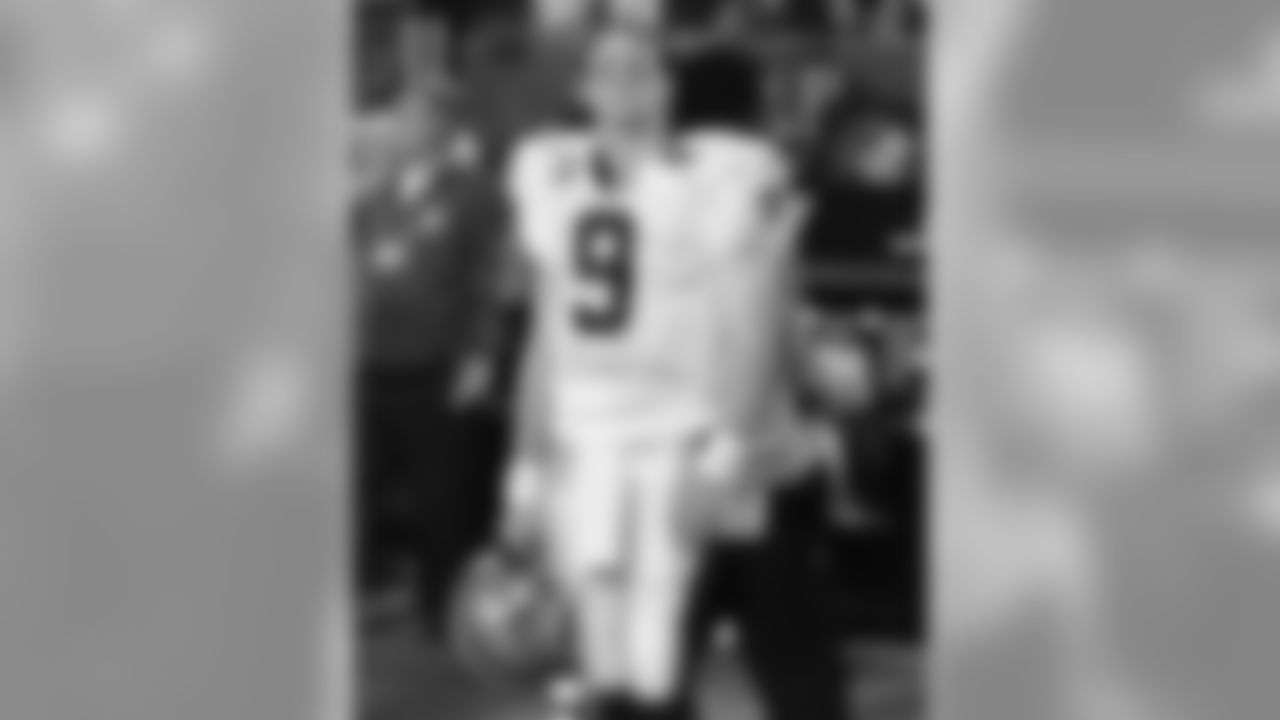
Photos from the New Orleans Saints win in Super Bowl XLIV against the Indianapolis Colts.
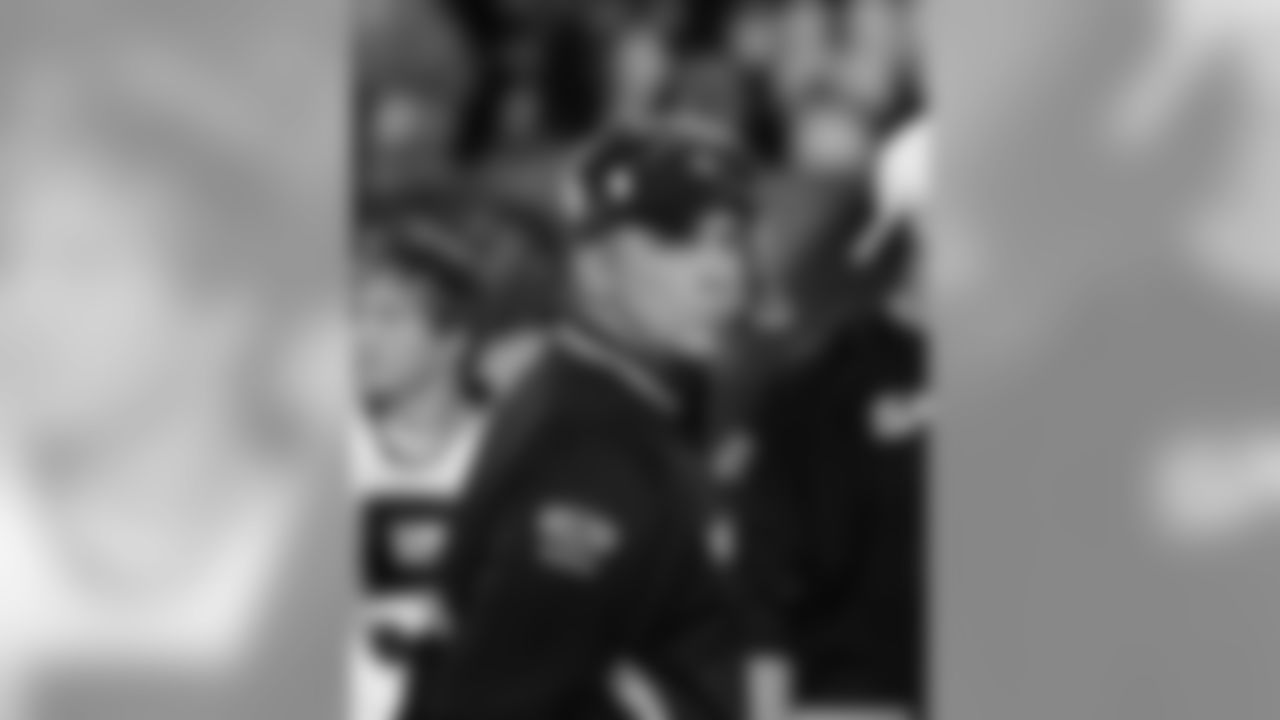
Photos from the New Orleans Saints win in Super Bowl XLIV against the Indianapolis Colts.

Photos from the New Orleans Saints win in Super Bowl XLIV against the Indianapolis Colts.
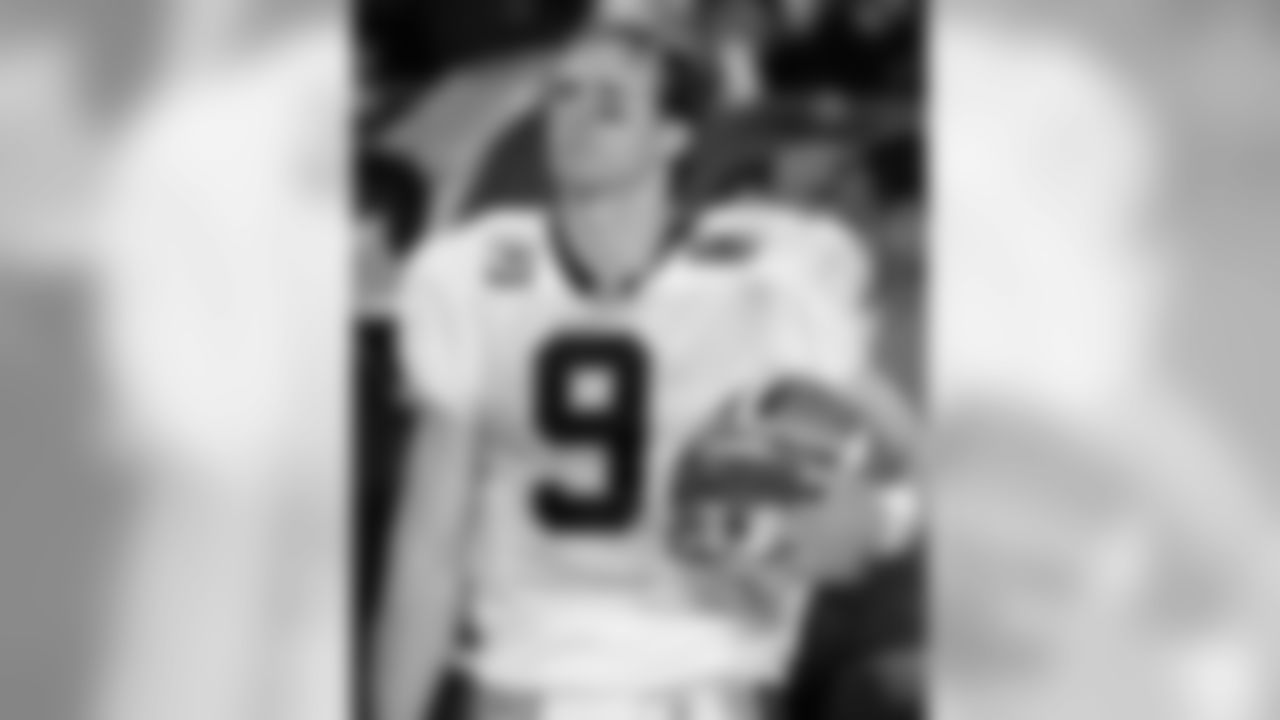
Photos from the New Orleans Saints win in Super Bowl XLIV against the Indianapolis Colts.
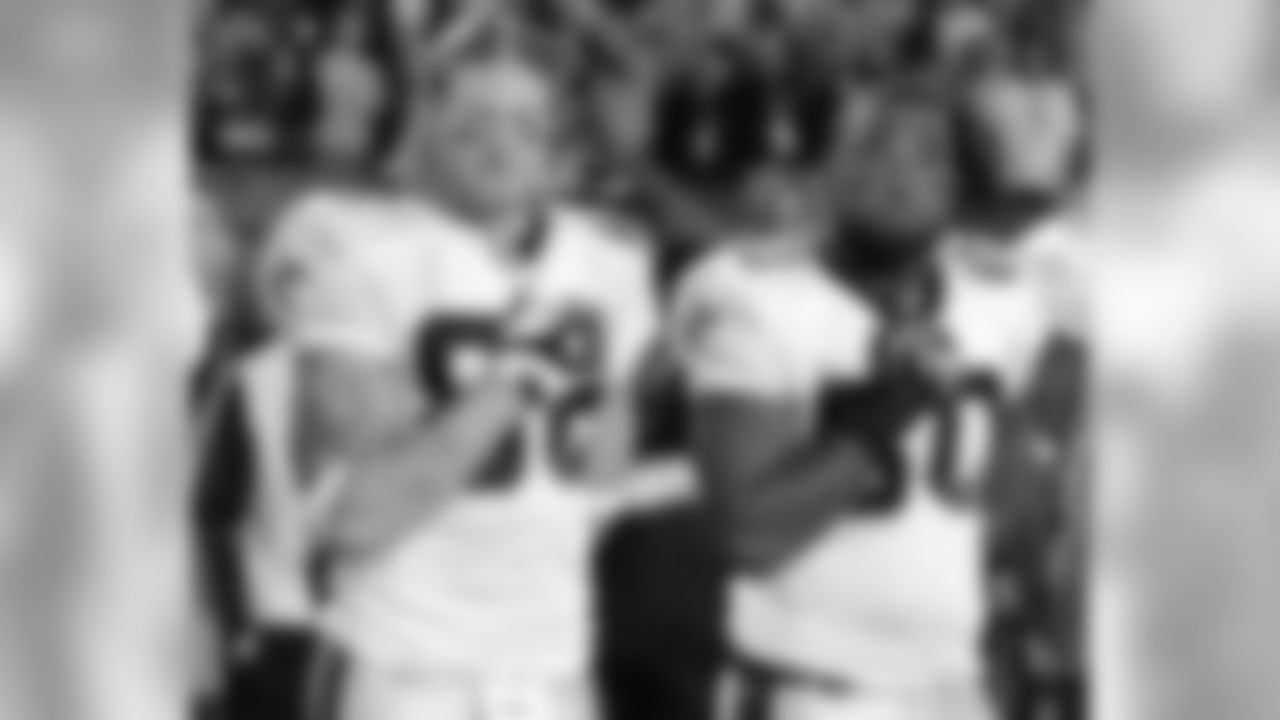
Photos from the New Orleans Saints win in Super Bowl XLIV against the Indianapolis Colts.
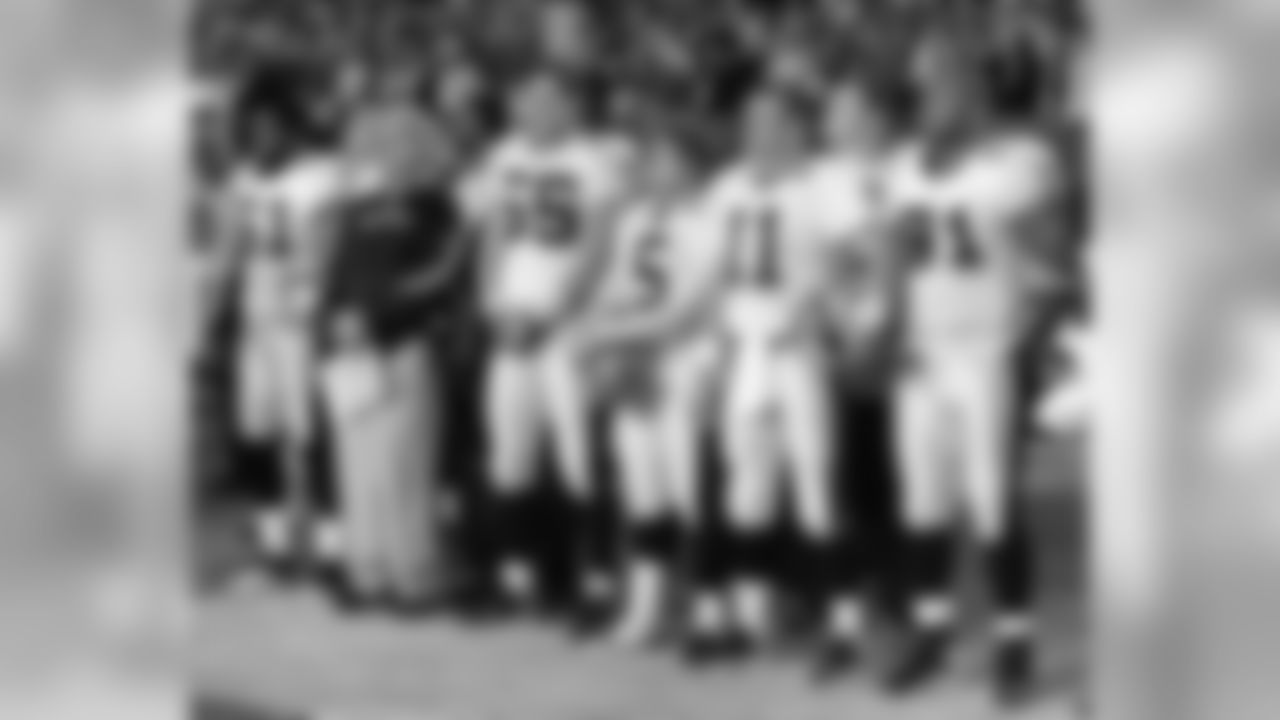
Photos from the New Orleans Saints win in Super Bowl XLIV against the Indianapolis Colts.
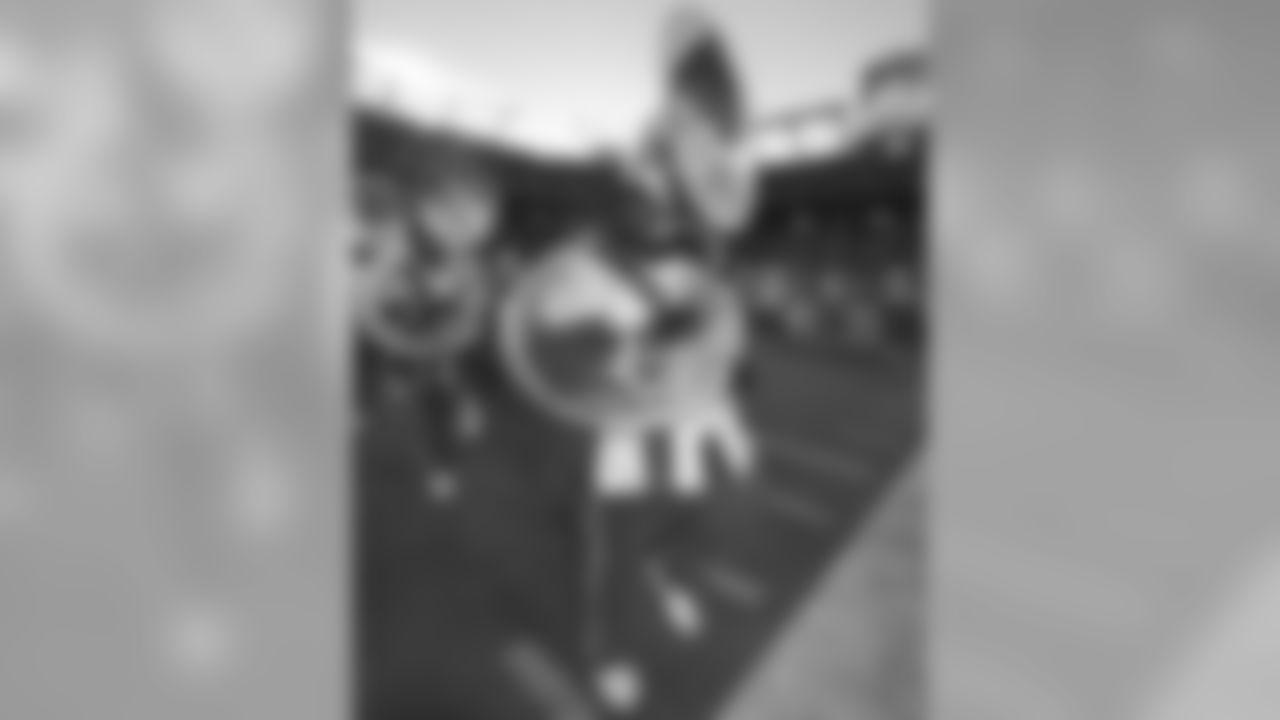
Photos from the New Orleans Saints win in Super Bowl XLIV against the Indianapolis Colts.
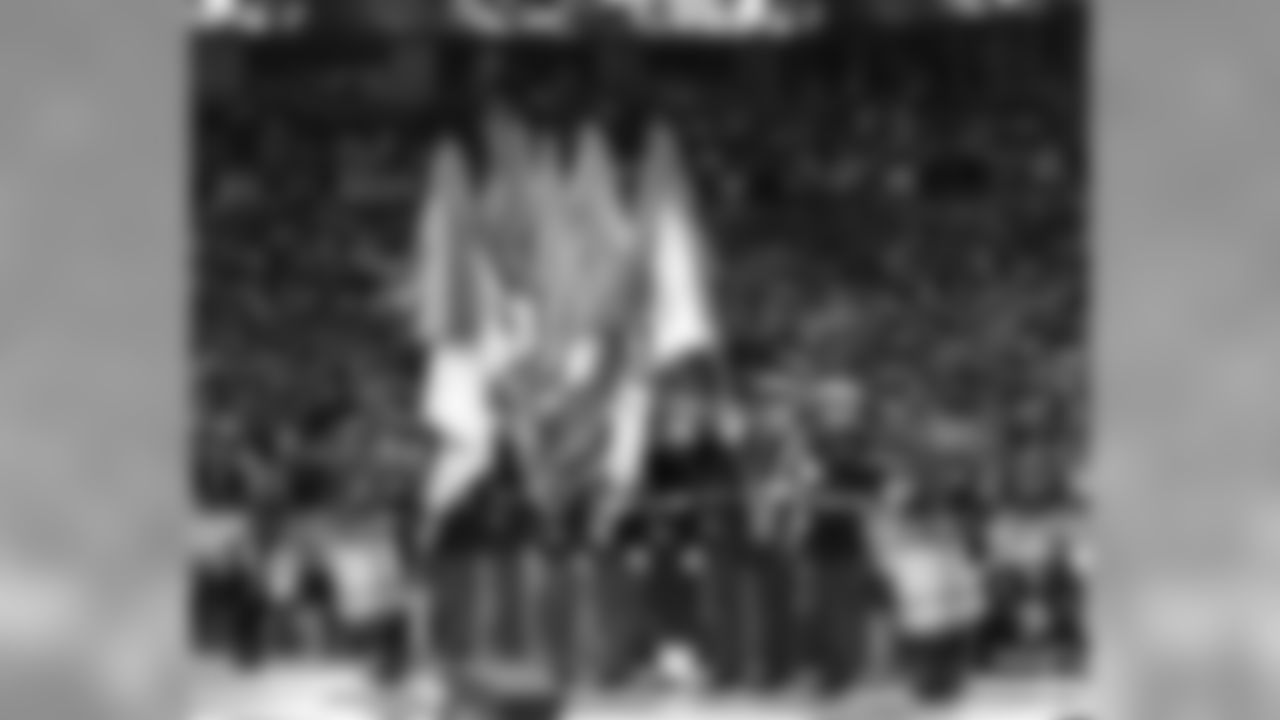
Photos from the New Orleans Saints win in Super Bowl XLIV against the Indianapolis Colts.
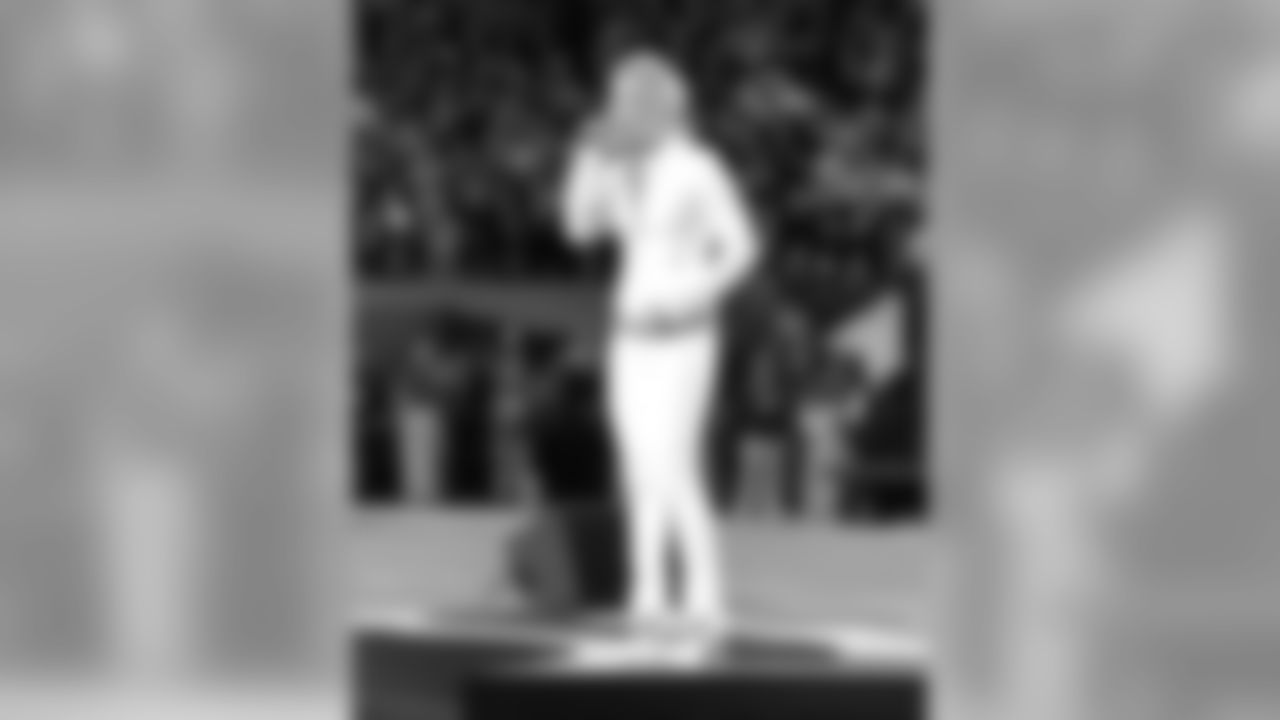
Photos from the New Orleans Saints win in Super Bowl XLIV against the Indianapolis Colts.
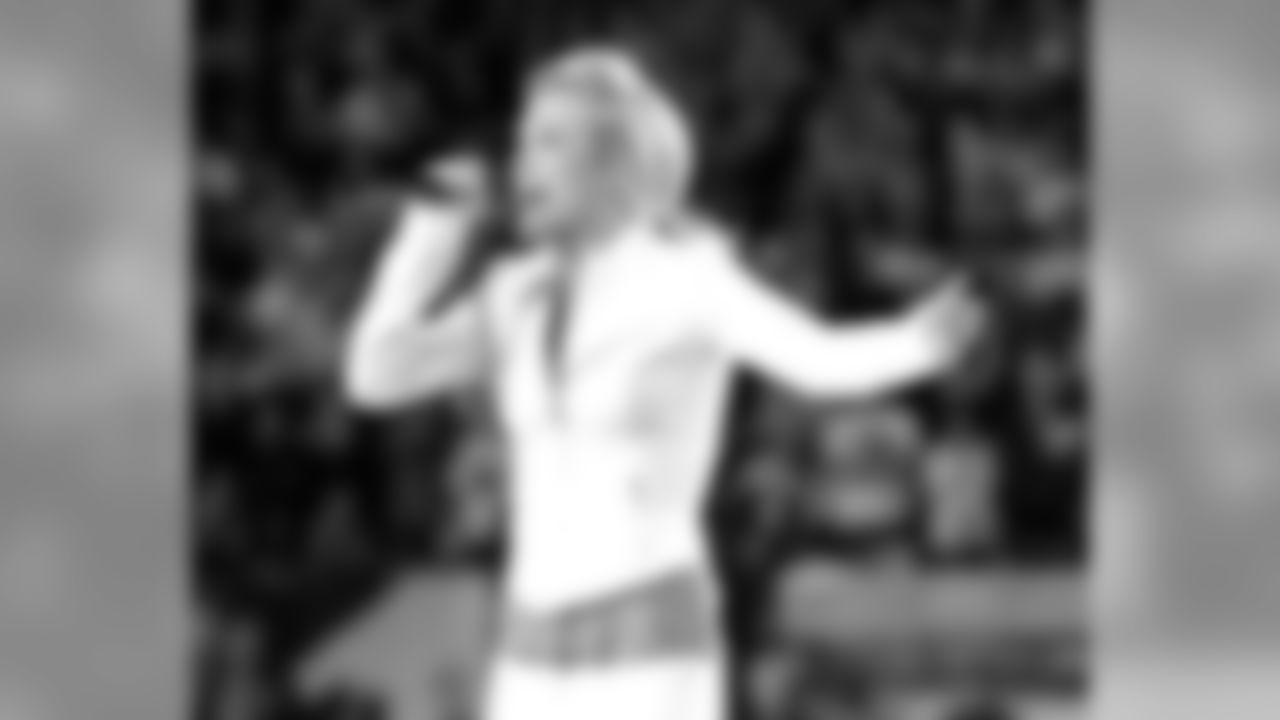
Photos from the New Orleans Saints win in Super Bowl XLIV against the Indianapolis Colts.
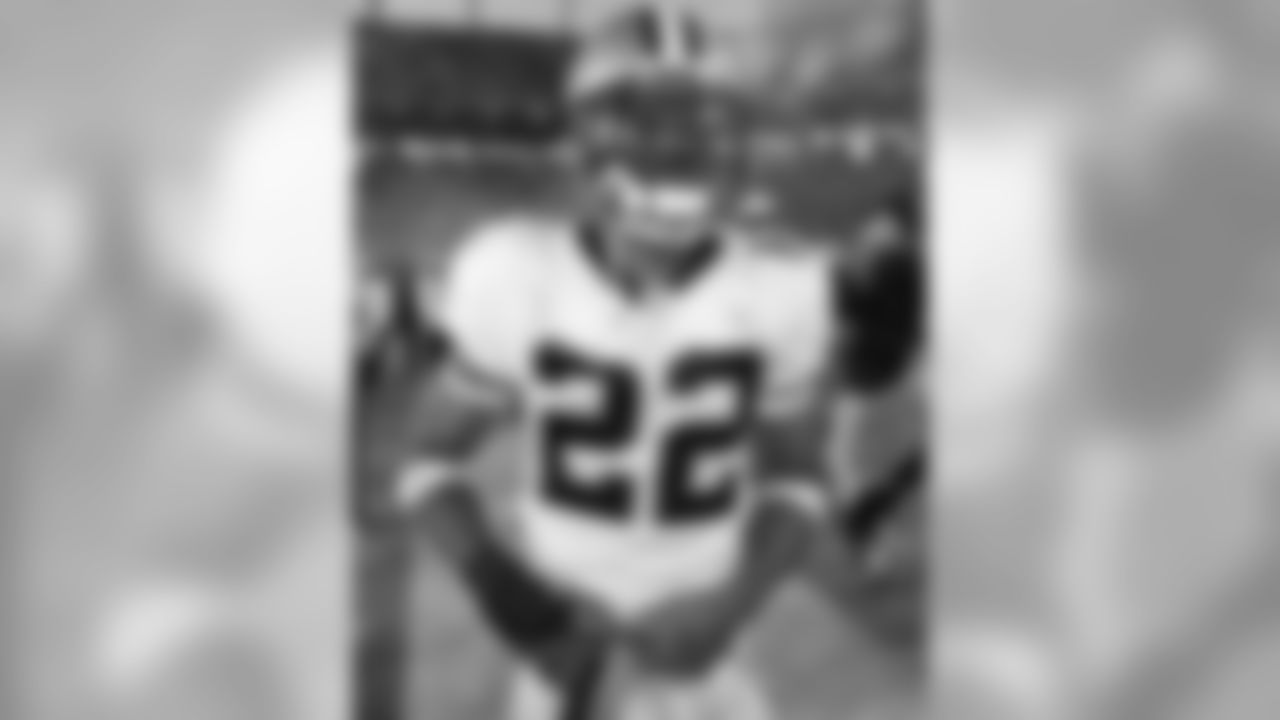
Photos from the New Orleans Saints win in Super Bowl XLIV against the Indianapolis Colts.
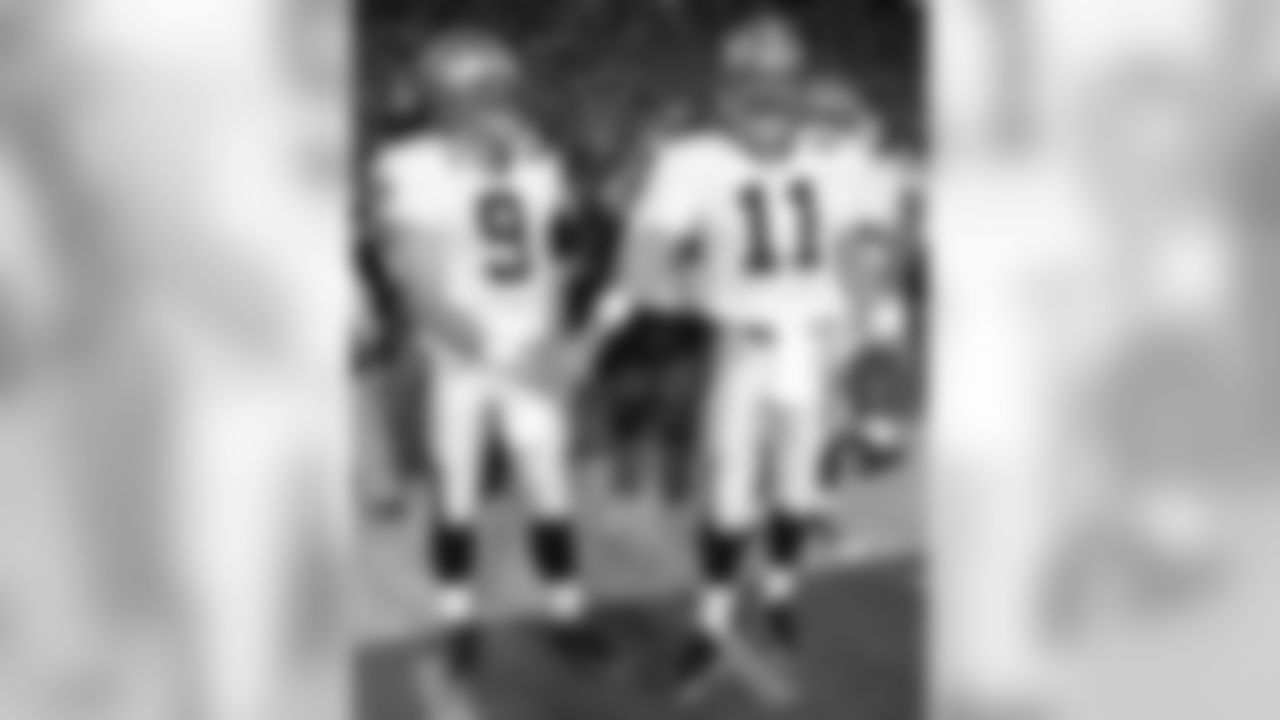
Photos from the New Orleans Saints win in Super Bowl XLIV against the Indianapolis Colts.
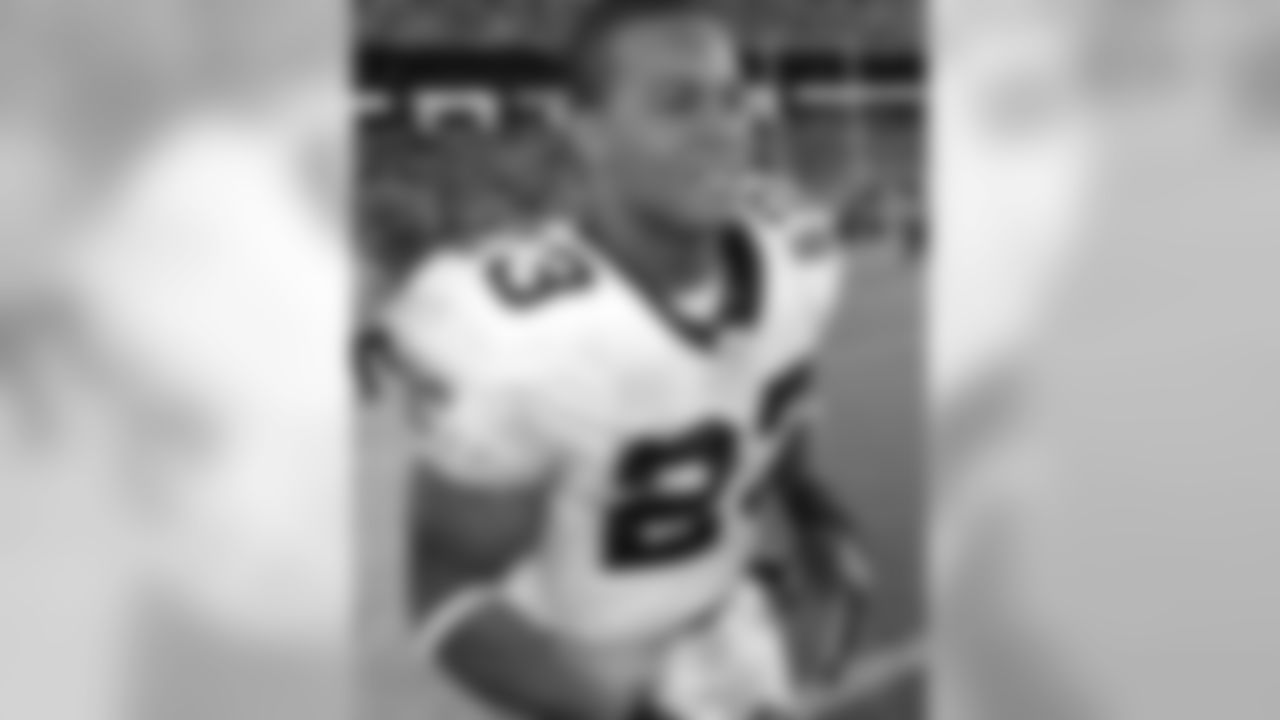
Photos from the New Orleans Saints win in Super Bowl XLIV against the Indianapolis Colts.
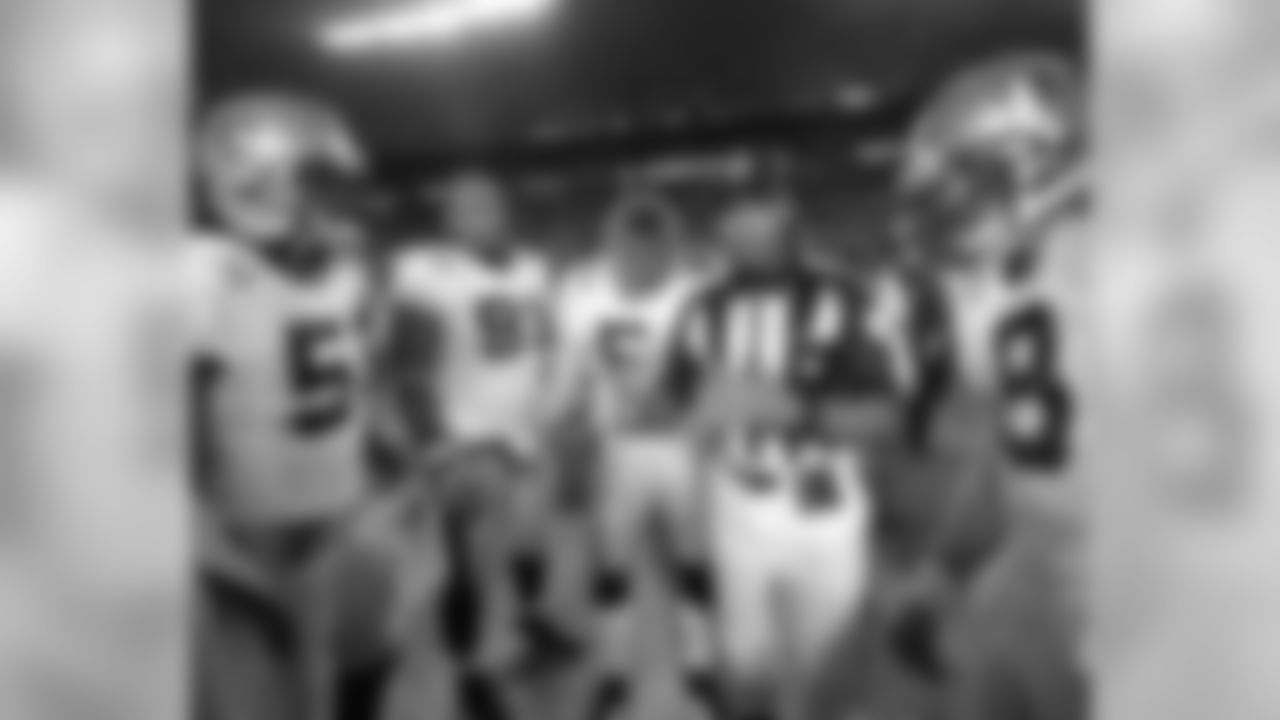
Photos from the New Orleans Saints win in Super Bowl XLIV against the Indianapolis Colts.
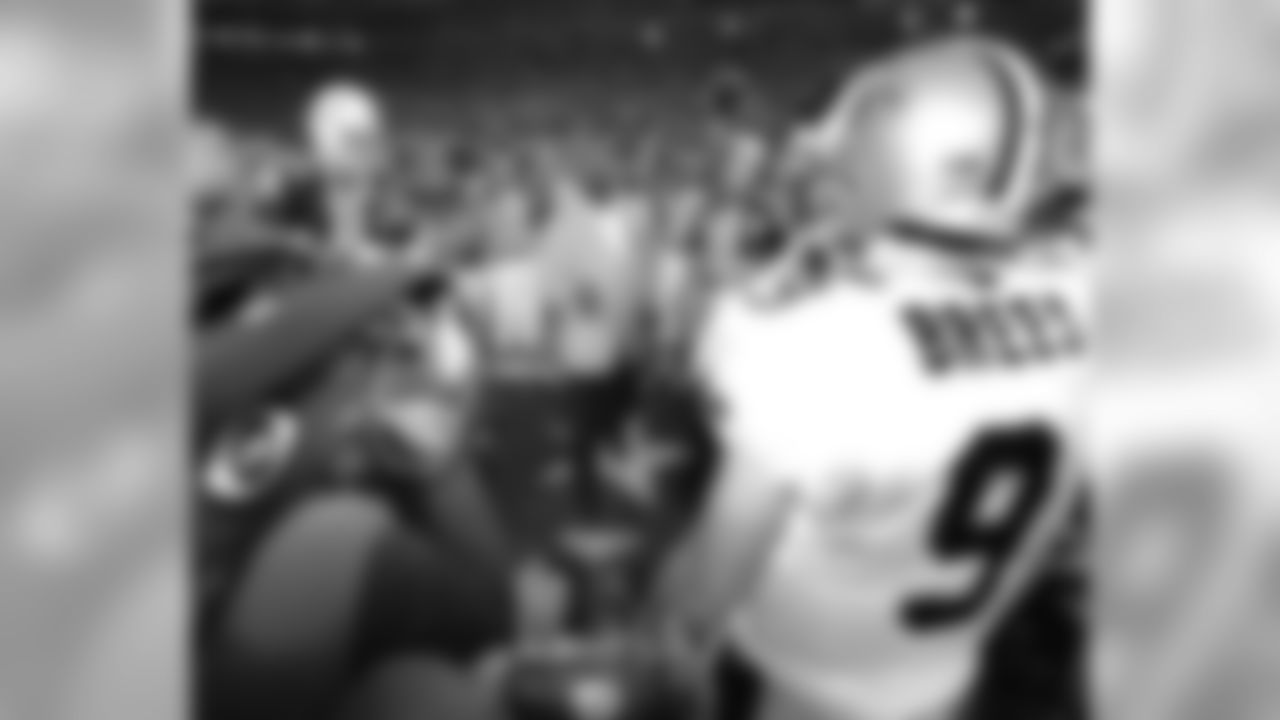
Photos from the New Orleans Saints win in Super Bowl XLIV against the Indianapolis Colts.

Photos from the New Orleans Saints win in Super Bowl XLIV against the Indianapolis Colts.
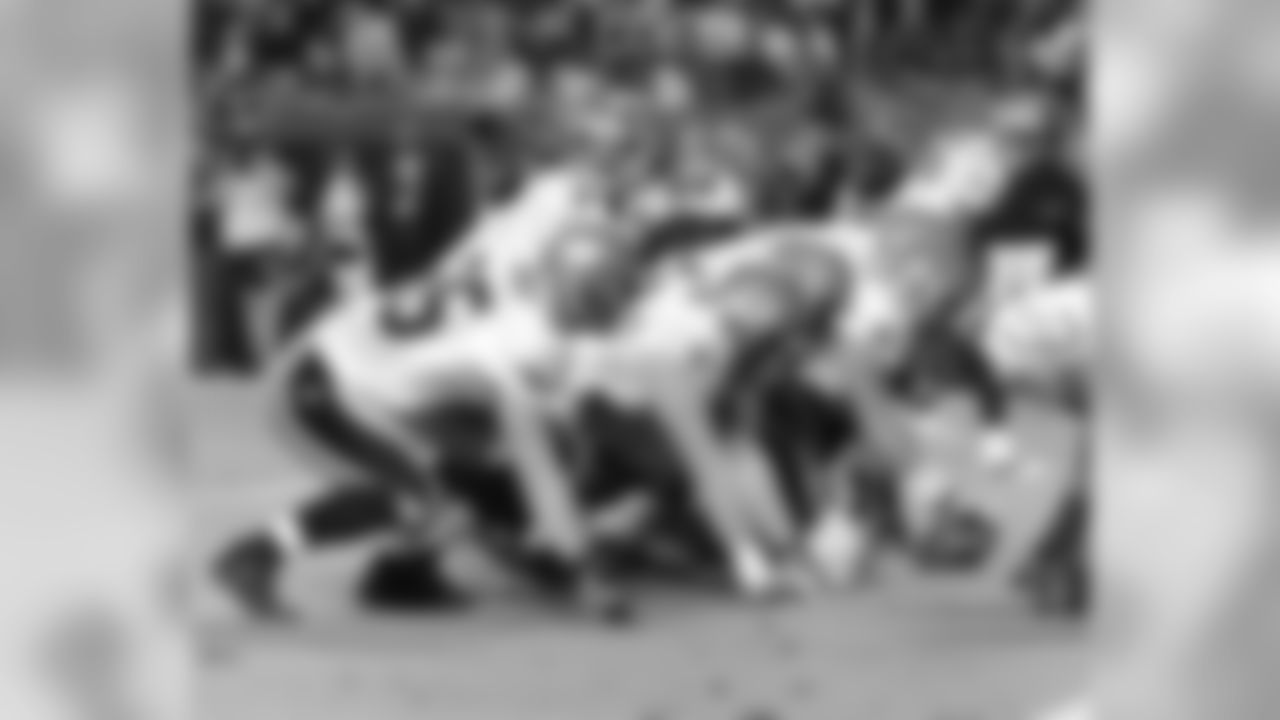
Photos from the New Orleans Saints win in Super Bowl XLIV against the Indianapolis Colts.
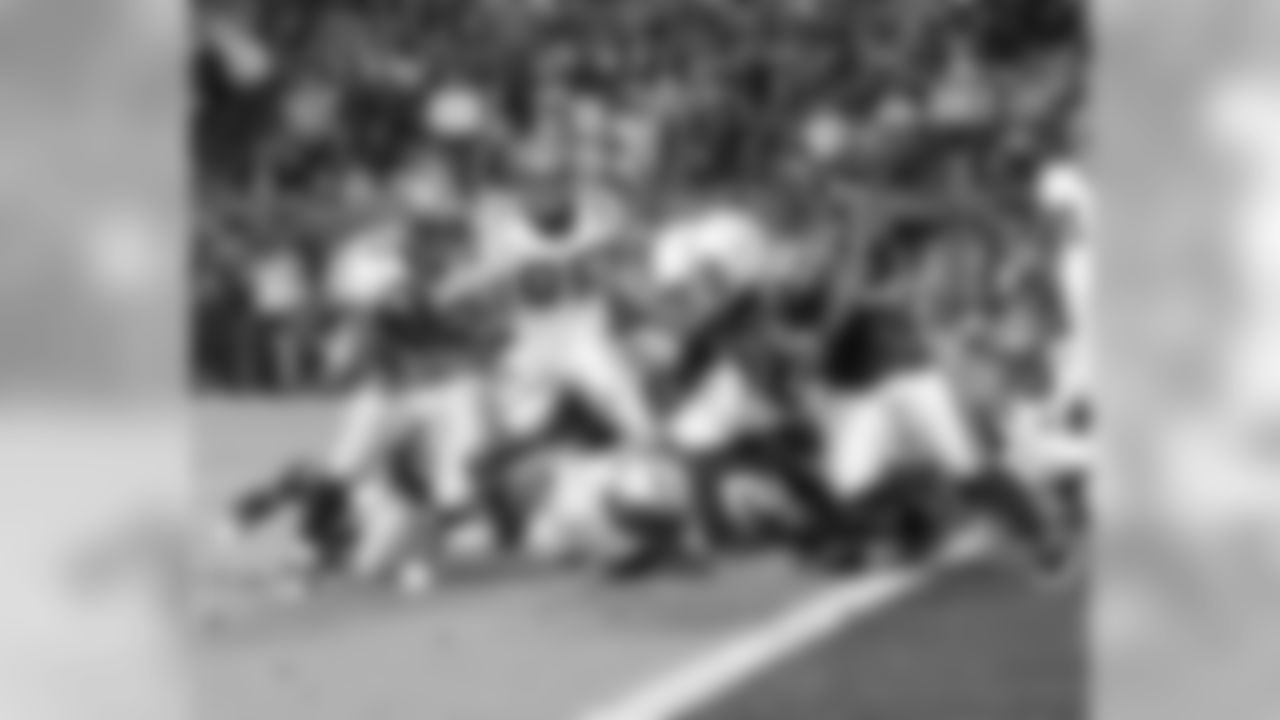
Photos from the New Orleans Saints win in Super Bowl XLIV against the Indianapolis Colts.
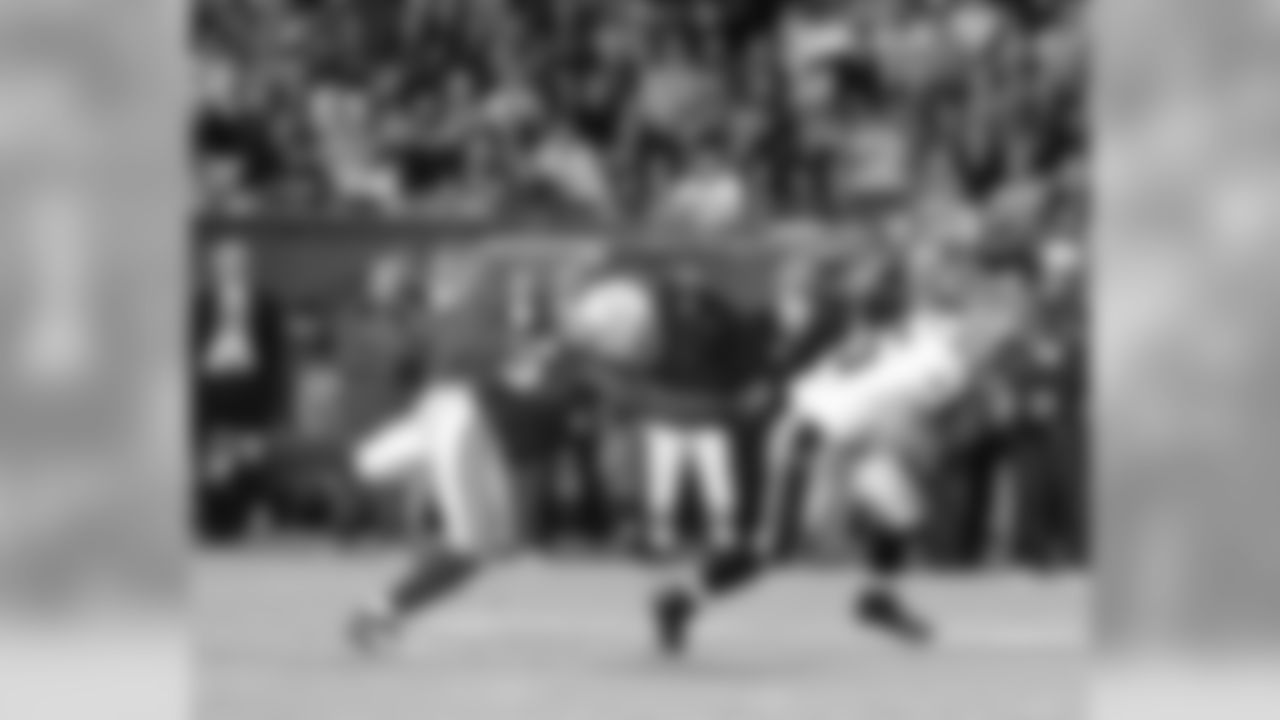
Photos from the New Orleans Saints win in Super Bowl XLIV against the Indianapolis Colts.
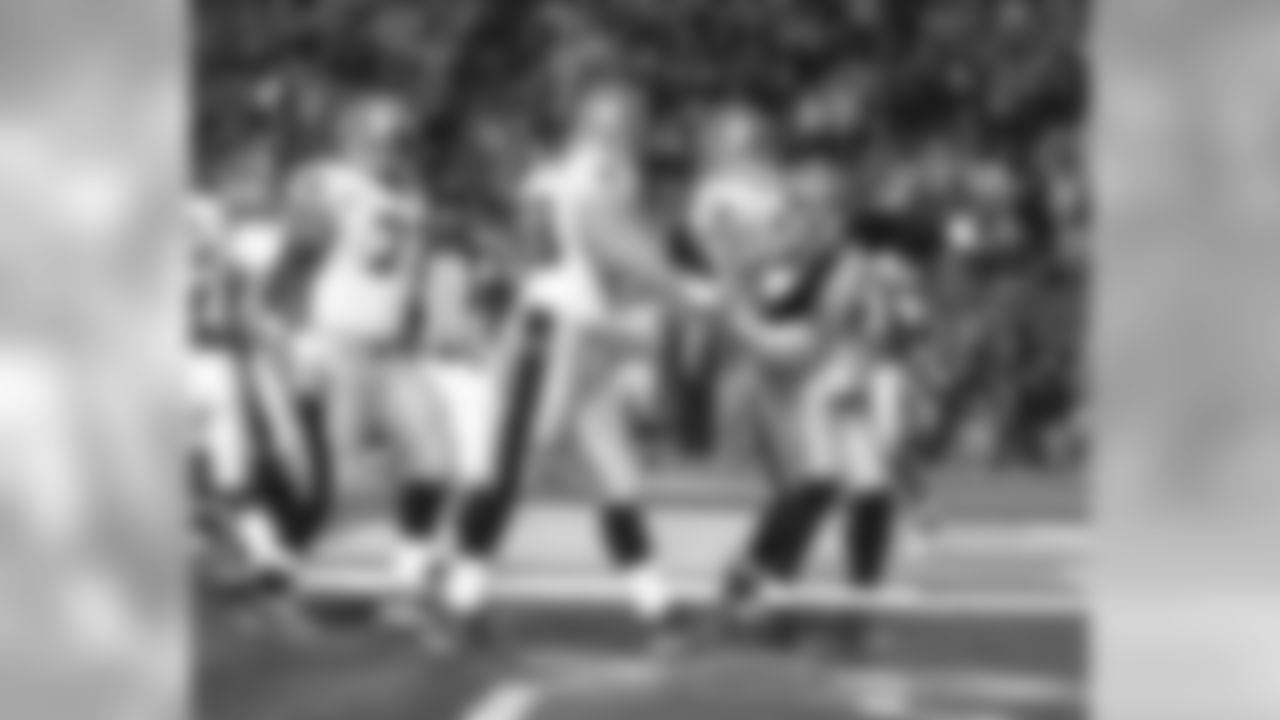
Photos from the New Orleans Saints win in Super Bowl XLIV against the Indianapolis Colts.
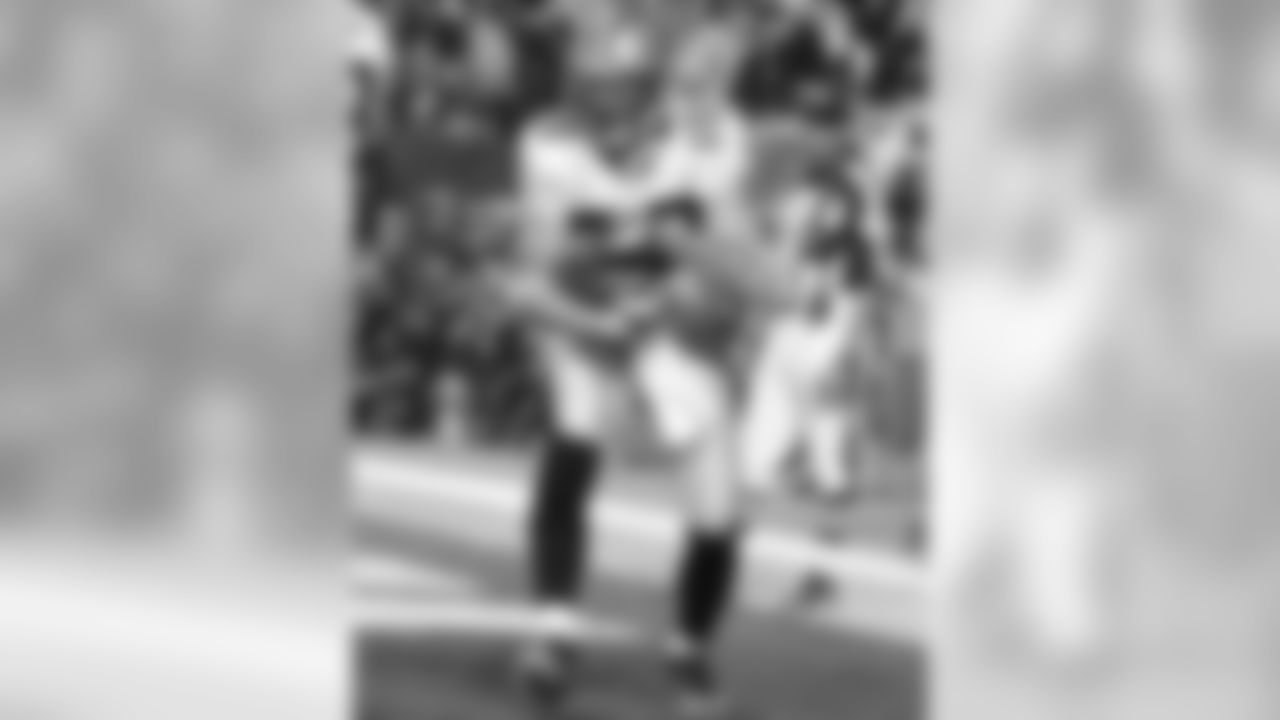
Photos from the New Orleans Saints win in Super Bowl XLIV against the Indianapolis Colts.
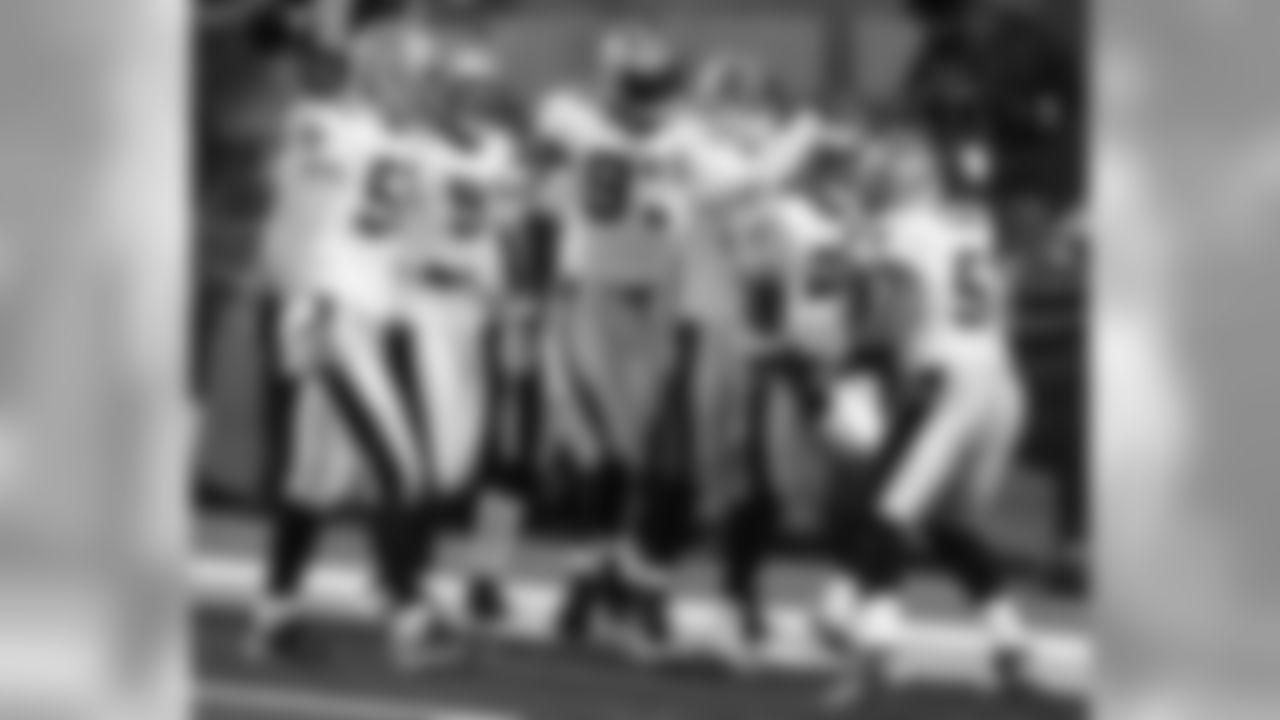
Photos from the New Orleans Saints win in Super Bowl XLIV against the Indianapolis Colts.
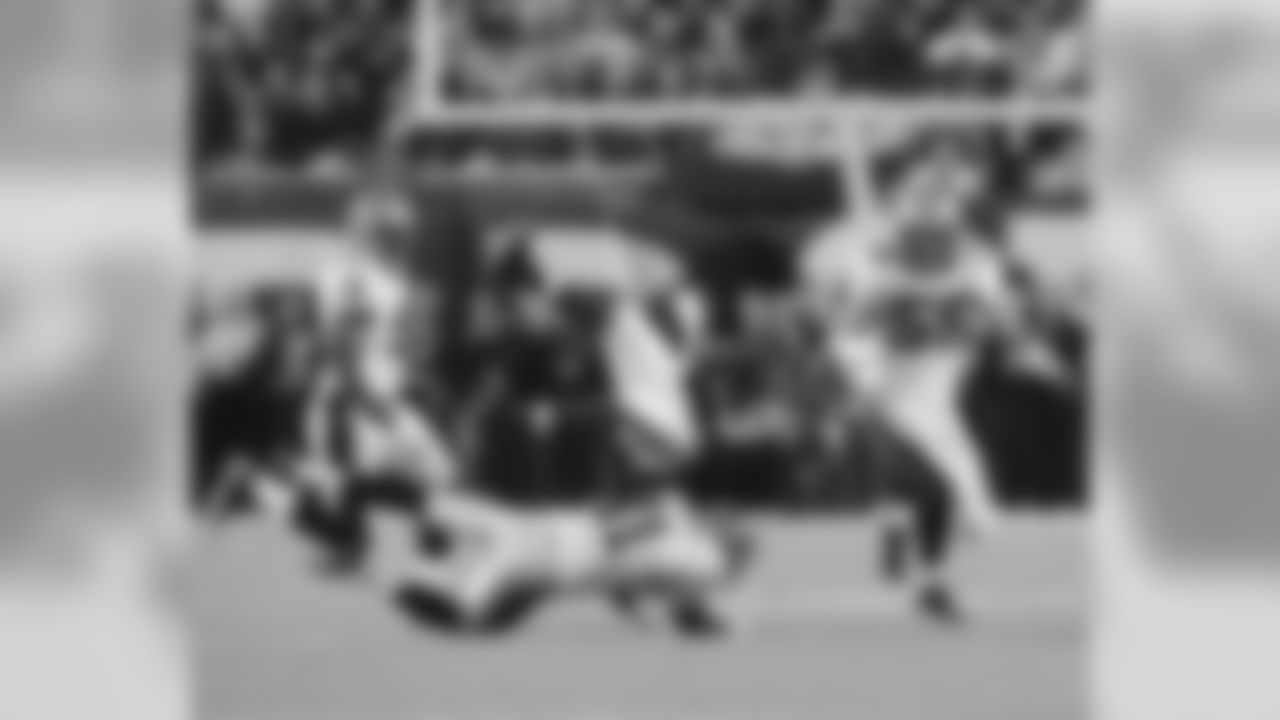
Photos from the New Orleans Saints win in Super Bowl XLIV against the Indianapolis Colts.
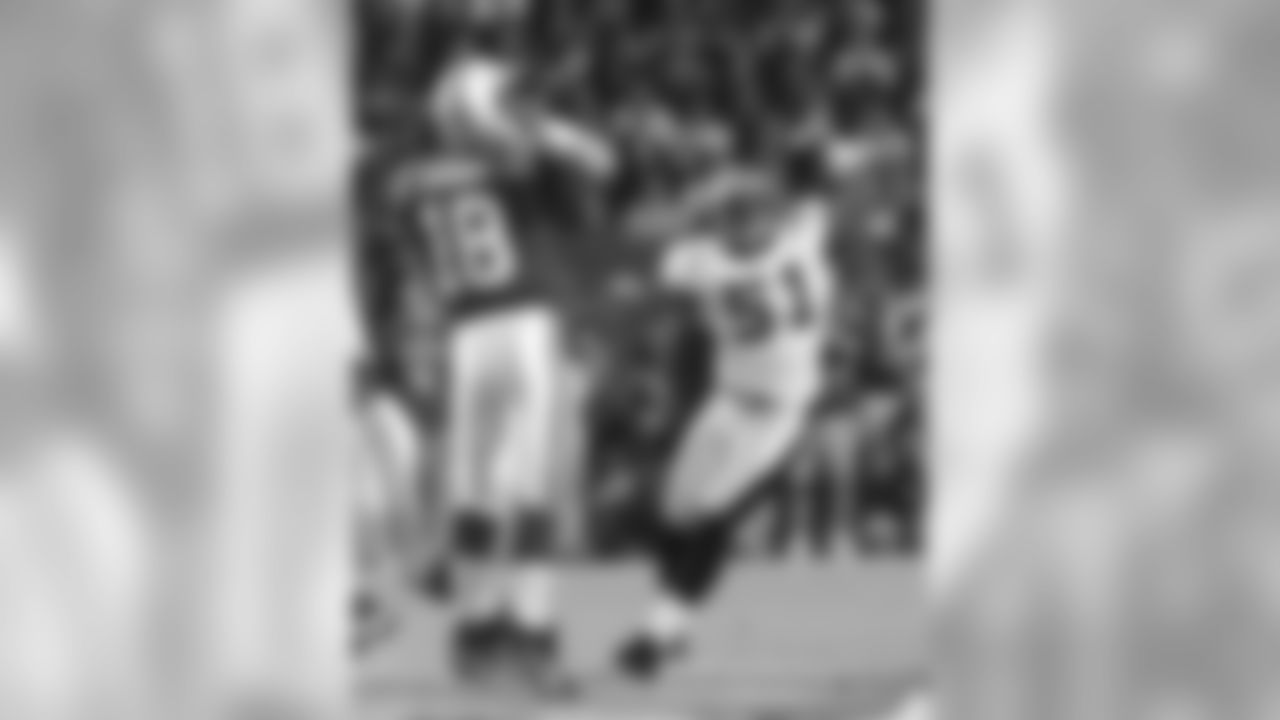
Photos from the New Orleans Saints win in Super Bowl XLIV against the Indianapolis Colts.
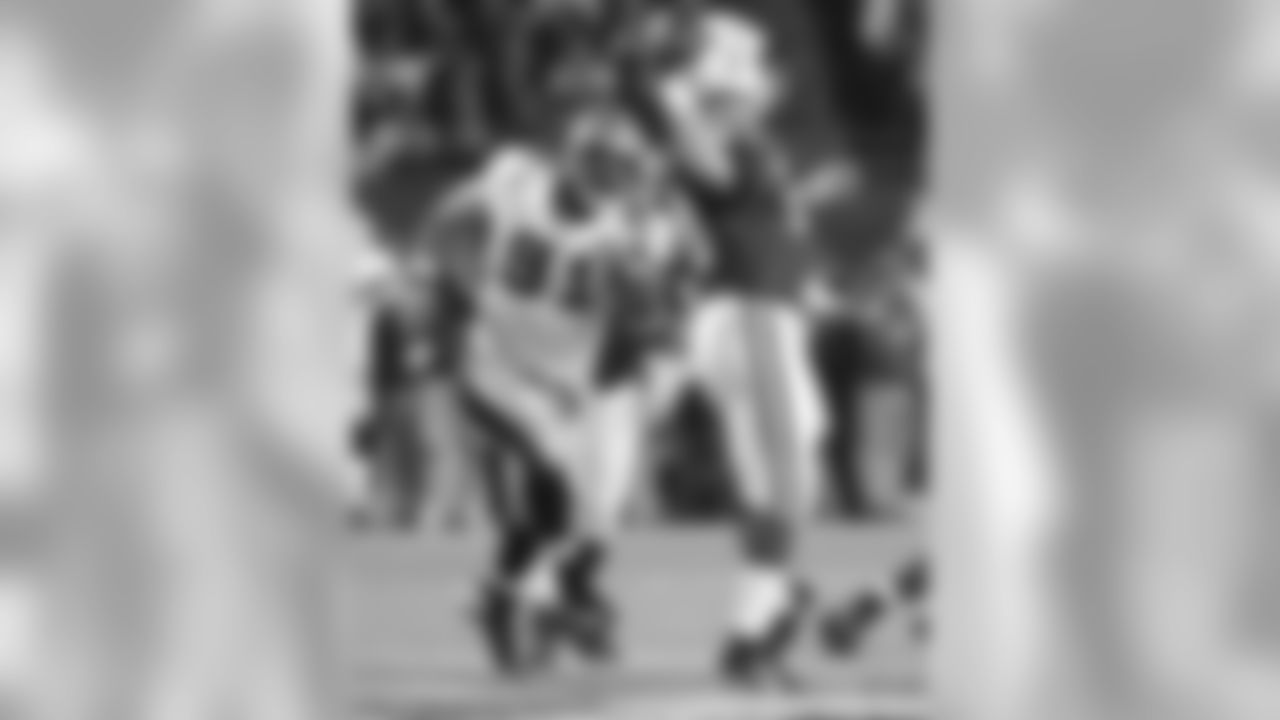
Photos from the New Orleans Saints win in Super Bowl XLIV against the Indianapolis Colts.
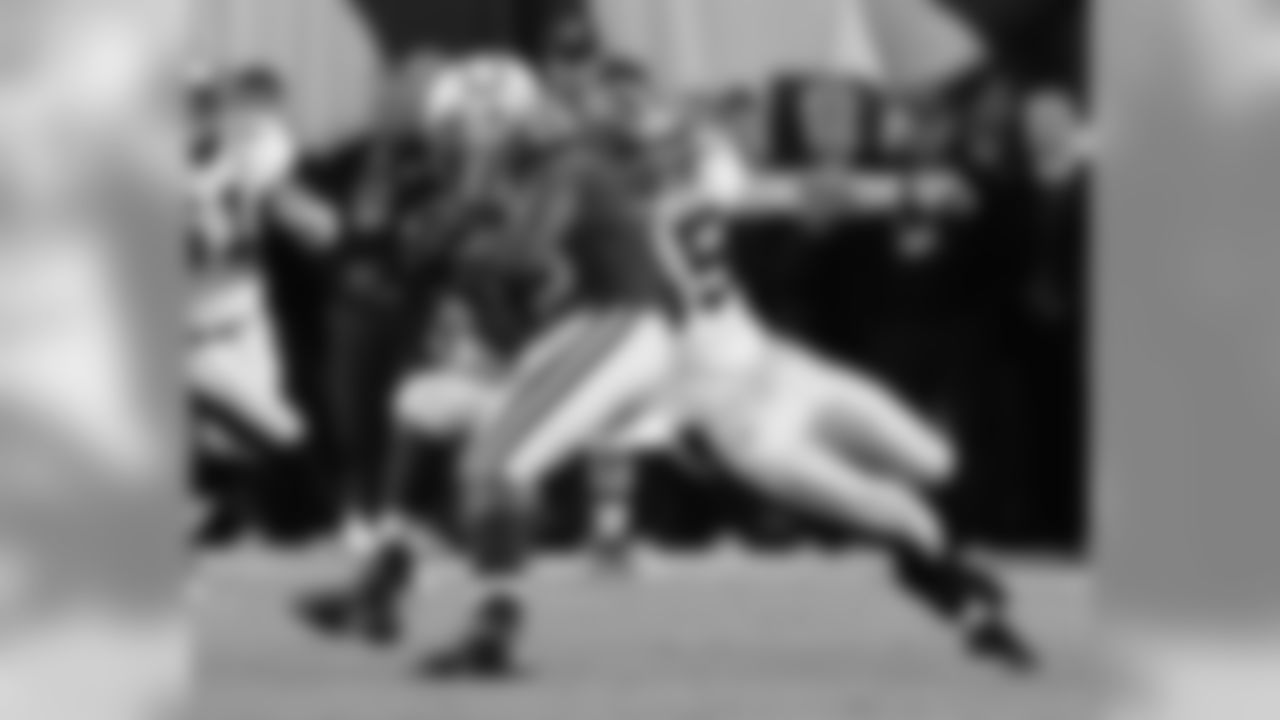
Photos from the New Orleans Saints win in Super Bowl XLIV against the Indianapolis Colts.
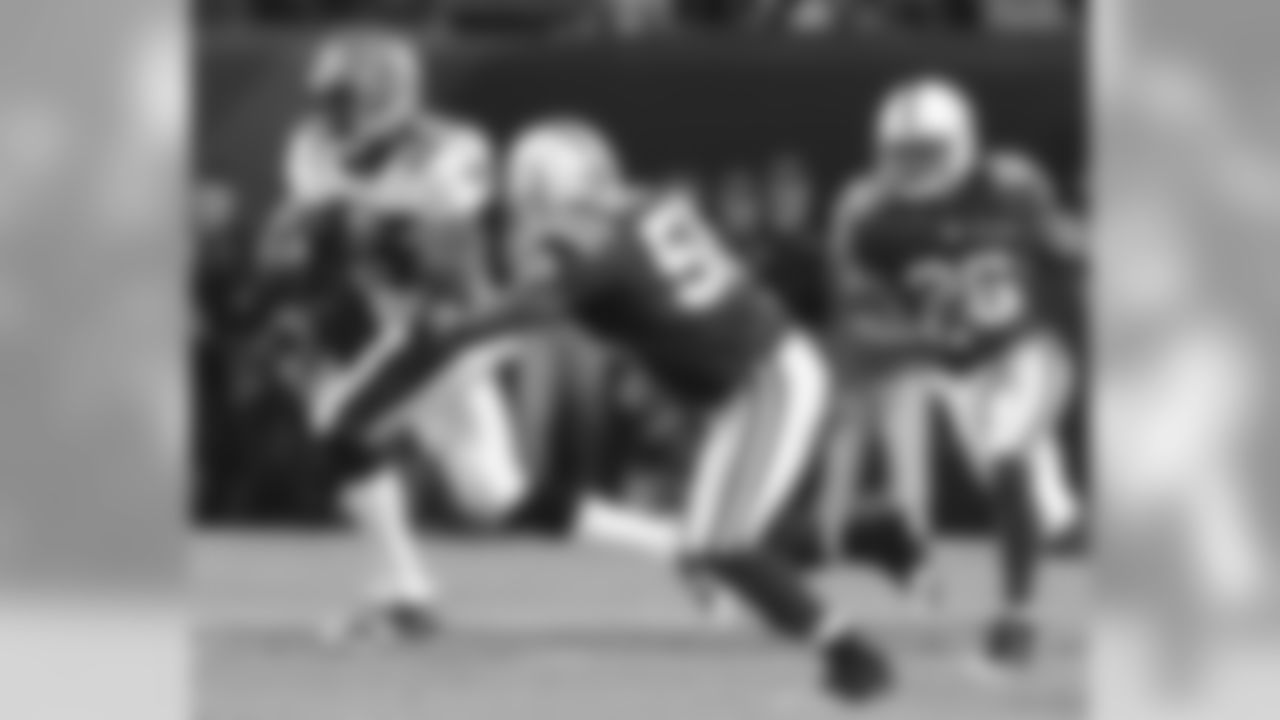
Photos from the New Orleans Saints win in Super Bowl XLIV against the Indianapolis Colts.
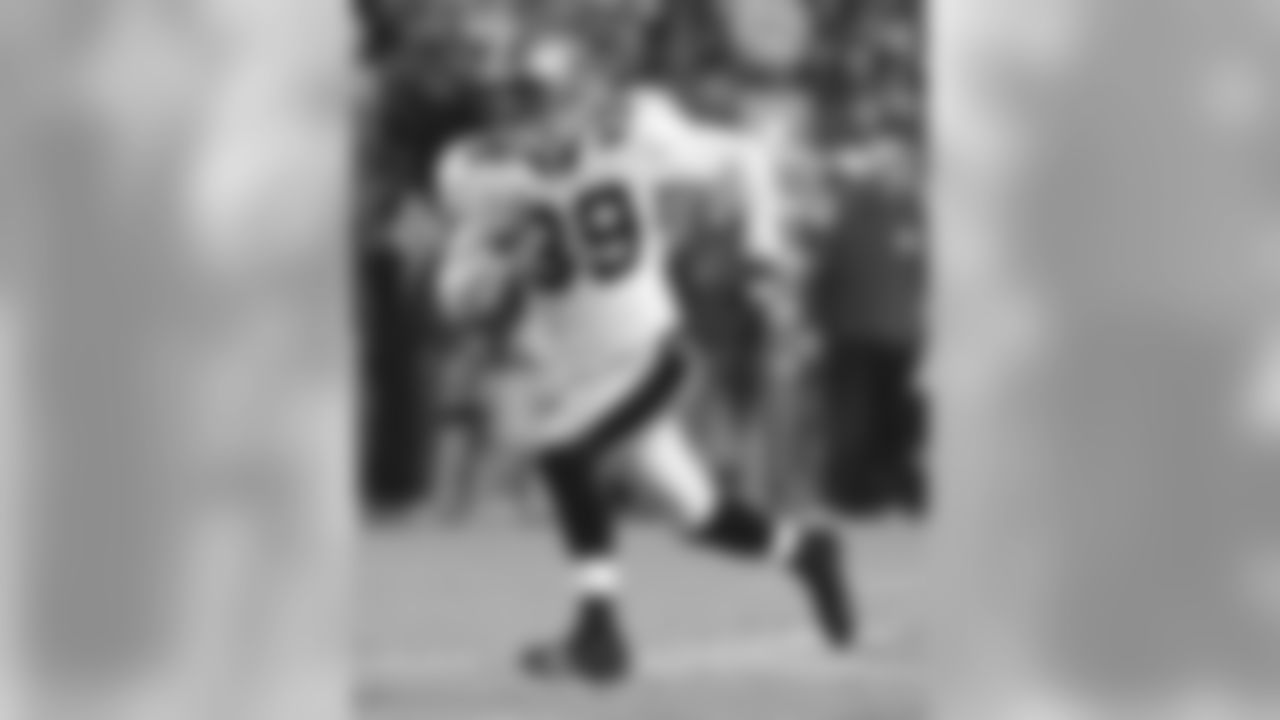
Photos from the New Orleans Saints win in Super Bowl XLIV against the Indianapolis Colts.
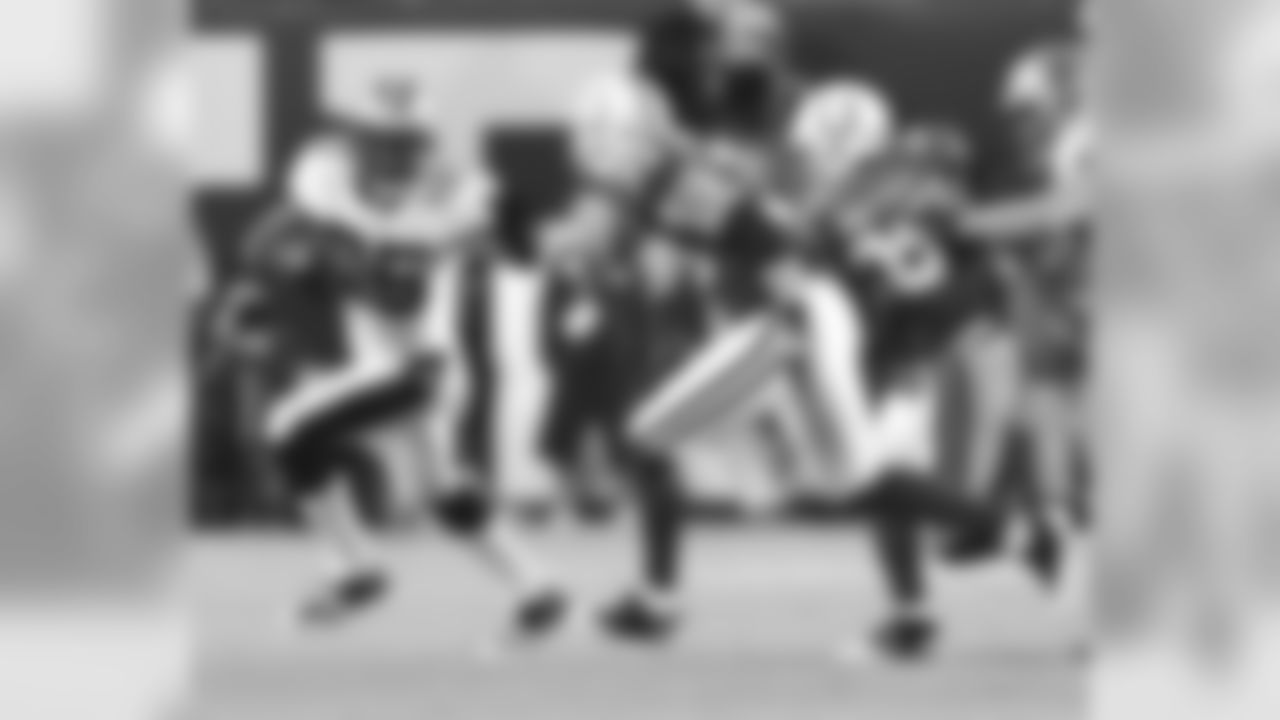
Photos from the New Orleans Saints win in Super Bowl XLIV against the Indianapolis Colts.
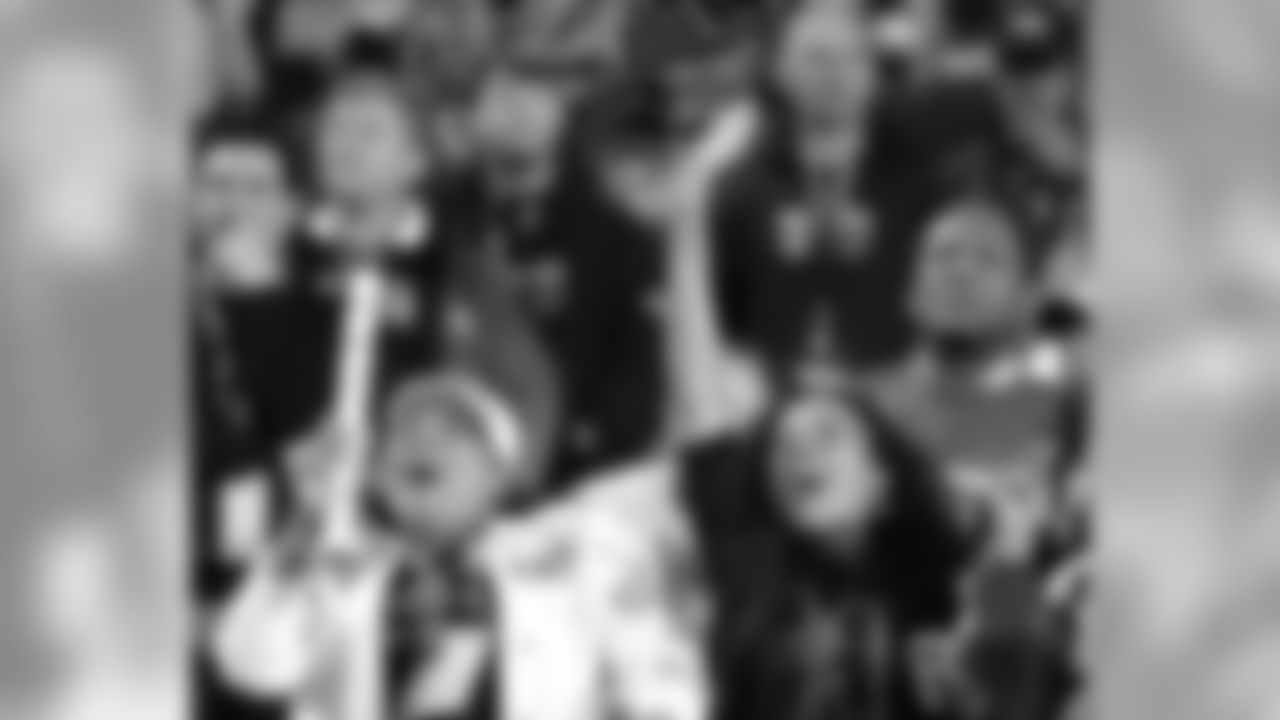
Photos from the New Orleans Saints win in Super Bowl XLIV against the Indianapolis Colts.
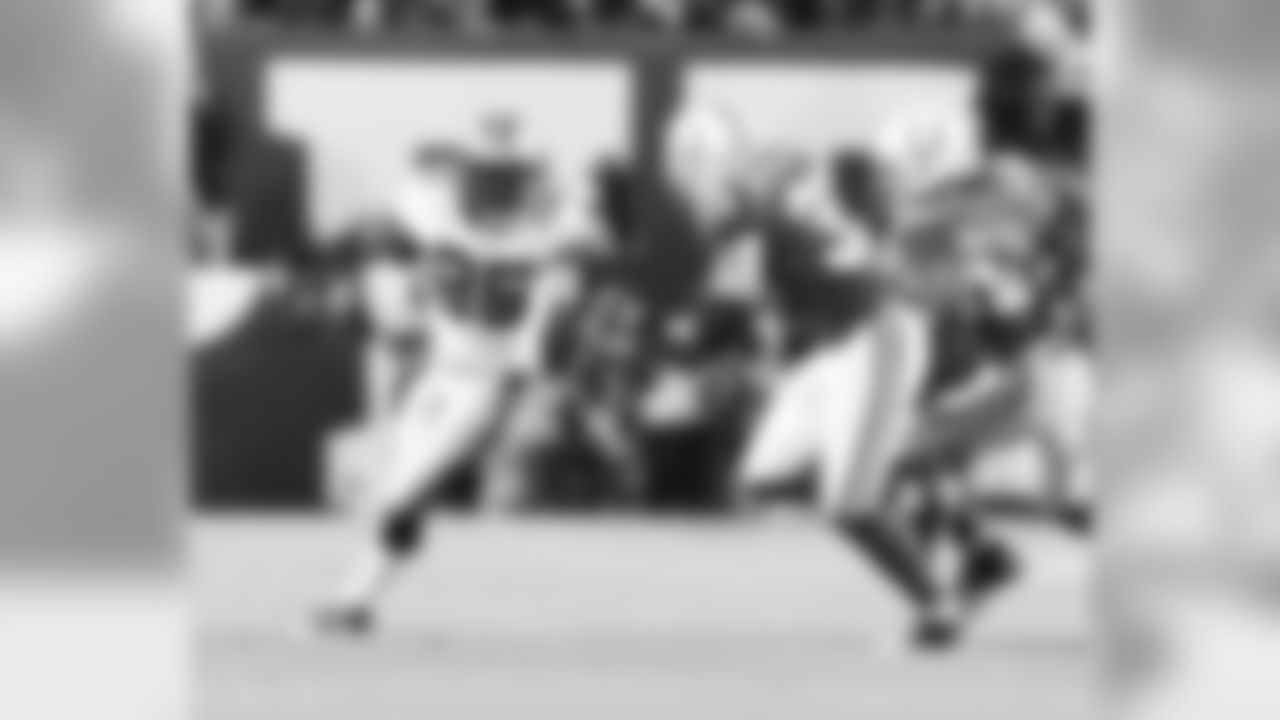
Photos from the New Orleans Saints win in Super Bowl XLIV against the Indianapolis Colts.
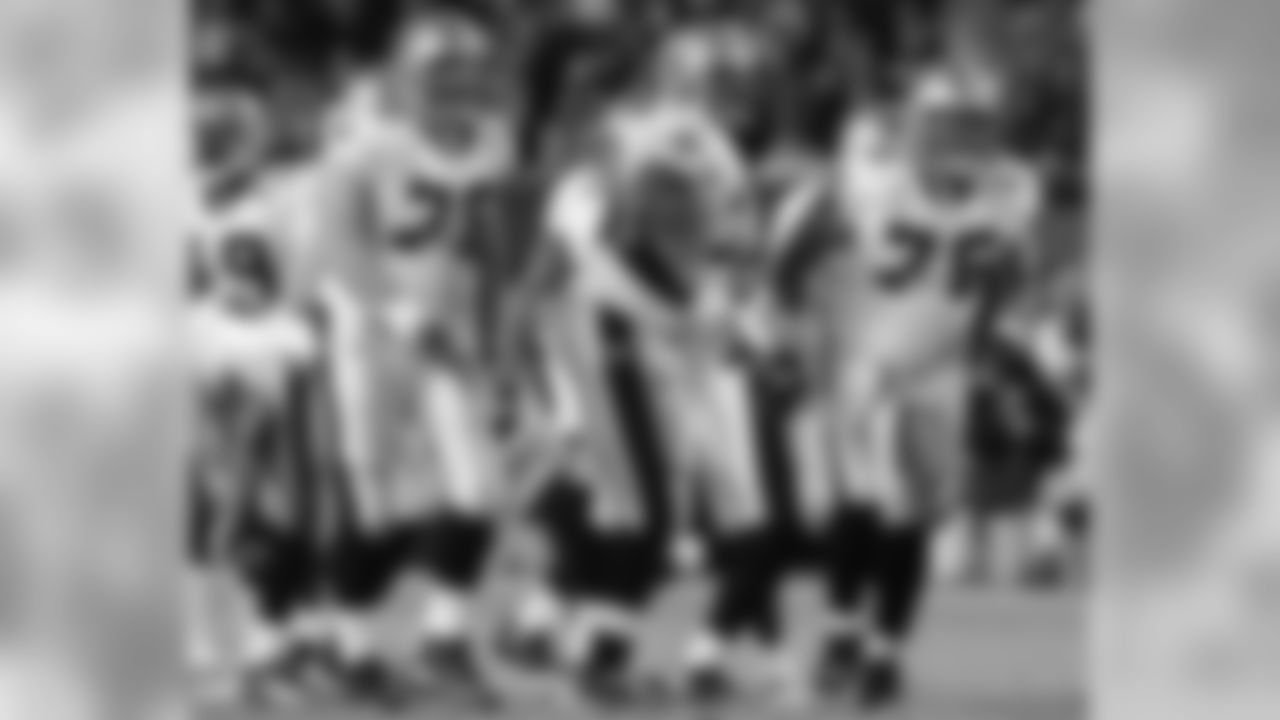
Photos from the New Orleans Saints win in Super Bowl XLIV against the Indianapolis Colts.
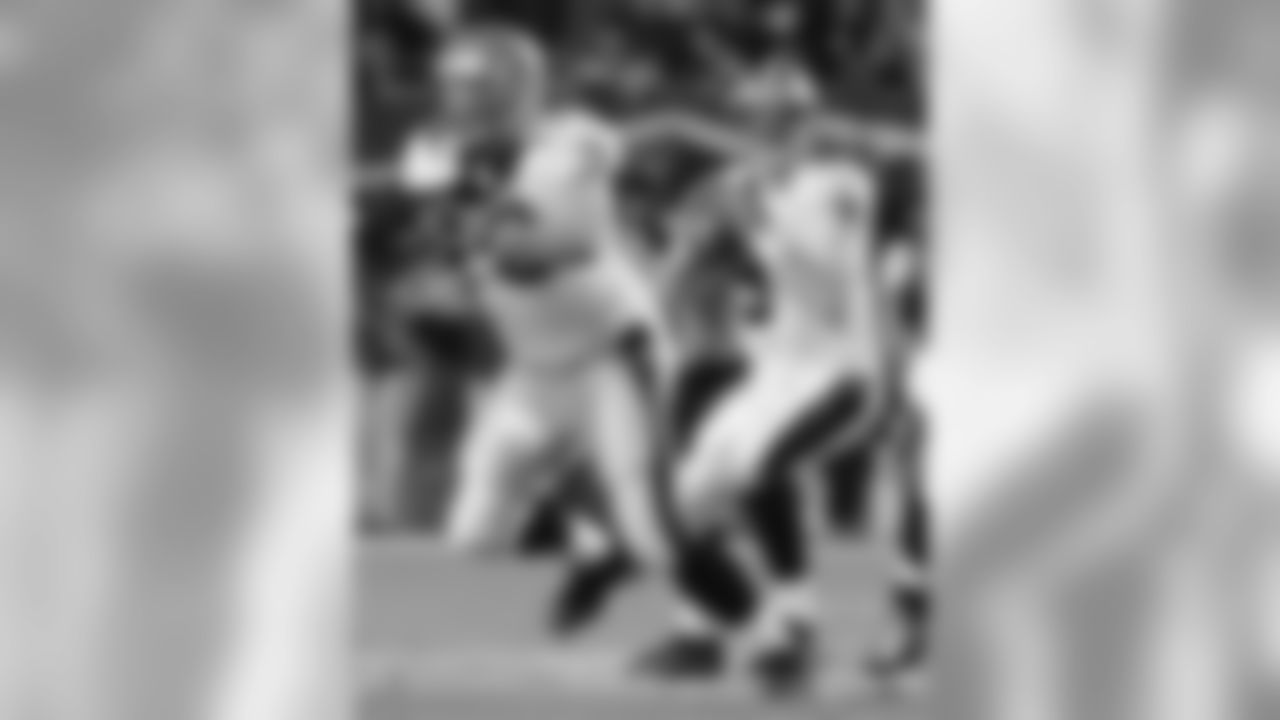
Photos from the New Orleans Saints win in Super Bowl XLIV against the Indianapolis Colts.
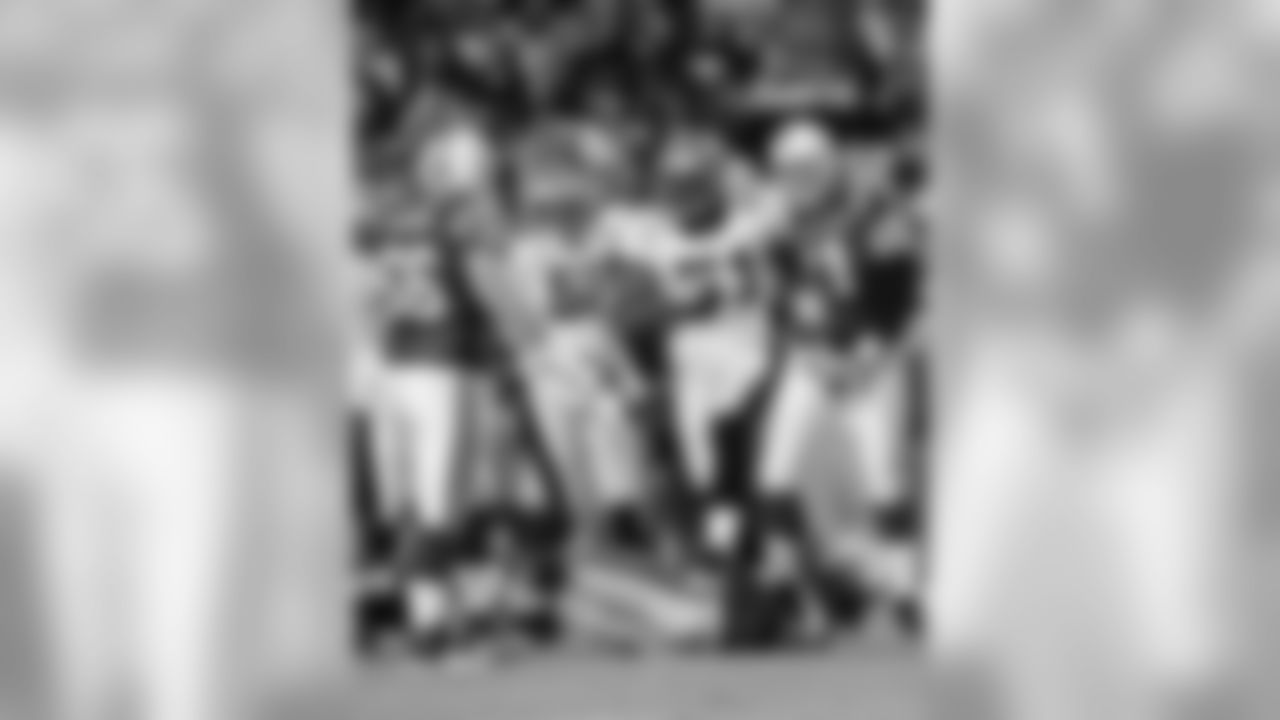
Photos from the New Orleans Saints win in Super Bowl XLIV against the Indianapolis Colts.
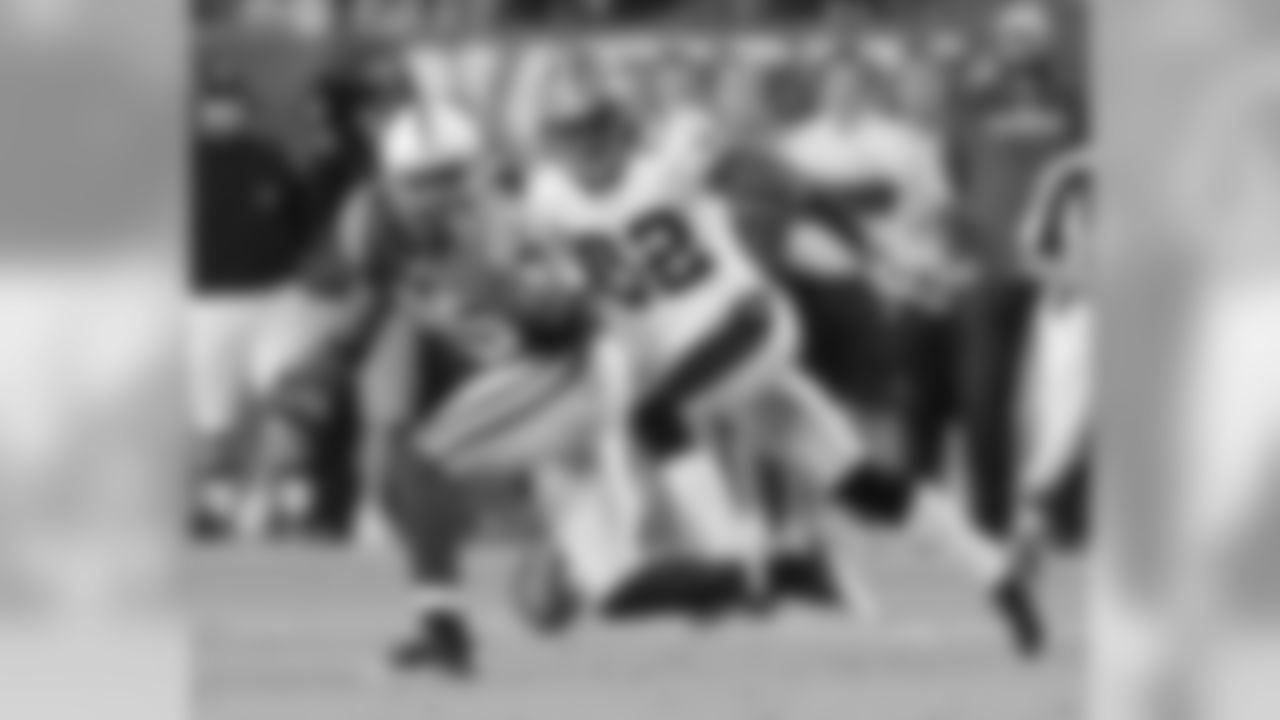
Photos from the New Orleans Saints win in Super Bowl XLIV against the Indianapolis Colts.
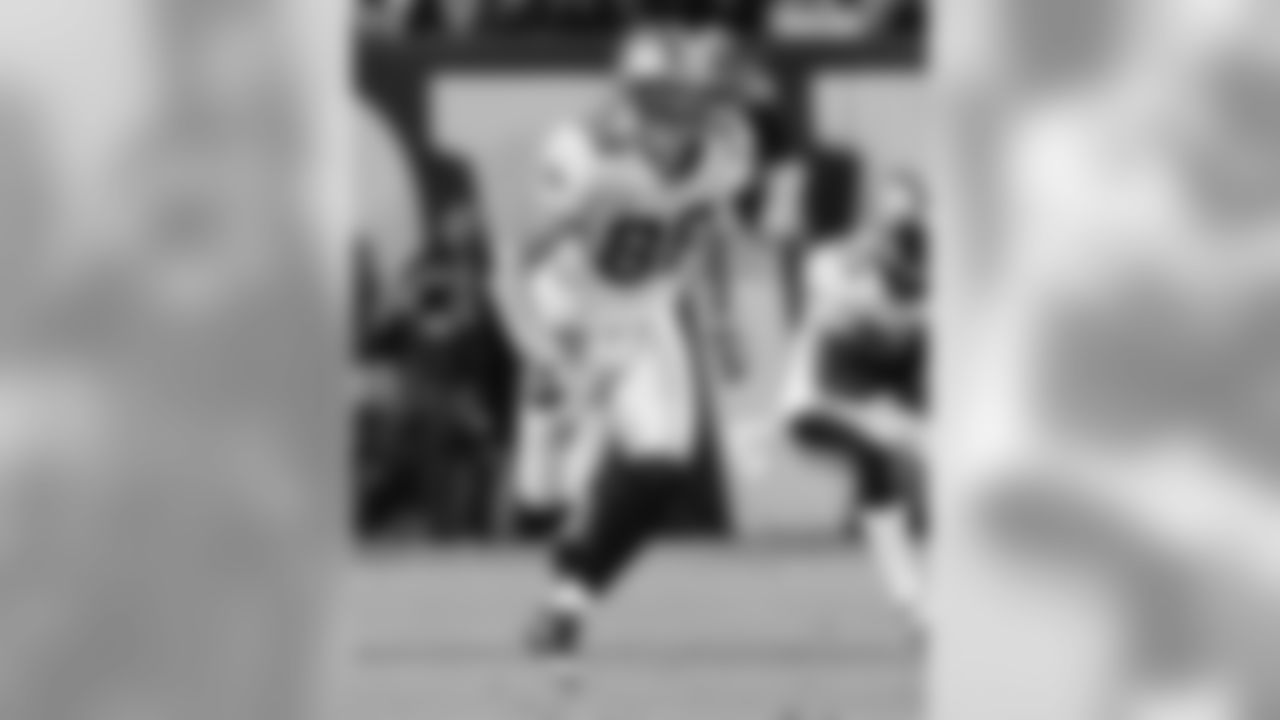
Photos from the New Orleans Saints win in Super Bowl XLIV against the Indianapolis Colts.
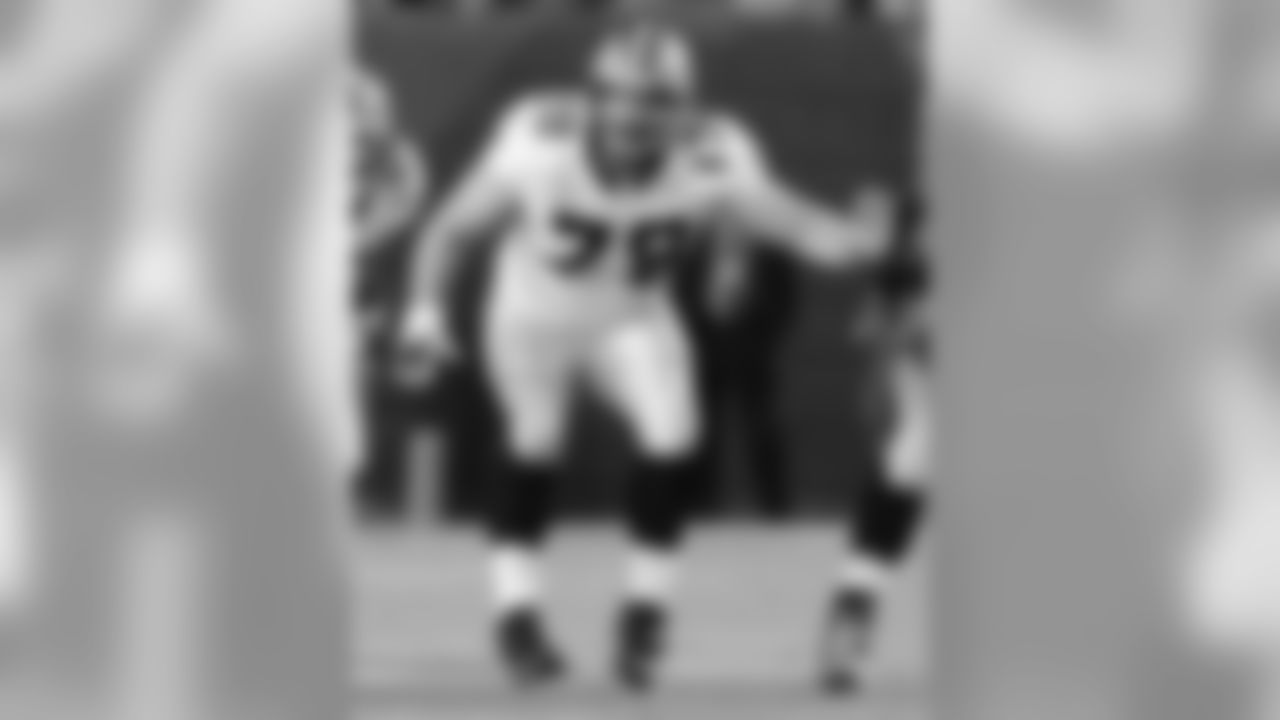
Photos from the New Orleans Saints win in Super Bowl XLIV against the Indianapolis Colts.
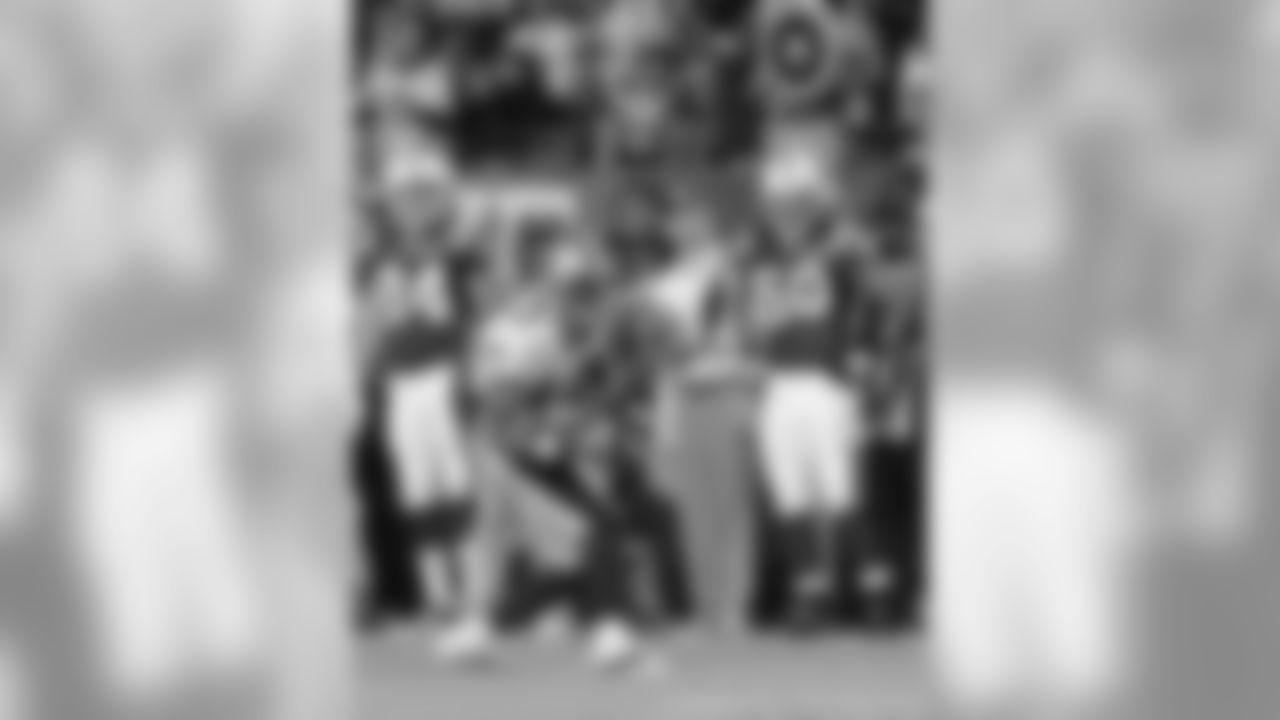
Photos from the New Orleans Saints win in Super Bowl XLIV against the Indianapolis Colts.
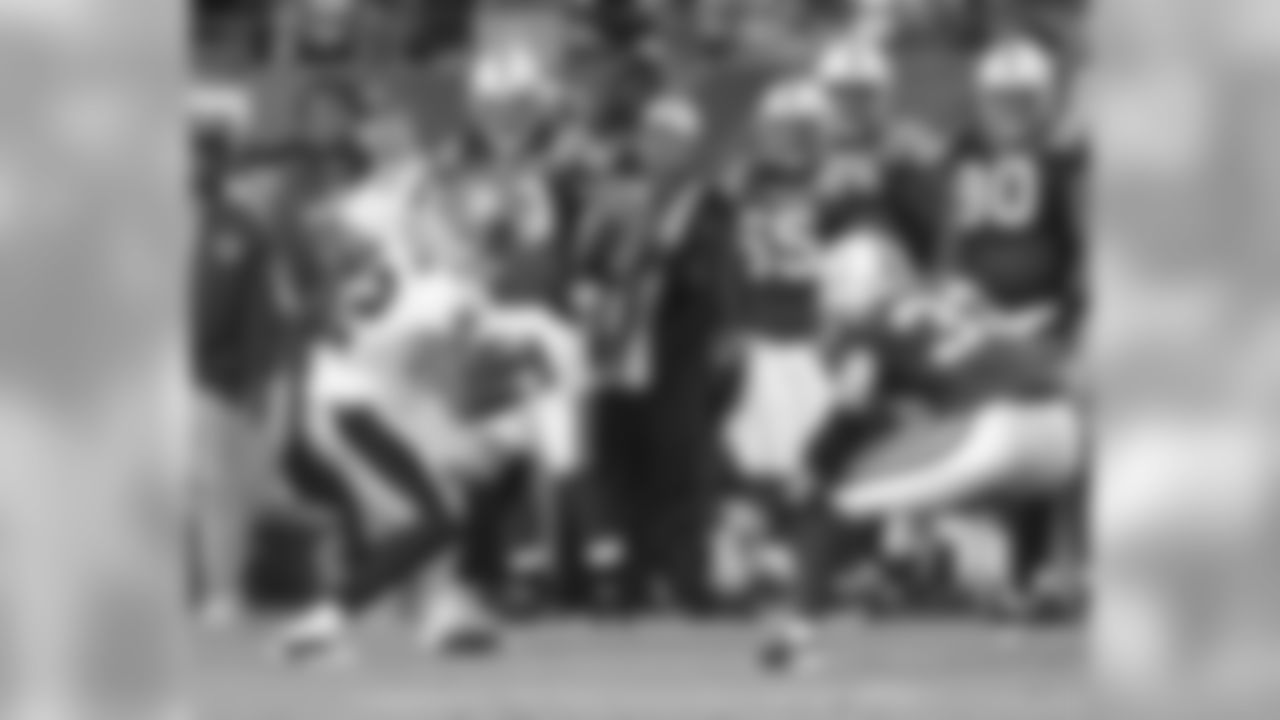
Photos from the New Orleans Saints win in Super Bowl XLIV against the Indianapolis Colts.
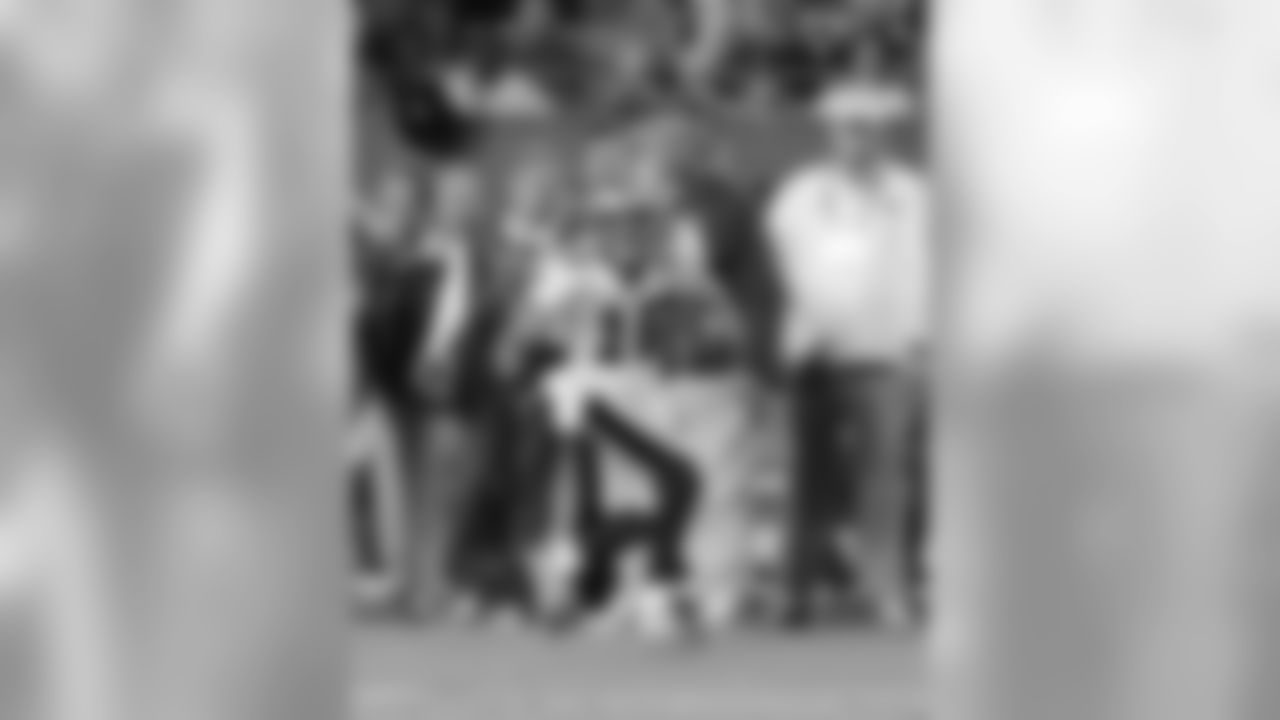
Photos from the New Orleans Saints win in Super Bowl XLIV against the Indianapolis Colts.
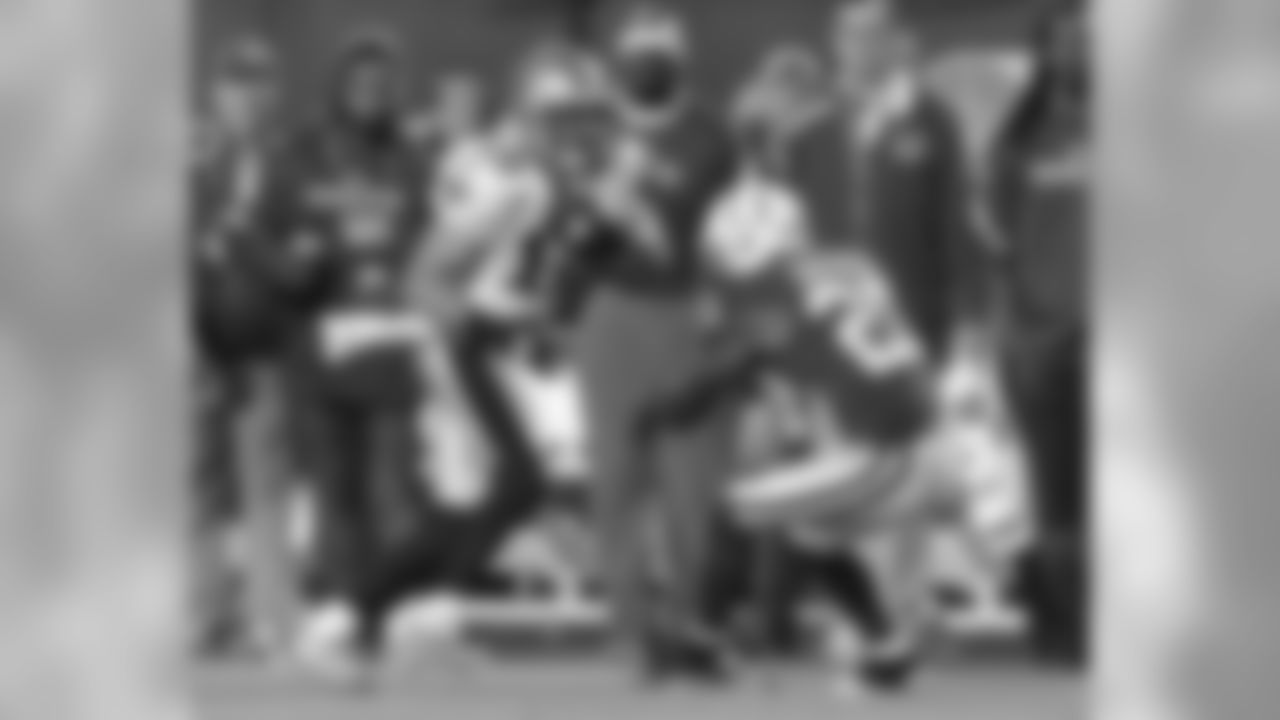
Photos from the New Orleans Saints win in Super Bowl XLIV against the Indianapolis Colts.
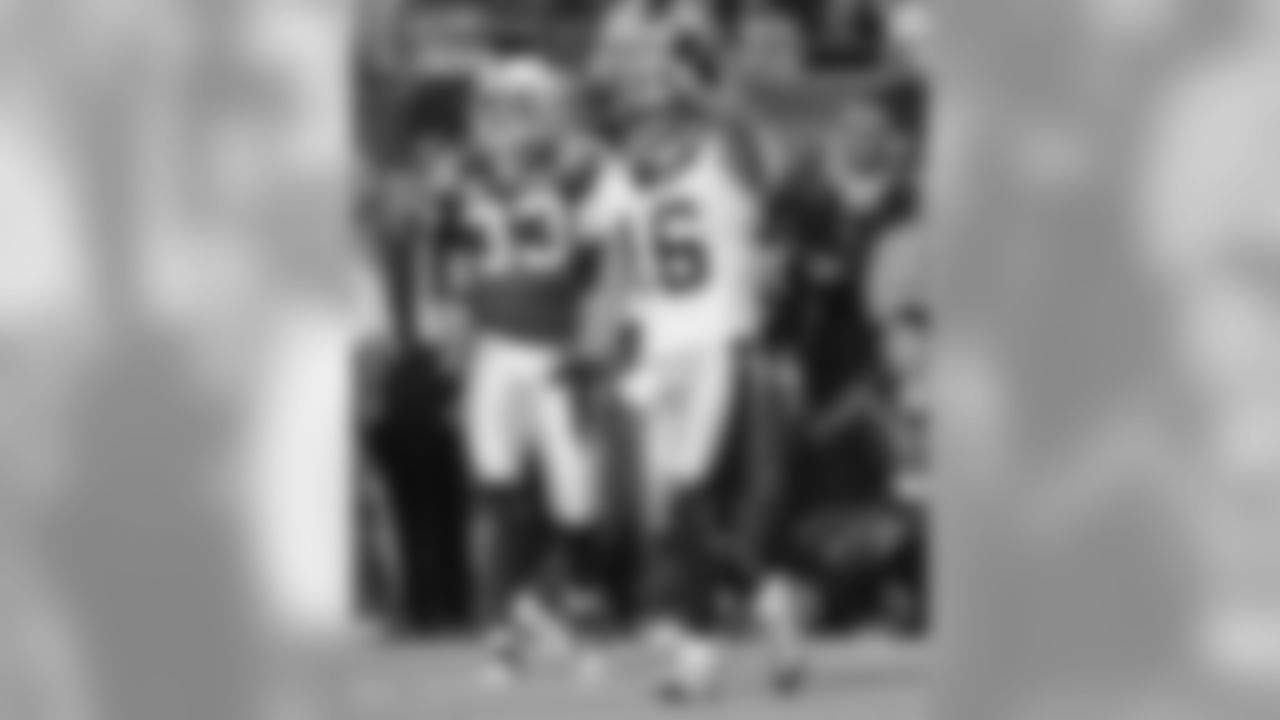
Photos from the New Orleans Saints win in Super Bowl XLIV against the Indianapolis Colts.
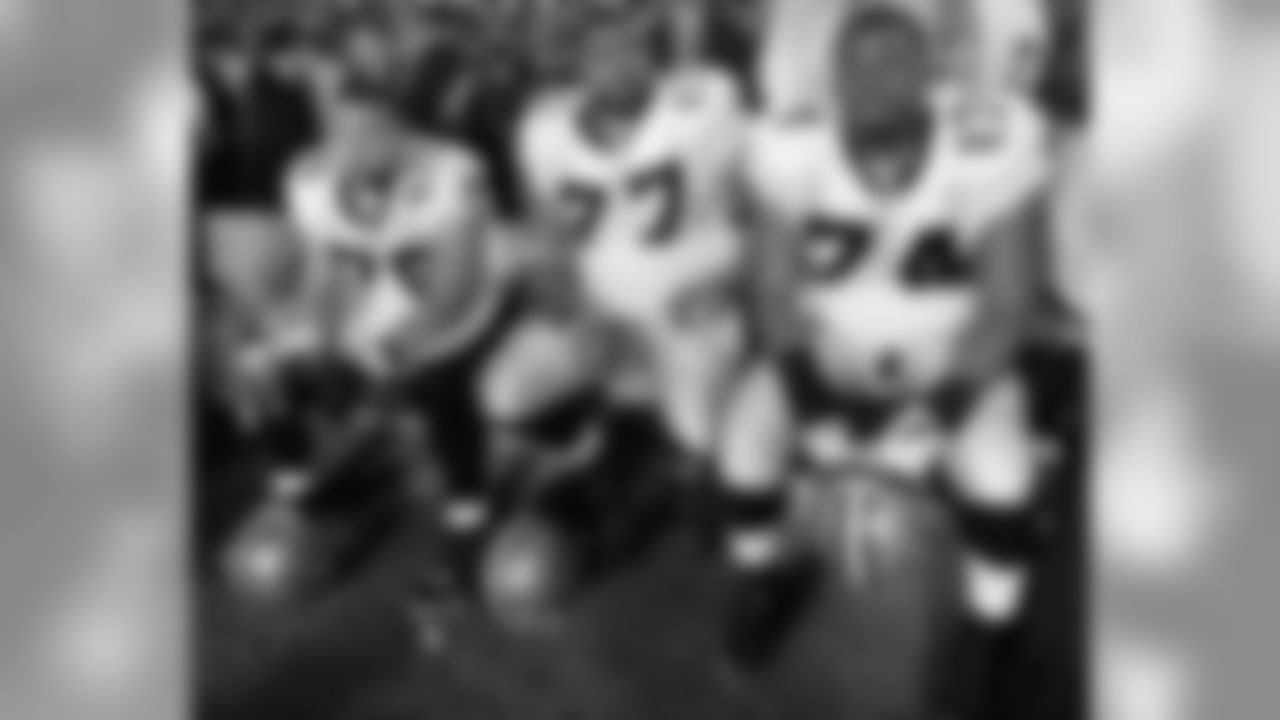
Photos from the New Orleans Saints win in Super Bowl XLIV against the Indianapolis Colts.
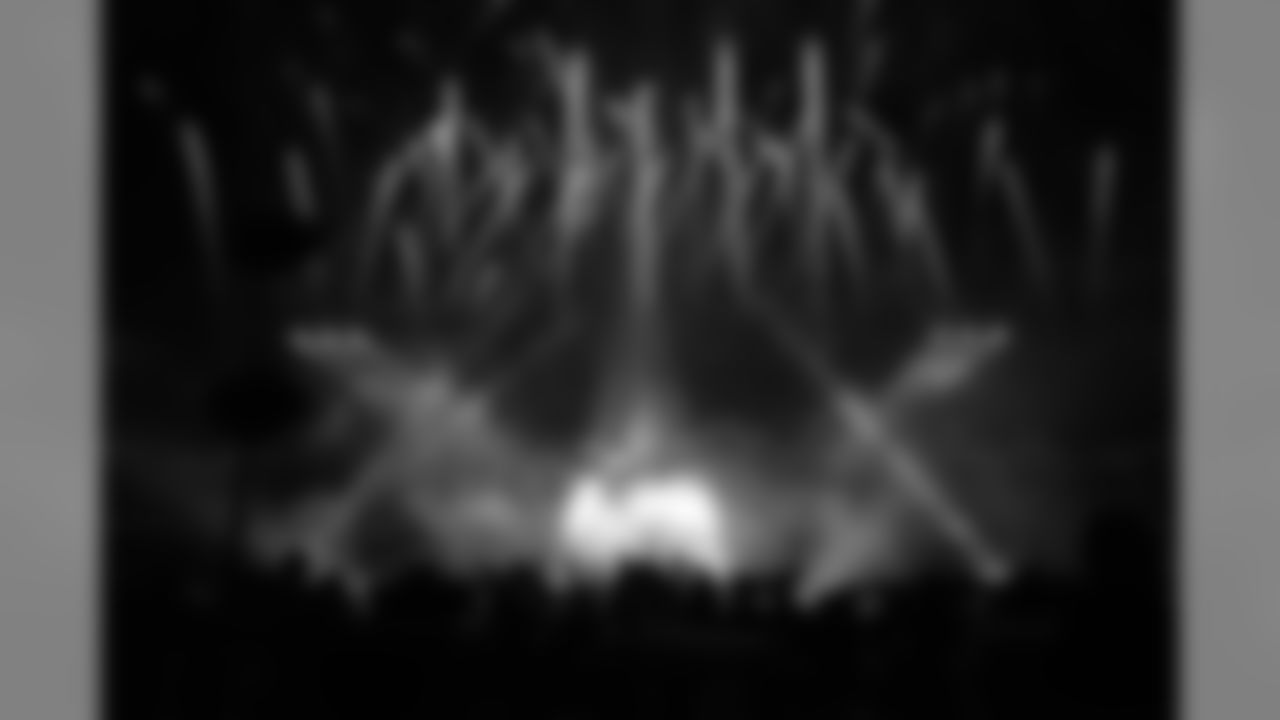
Photos from the New Orleans Saints win in Super Bowl XLIV against the Indianapolis Colts.

Photos from the New Orleans Saints win in Super Bowl XLIV against the Indianapolis Colts.
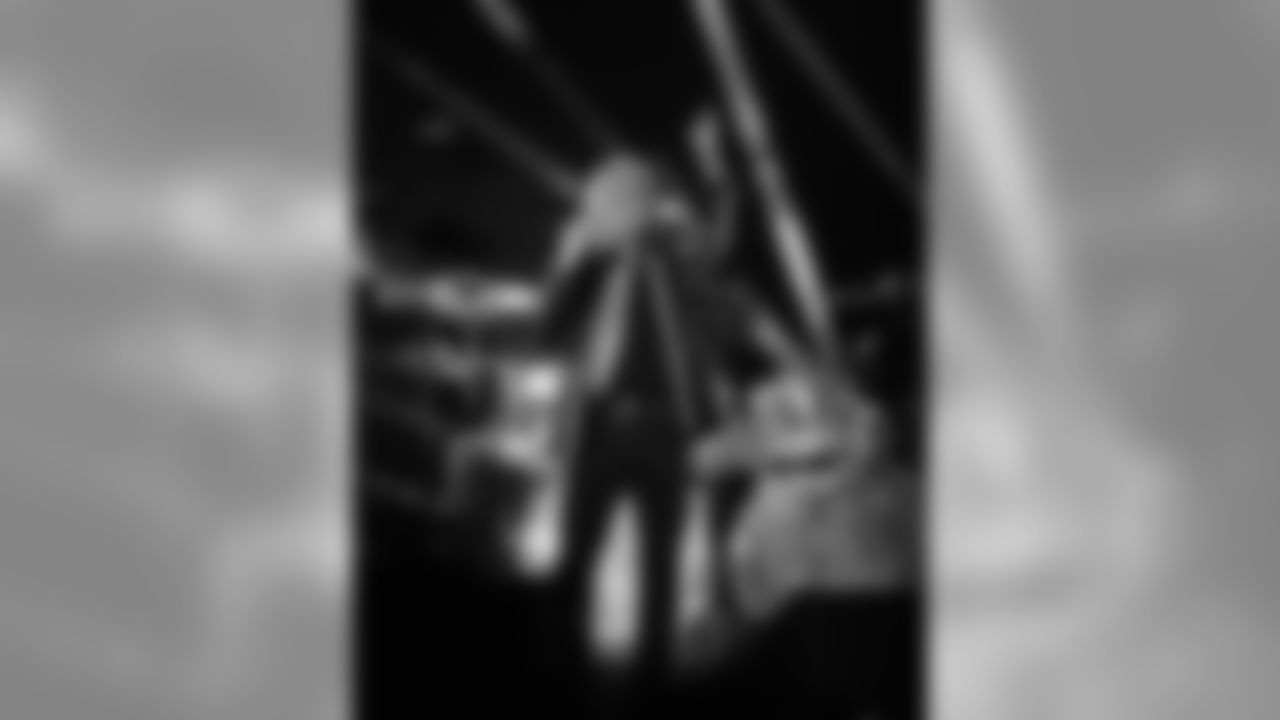
Photos from the New Orleans Saints win in Super Bowl XLIV against the Indianapolis Colts.

Photos from the New Orleans Saints win in Super Bowl XLIV against the Indianapolis Colts.

Photos from the New Orleans Saints win in Super Bowl XLIV against the Indianapolis Colts.
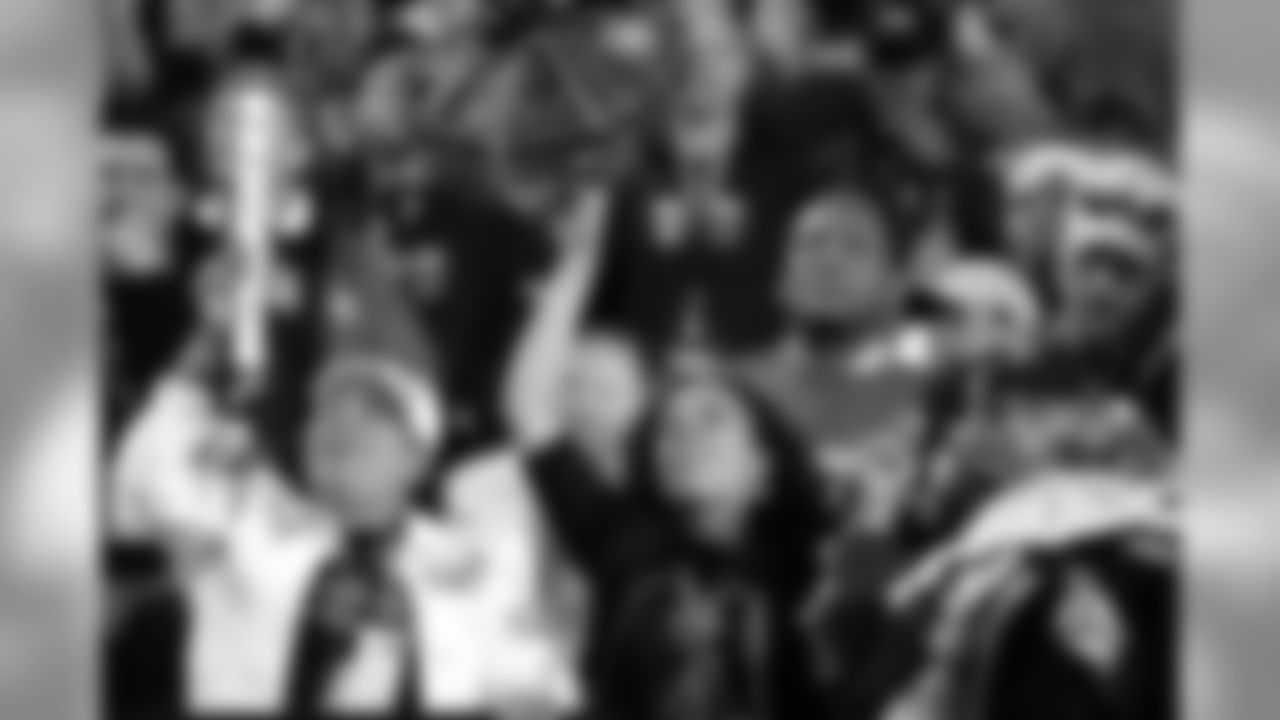
Photos from the New Orleans Saints win in Super Bowl XLIV against the Indianapolis Colts.
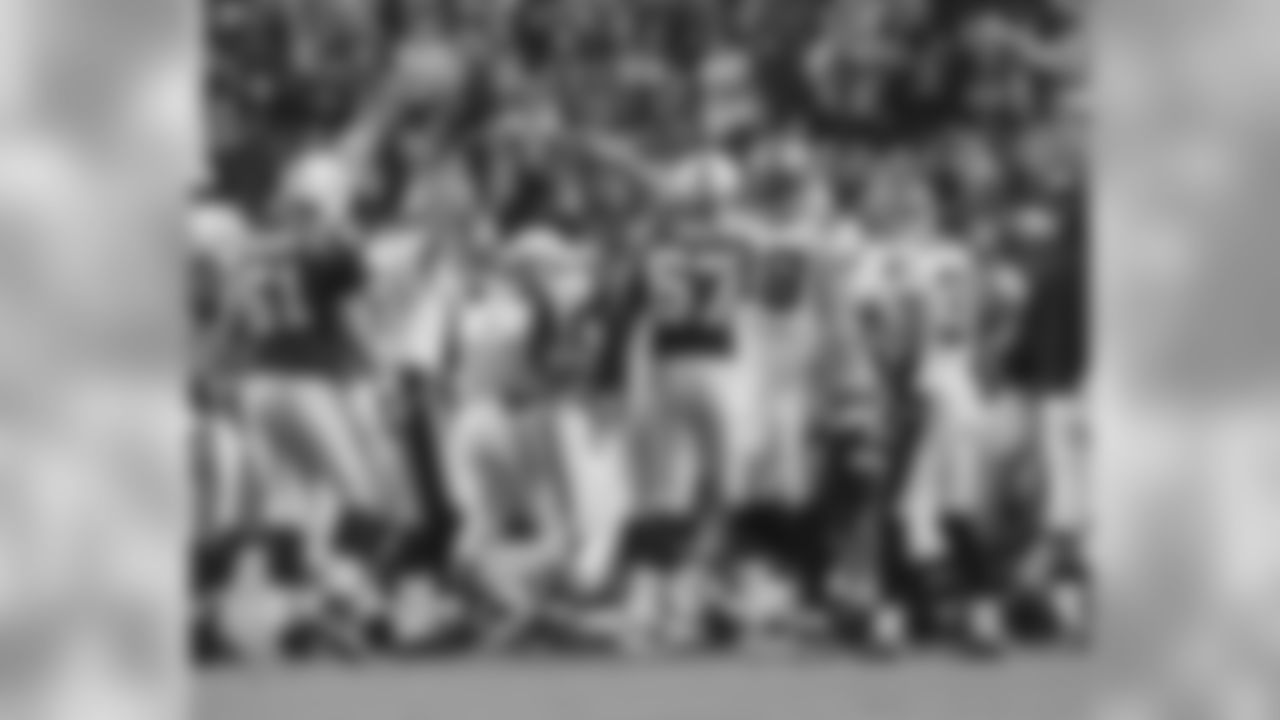
Photos from the New Orleans Saints win in Super Bowl XLIV against the Indianapolis Colts.
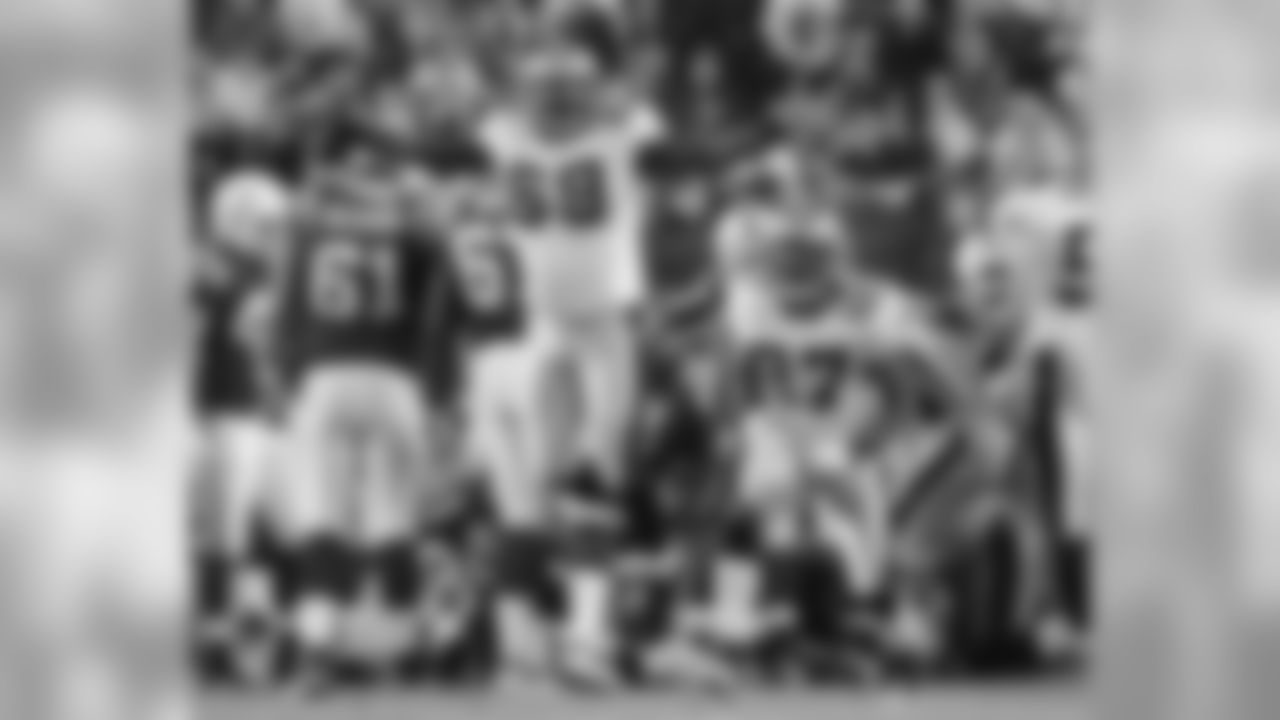
Photos from the New Orleans Saints win in Super Bowl XLIV against the Indianapolis Colts.
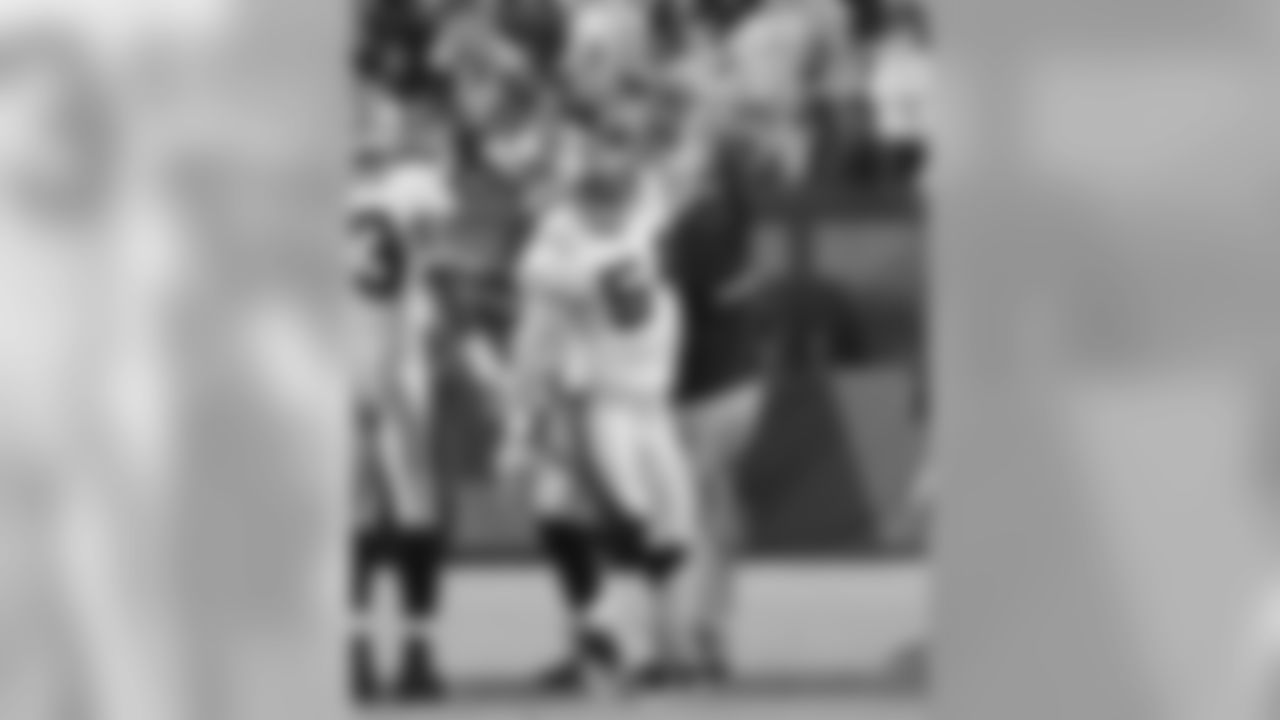
Photos from the New Orleans Saints win in Super Bowl XLIV against the Indianapolis Colts.
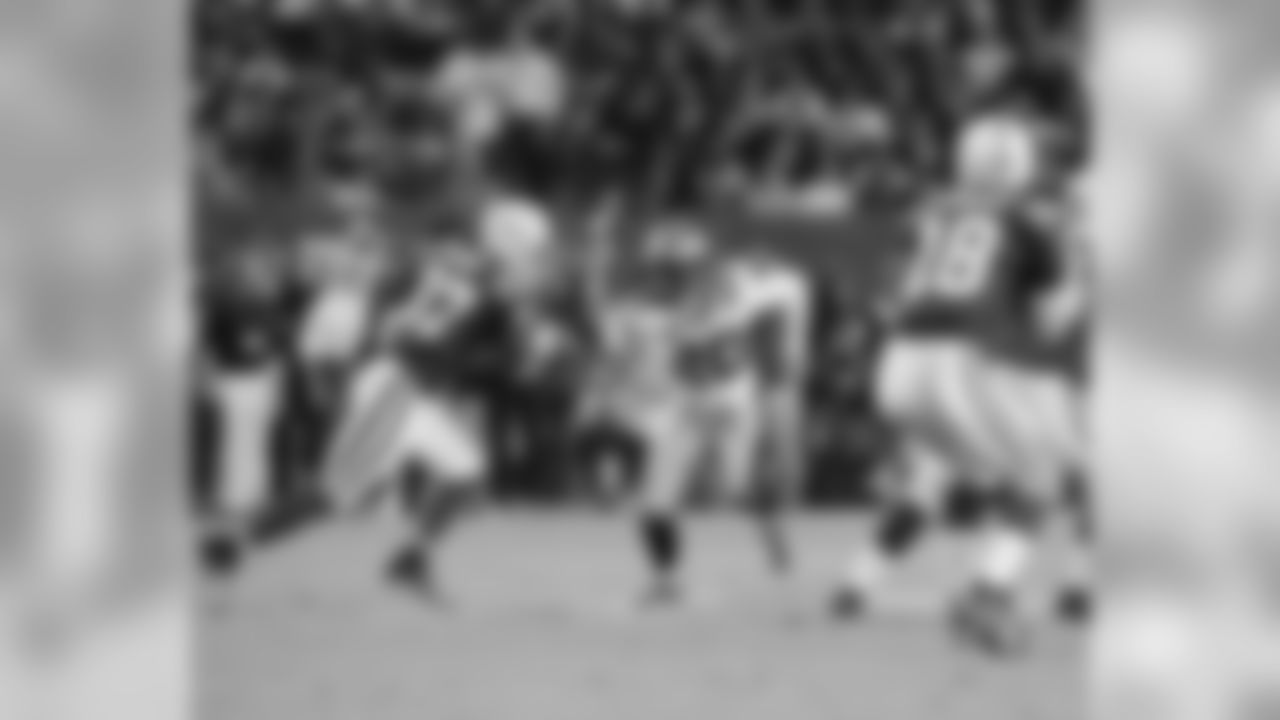
Photos from the New Orleans Saints win in Super Bowl XLIV against the Indianapolis Colts.
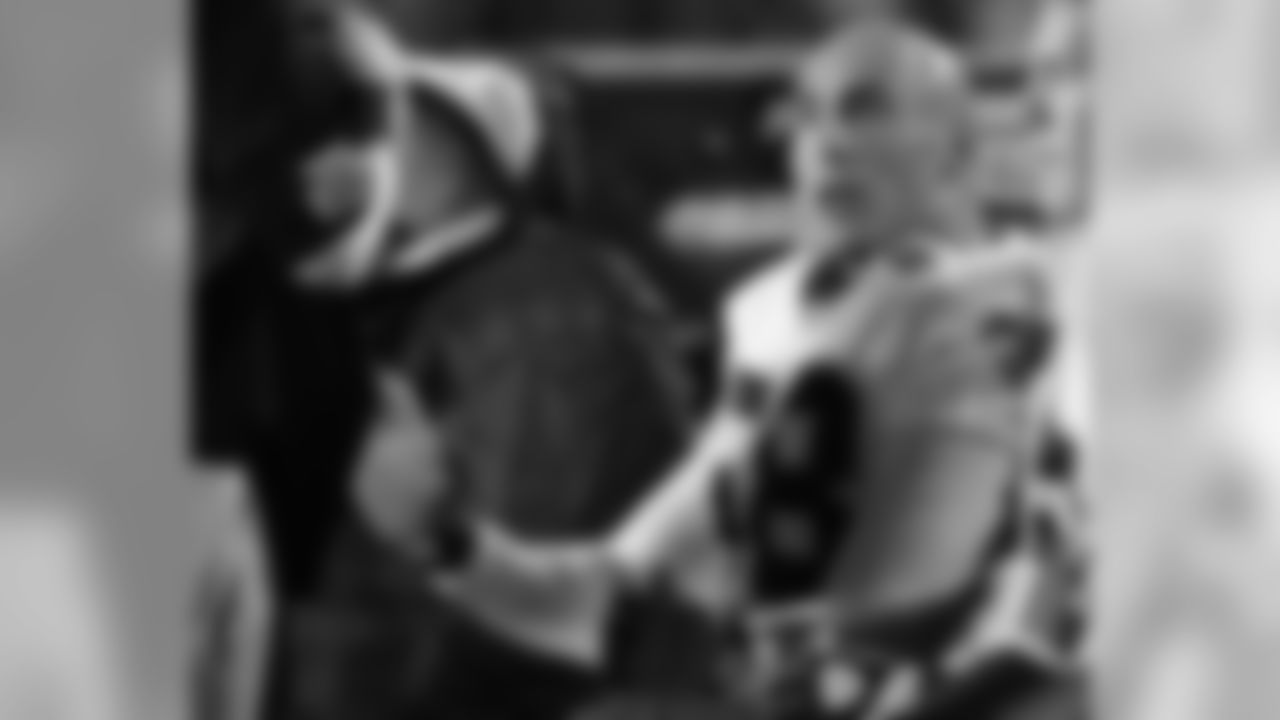
Photos from the New Orleans Saints win in Super Bowl XLIV against the Indianapolis Colts.
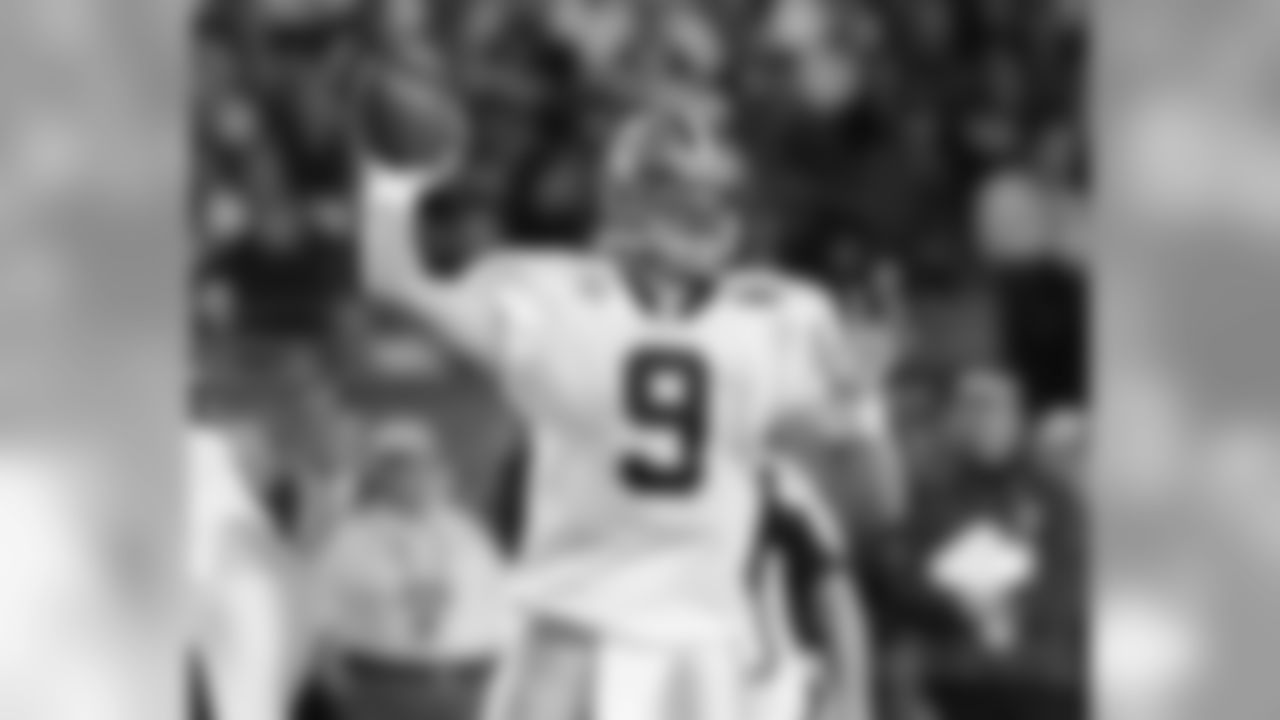
Photos from the New Orleans Saints win in Super Bowl XLIV against the Indianapolis Colts.
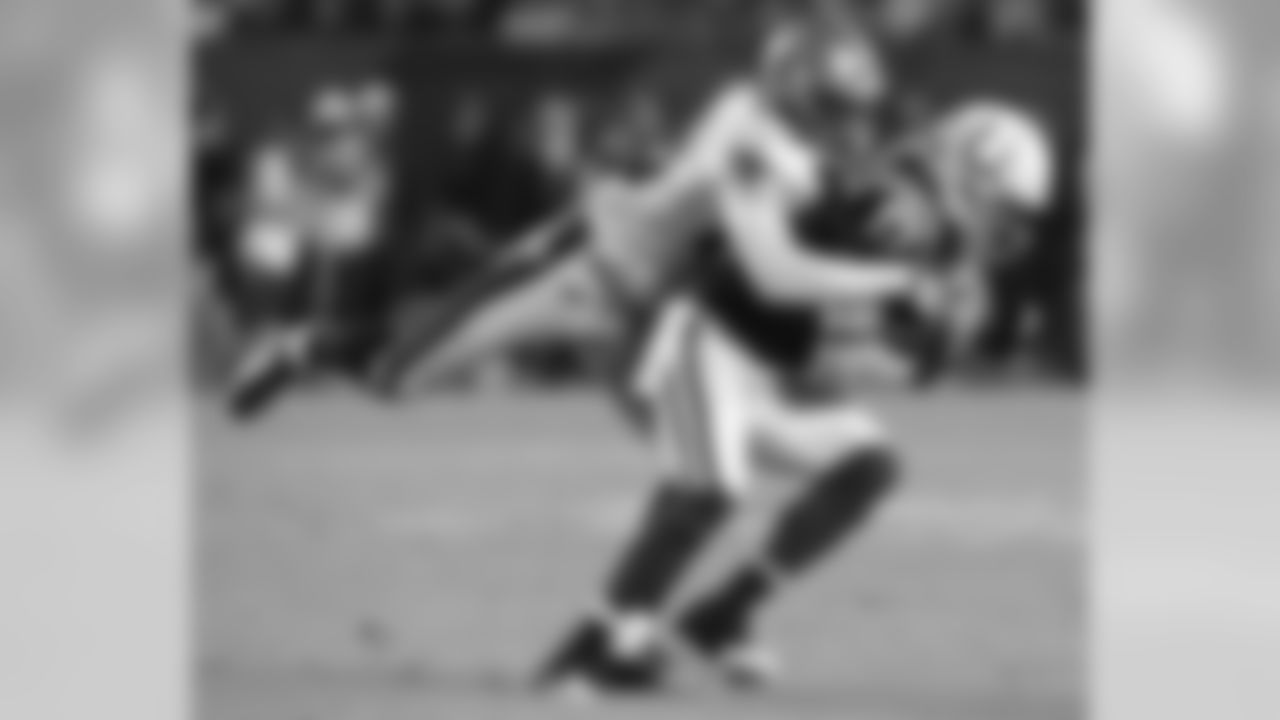
Photos from the New Orleans Saints win in Super Bowl XLIV against the Indianapolis Colts.
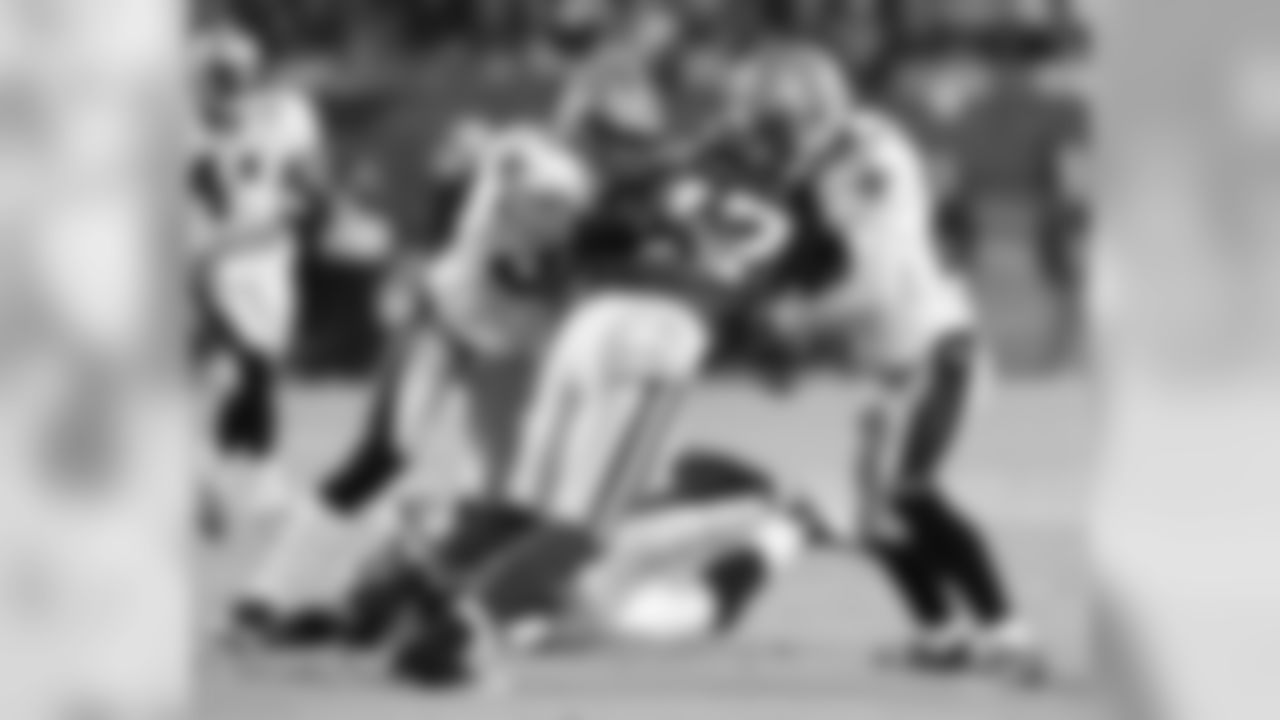
Photos from the New Orleans Saints win in Super Bowl XLIV against the Indianapolis Colts.
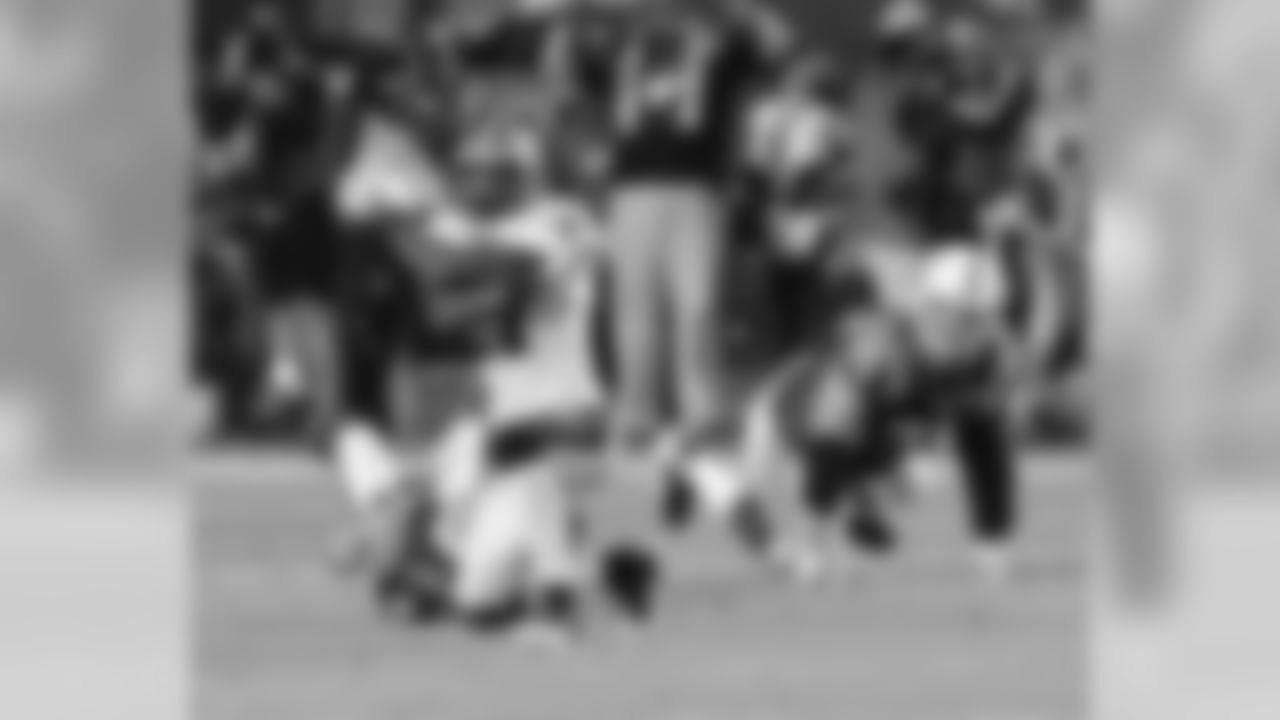
Photos from the New Orleans Saints win in Super Bowl XLIV against the Indianapolis Colts.
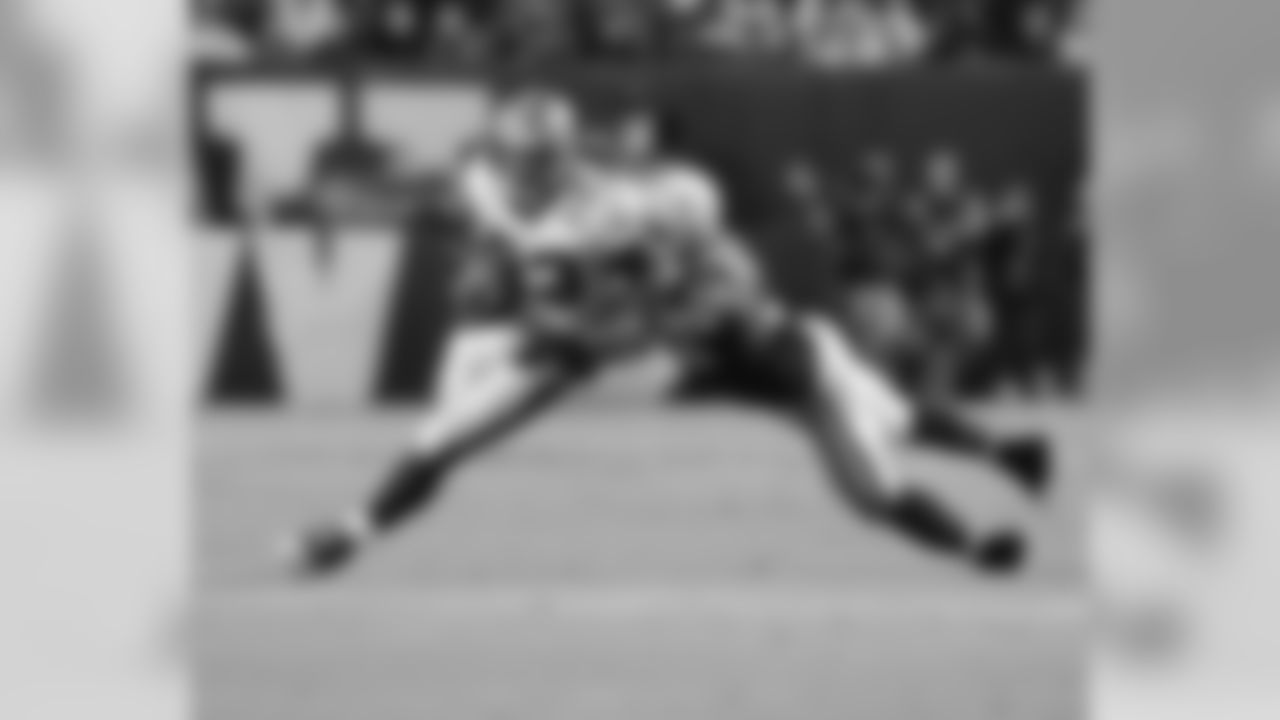
Photos from the New Orleans Saints win in Super Bowl XLIV against the Indianapolis Colts.
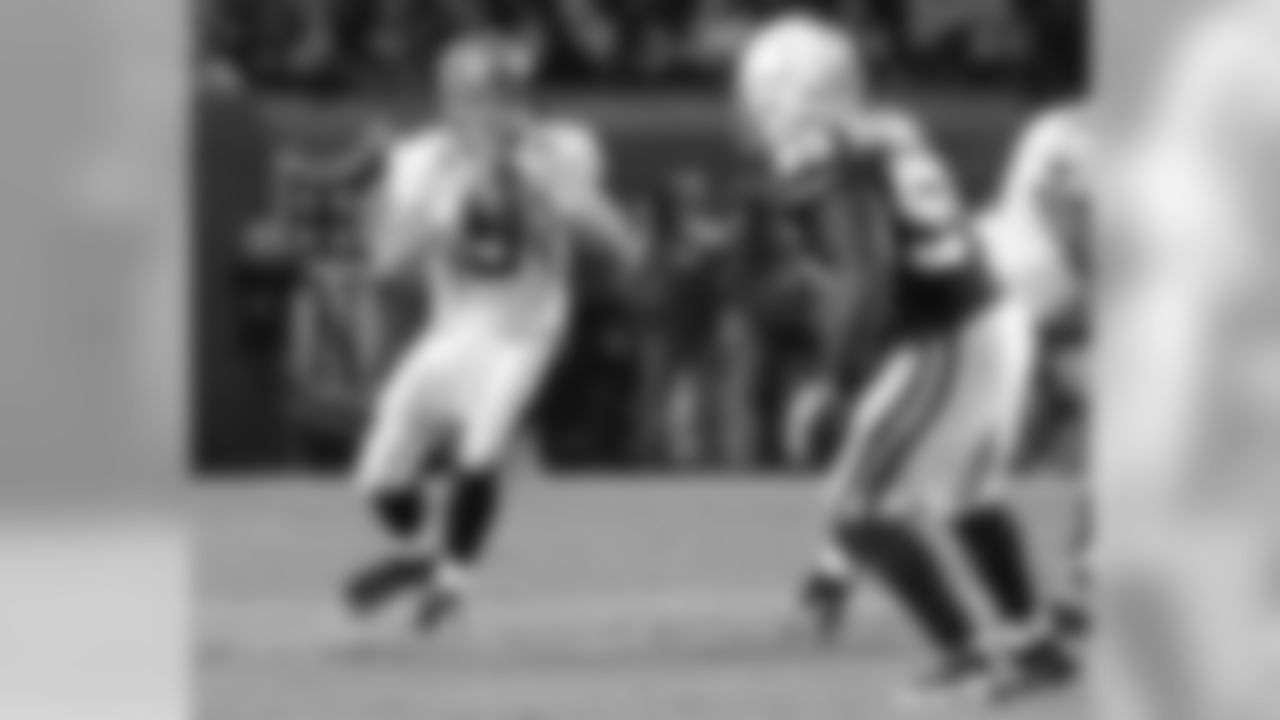
Photos from the New Orleans Saints win in Super Bowl XLIV against the Indianapolis Colts.

Photos from the New Orleans Saints win in Super Bowl XLIV against the Indianapolis Colts.
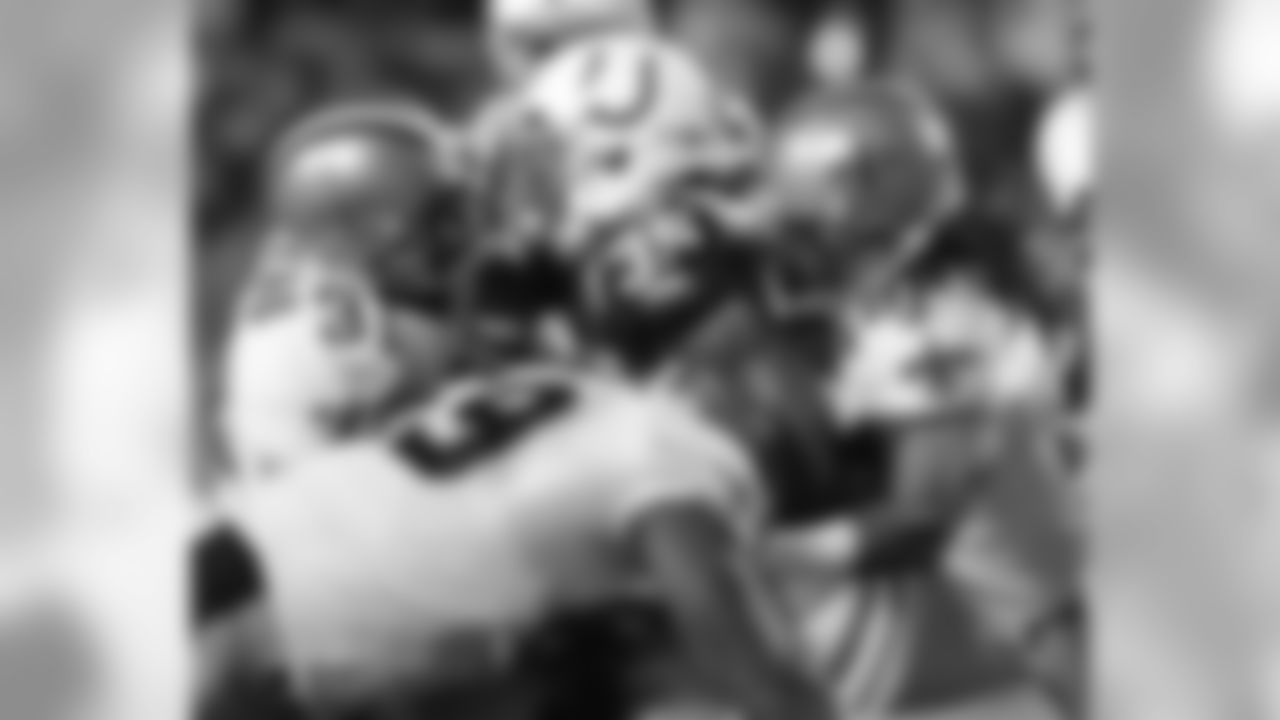
Photos from the New Orleans Saints win in Super Bowl XLIV against the Indianapolis Colts.
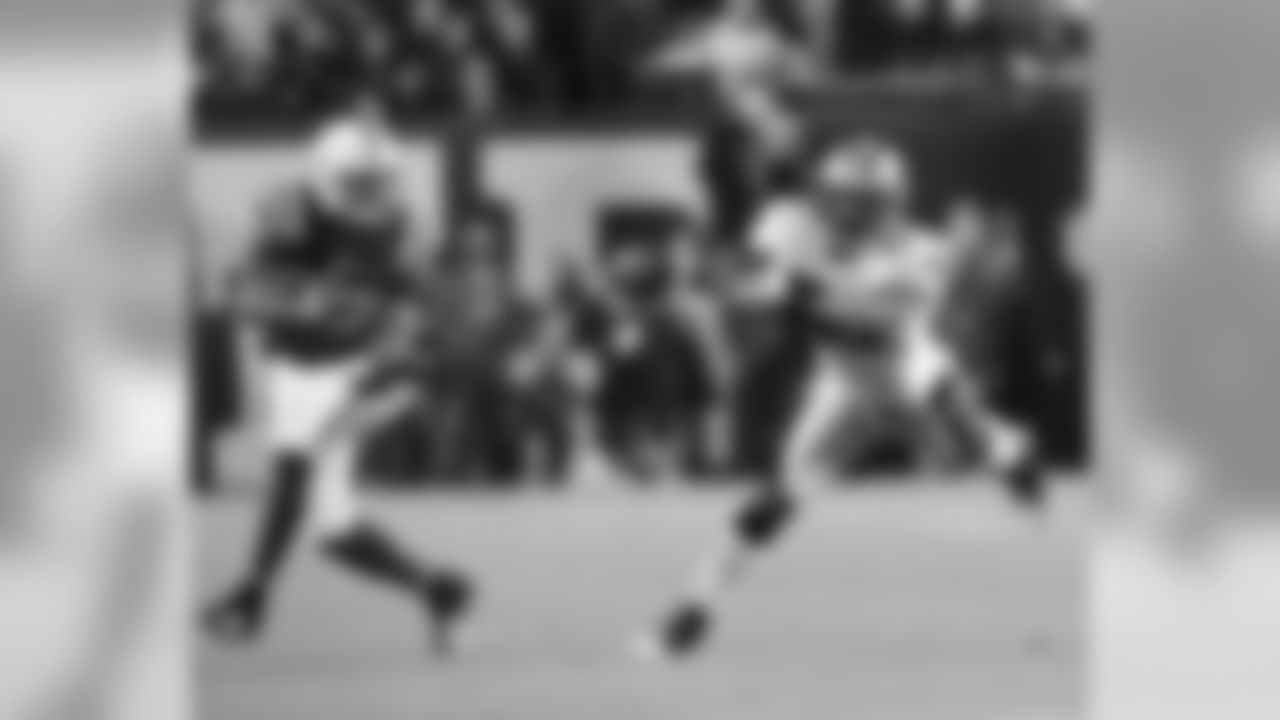
Photos from the New Orleans Saints win in Super Bowl XLIV against the Indianapolis Colts.
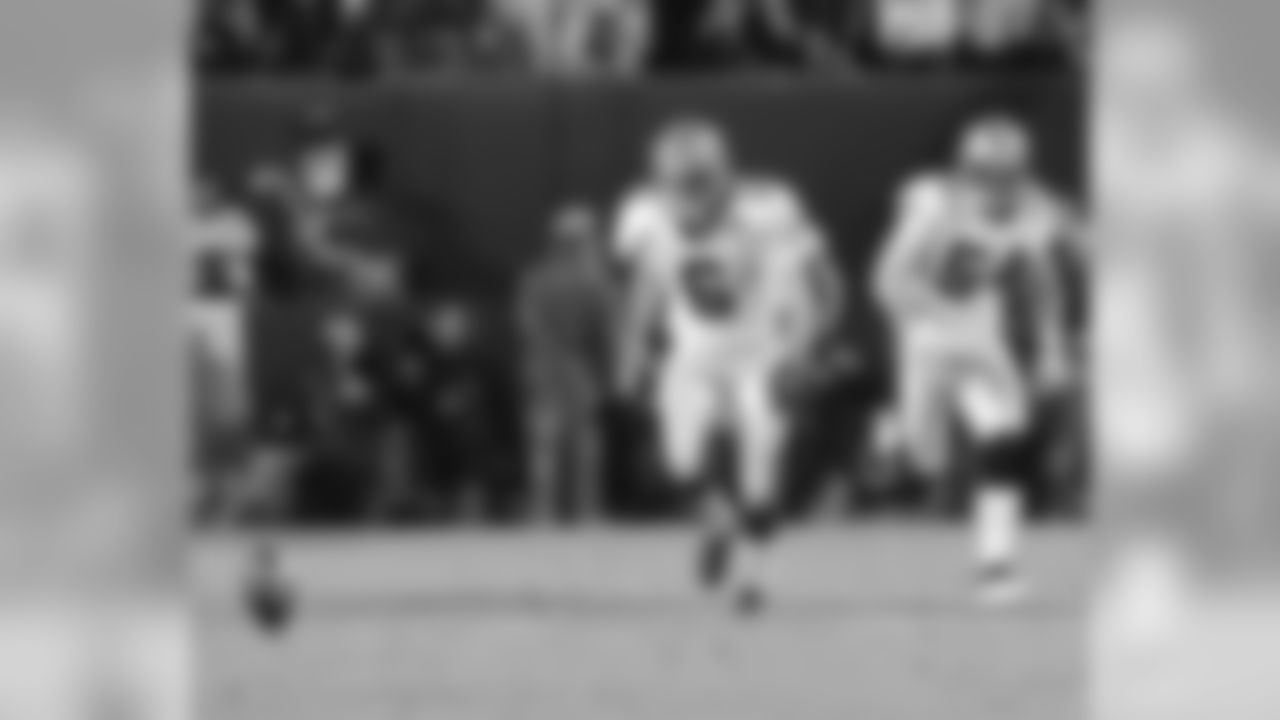
Photos from the New Orleans Saints win in Super Bowl XLIV against the Indianapolis Colts.
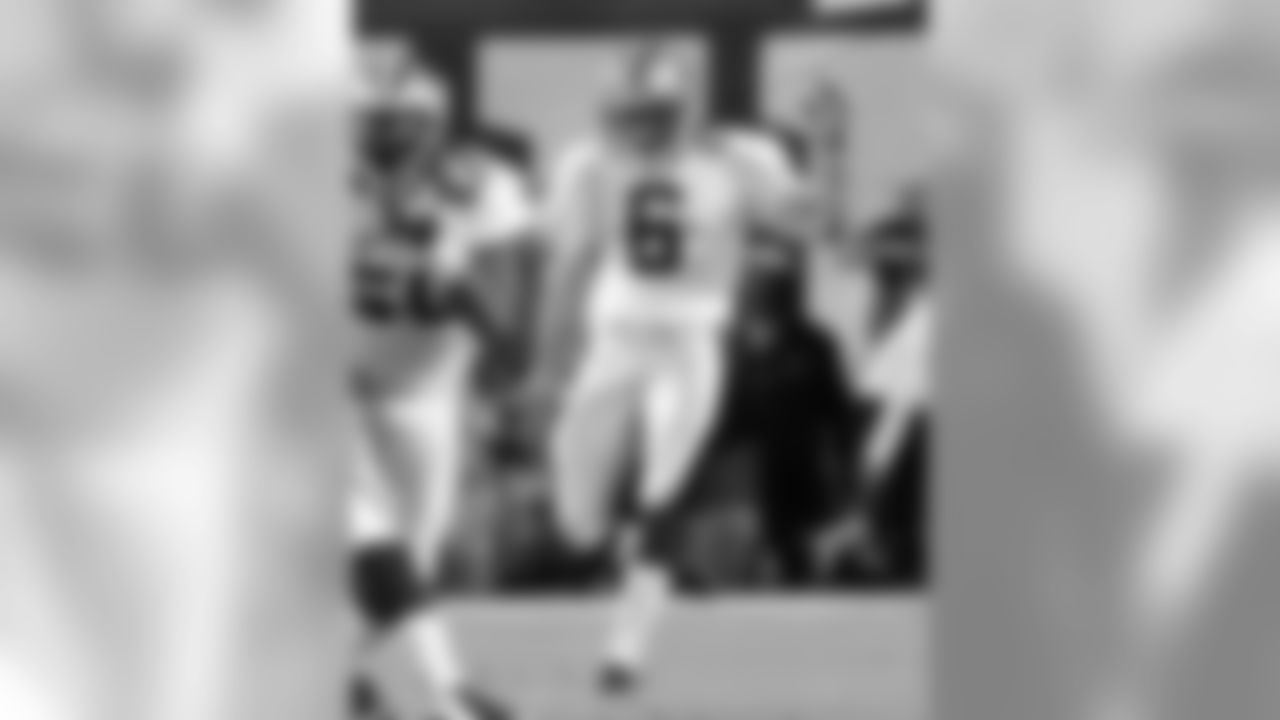
Photos from the New Orleans Saints win in Super Bowl XLIV against the Indianapolis Colts.

Photos from the New Orleans Saints win in Super Bowl XLIV against the Indianapolis Colts.
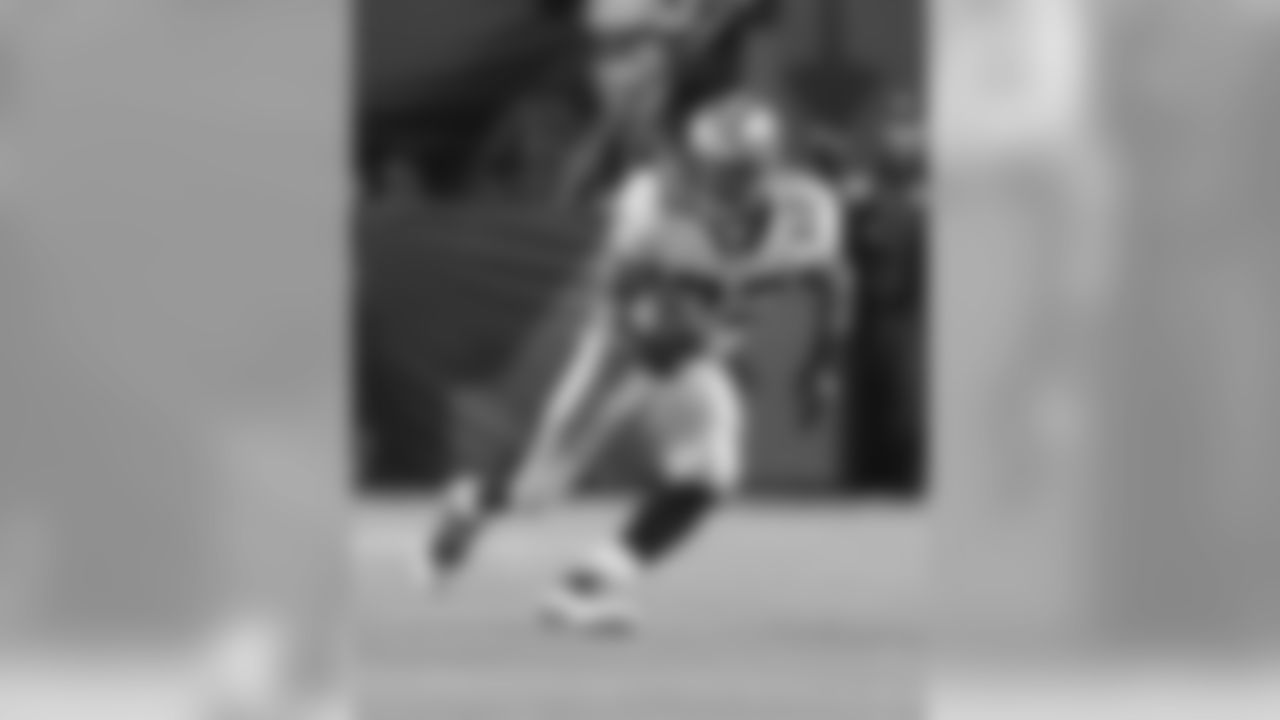
Photos from the New Orleans Saints win in Super Bowl XLIV against the Indianapolis Colts.
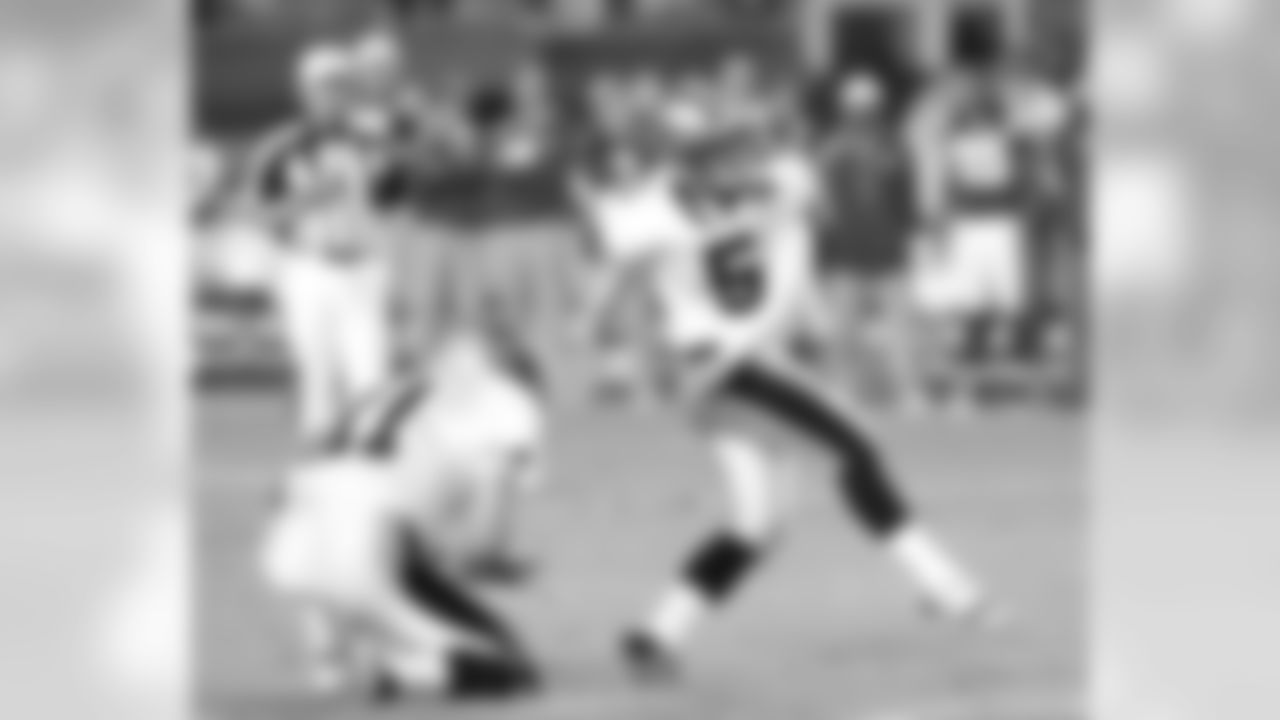
Photos from the New Orleans Saints win in Super Bowl XLIV against the Indianapolis Colts.
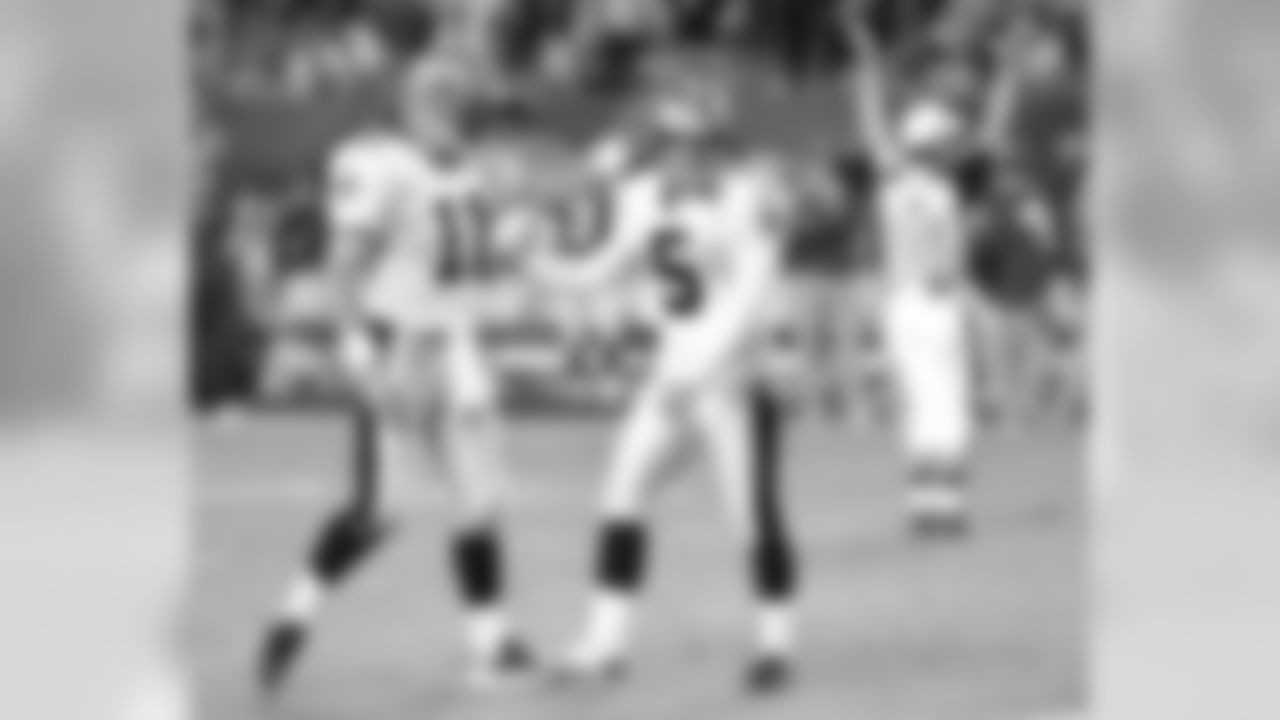
Photos from the New Orleans Saints win in Super Bowl XLIV against the Indianapolis Colts.
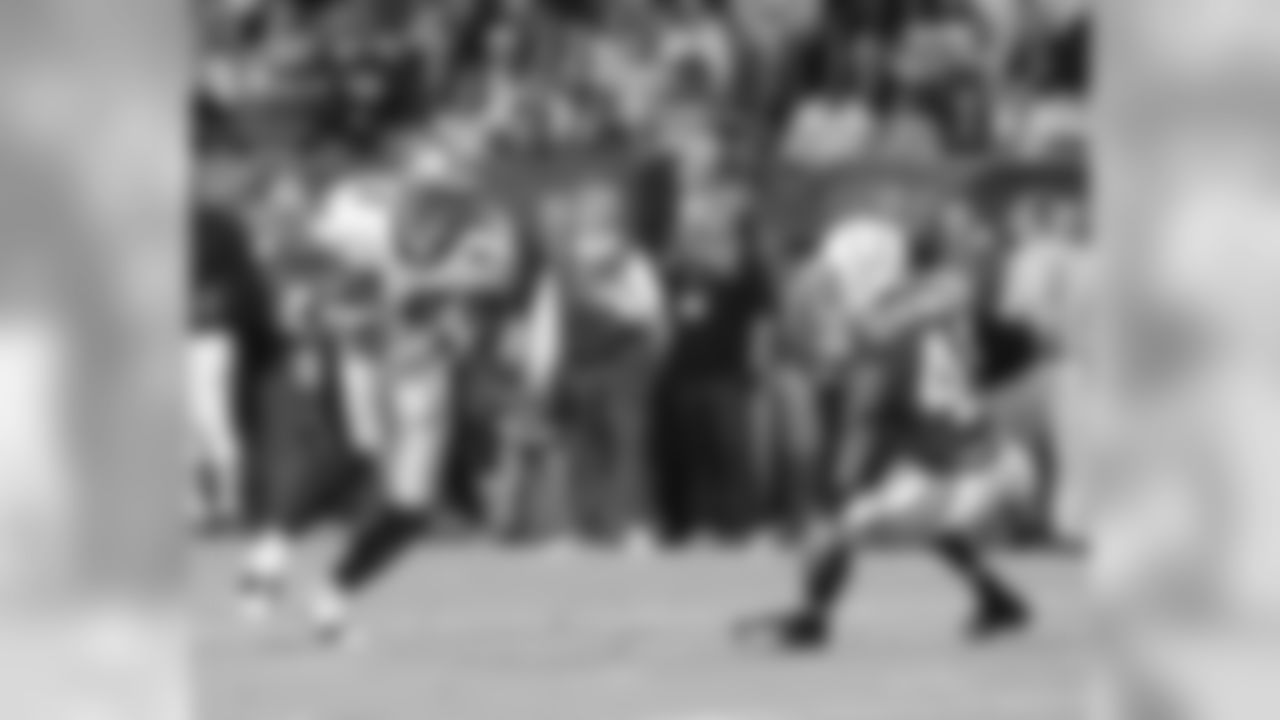
Photos from the New Orleans Saints win in Super Bowl XLIV against the Indianapolis Colts.
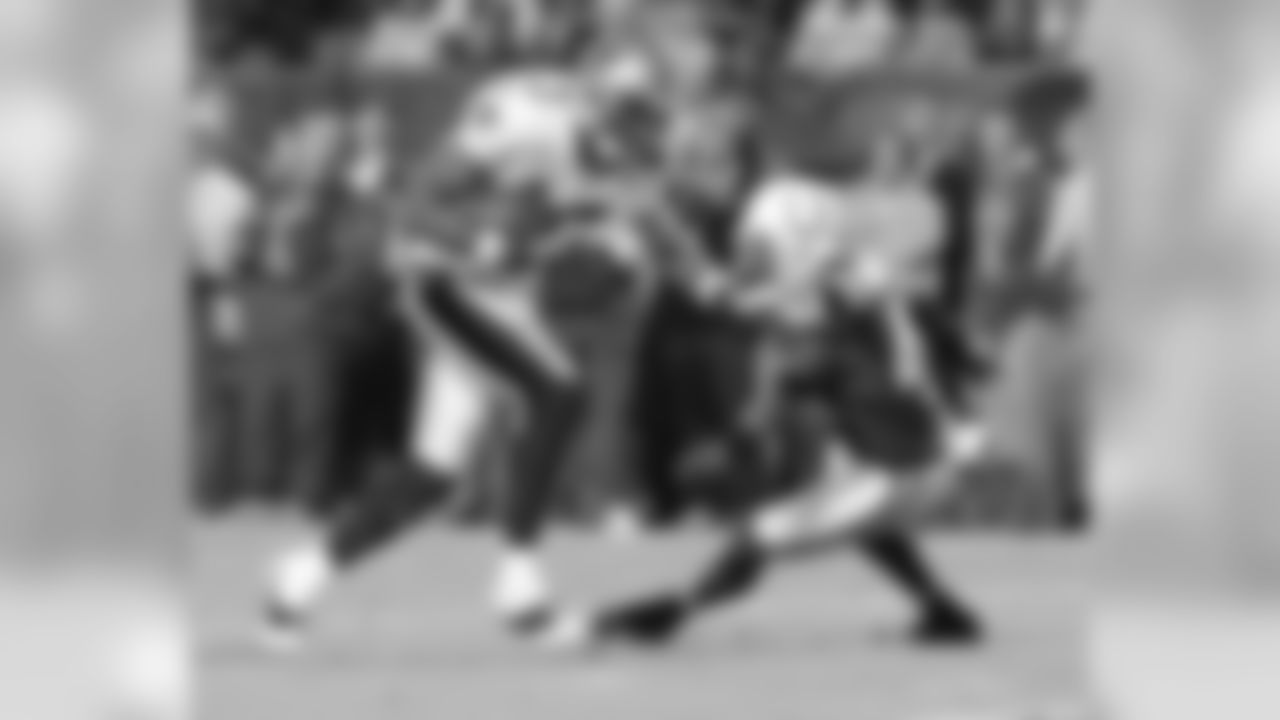
Photos from the New Orleans Saints win in Super Bowl XLIV against the Indianapolis Colts.
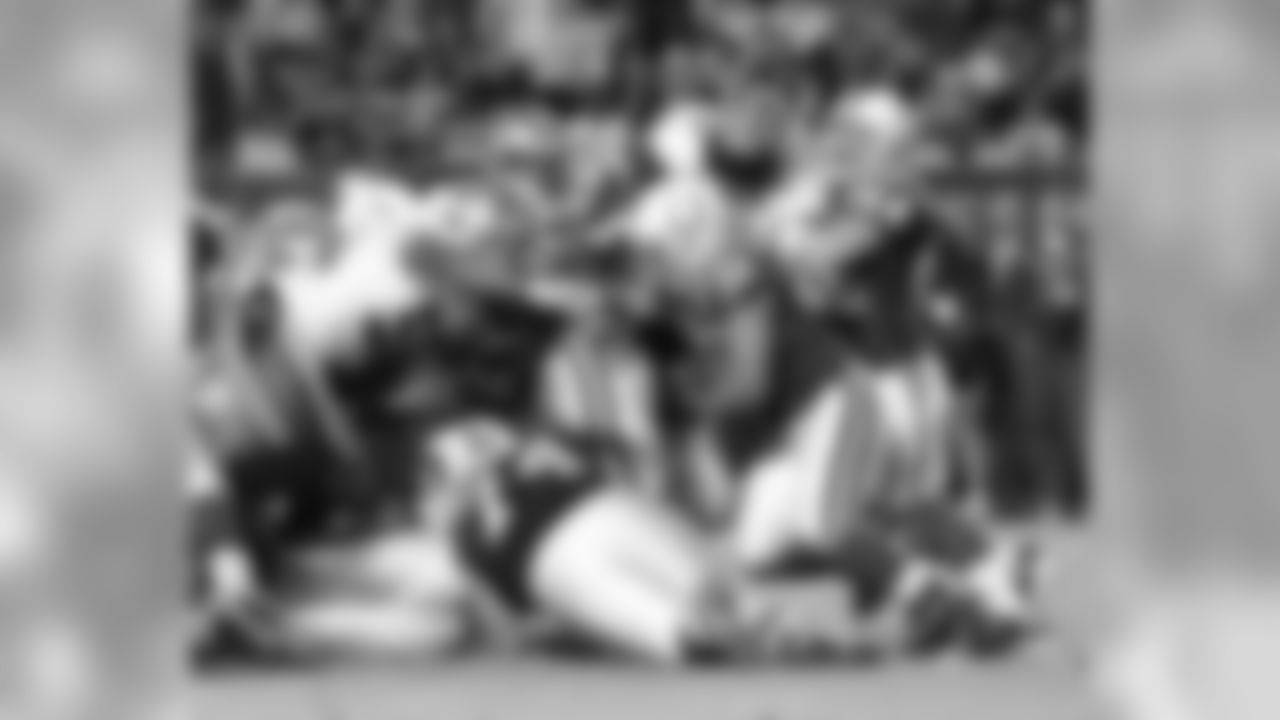
Photos from the New Orleans Saints win in Super Bowl XLIV against the Indianapolis Colts.
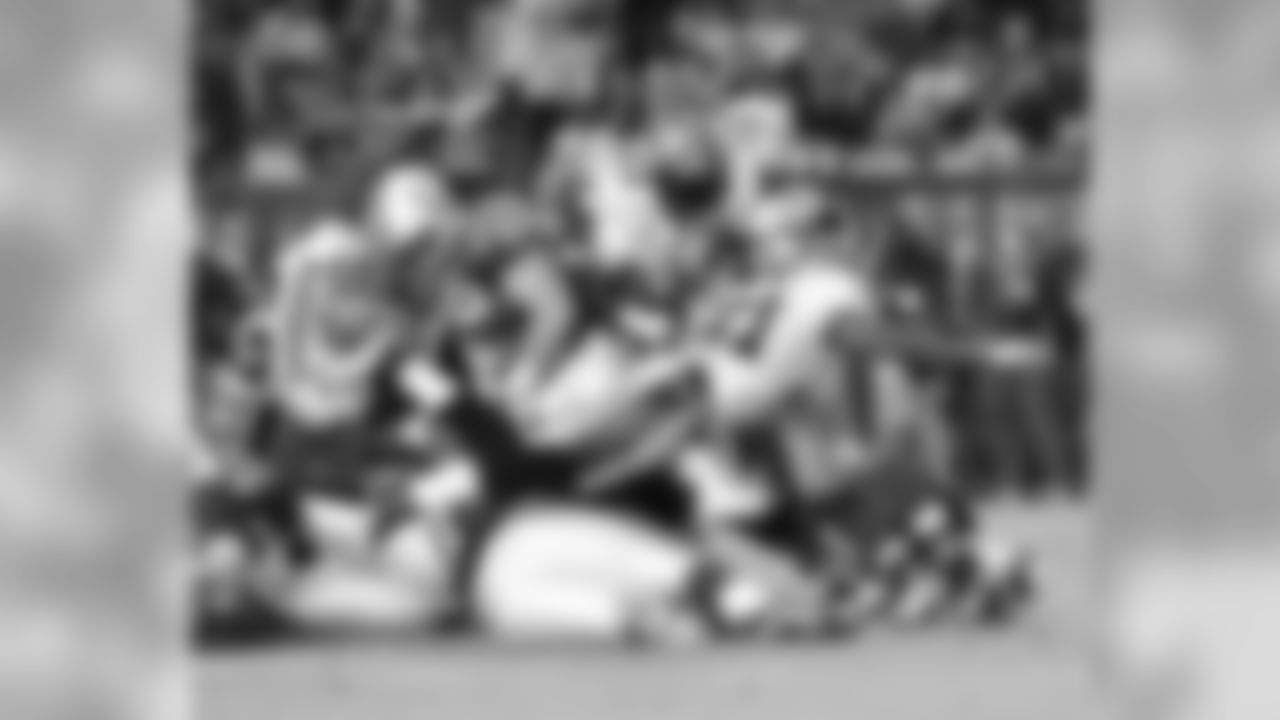
Photos from the New Orleans Saints win in Super Bowl XLIV against the Indianapolis Colts.
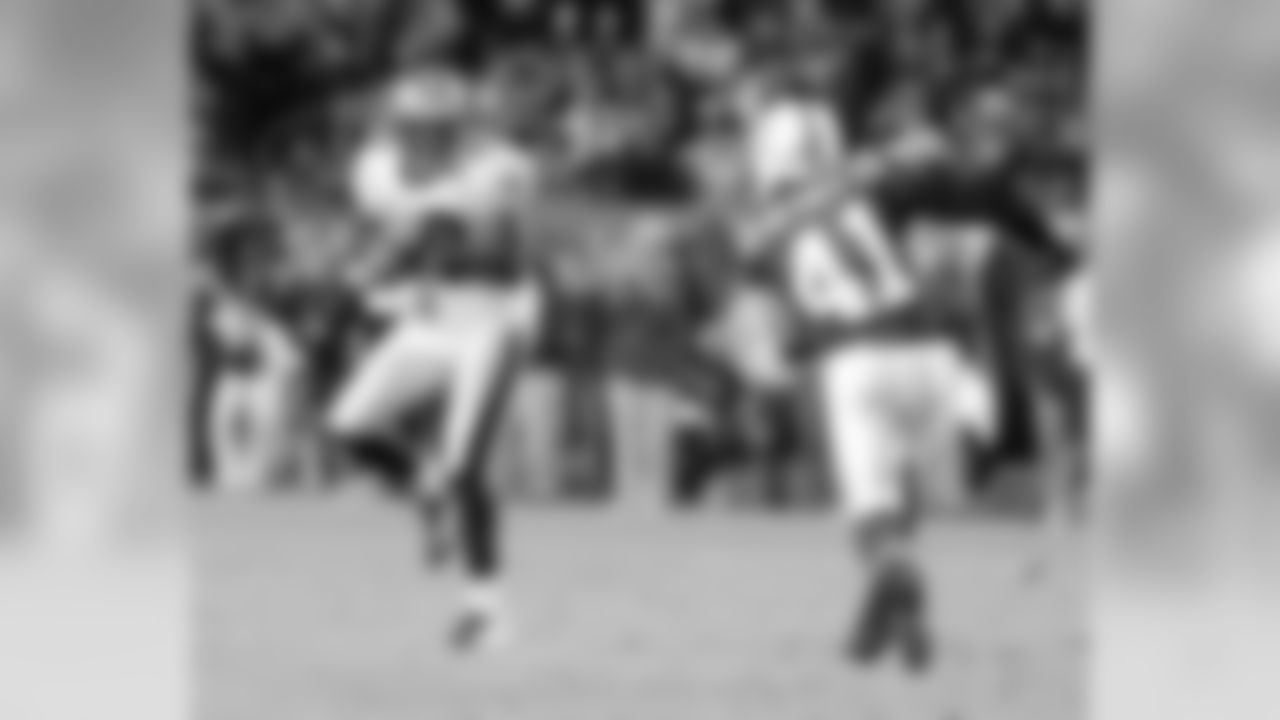
Photos from the New Orleans Saints win in Super Bowl XLIV against the Indianapolis Colts.
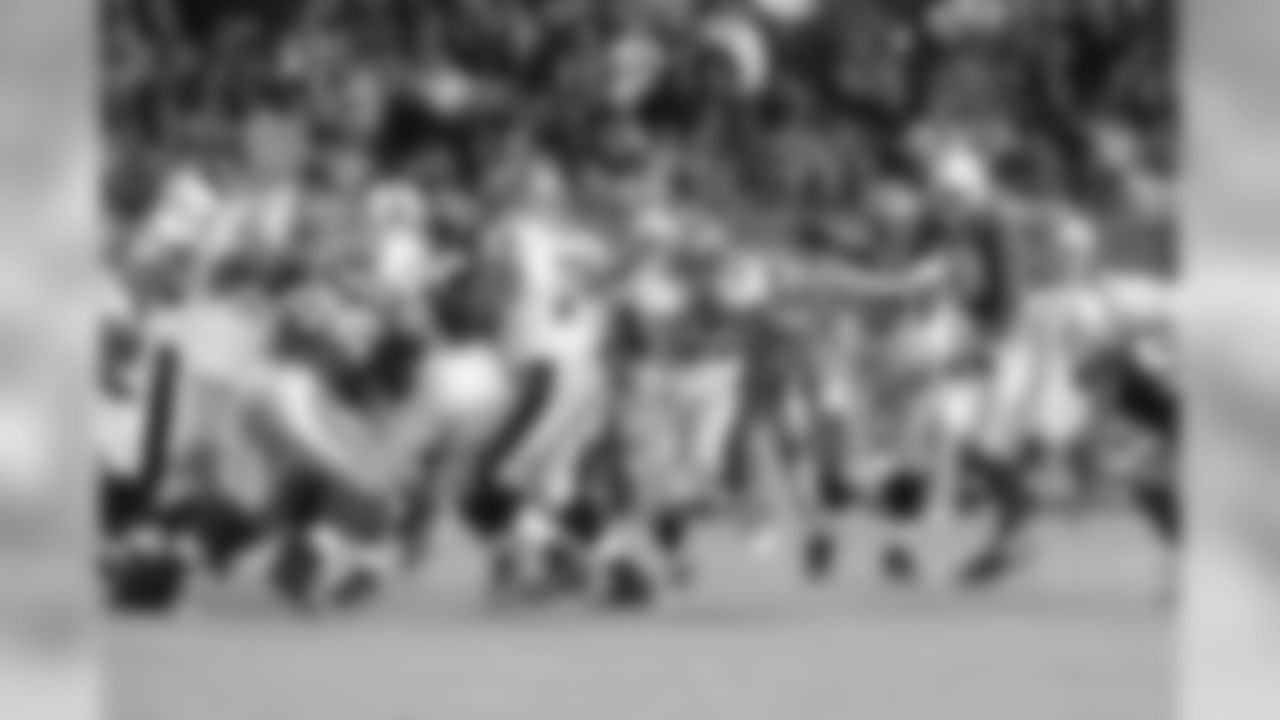
Photos from the New Orleans Saints win in Super Bowl XLIV against the Indianapolis Colts.
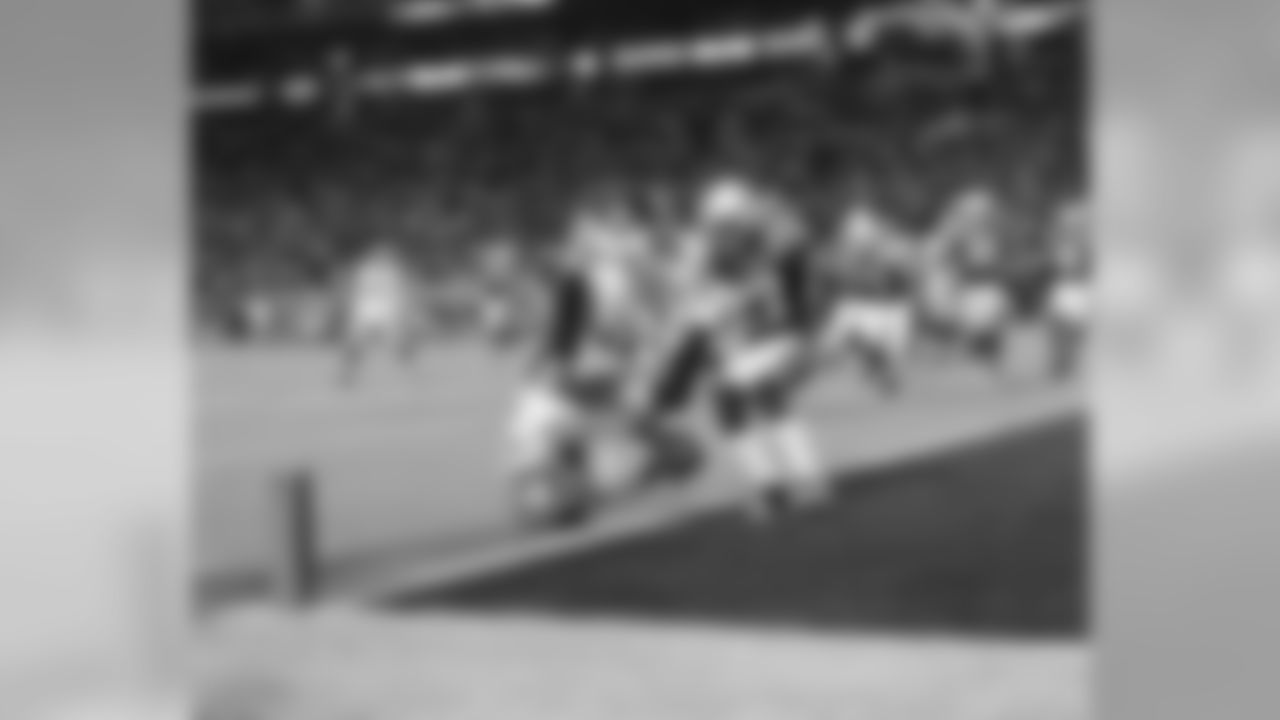
Photos from the New Orleans Saints win in Super Bowl XLIV against the Indianapolis Colts.
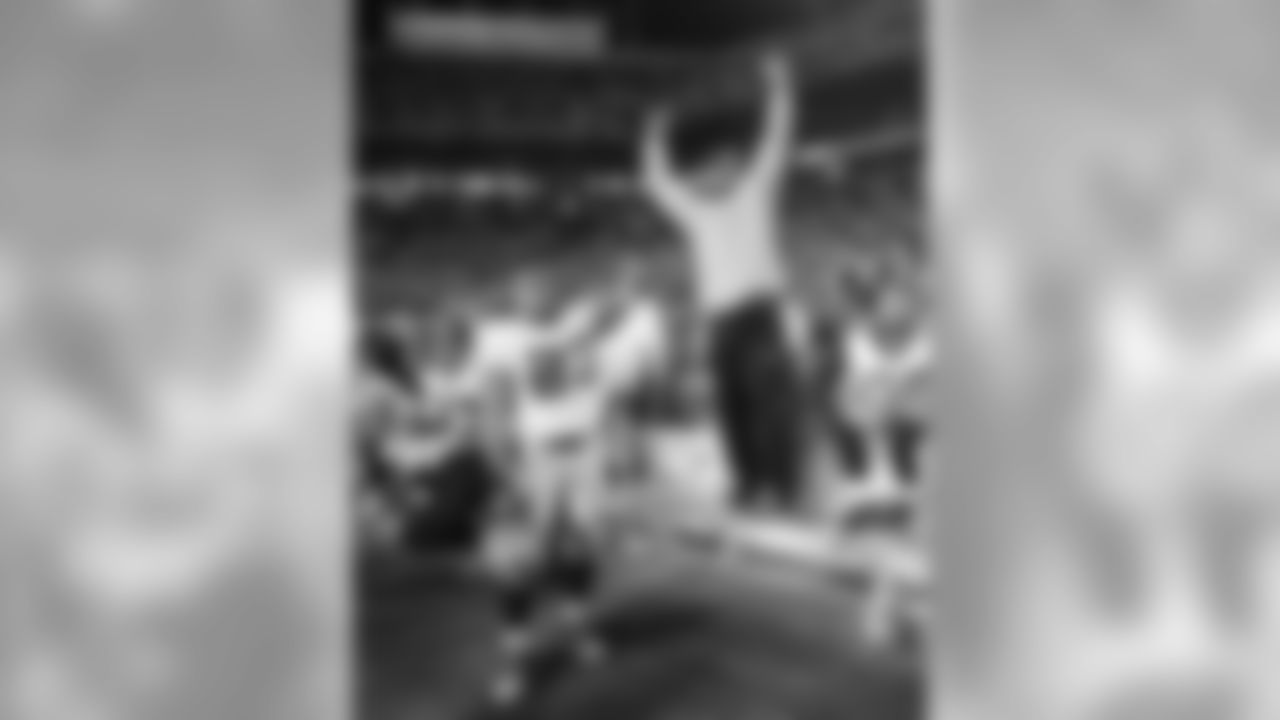
Photos from the New Orleans Saints win in Super Bowl XLIV against the Indianapolis Colts.
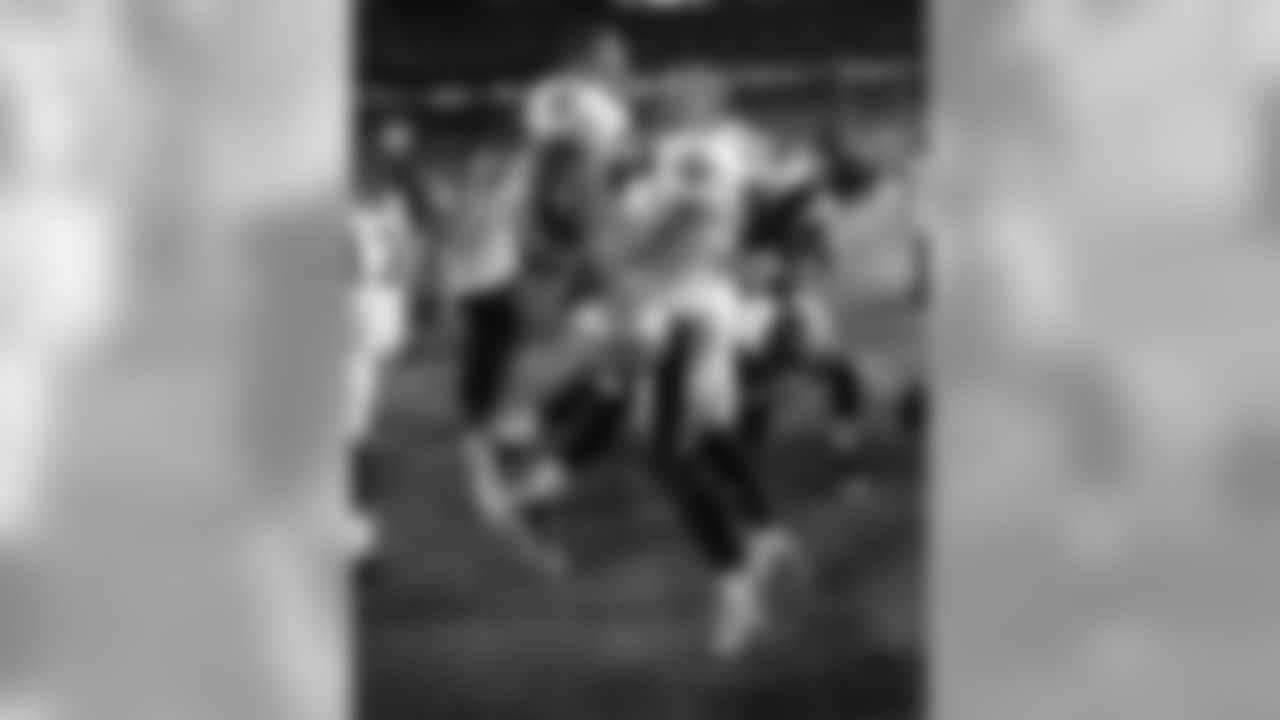
Photos from the New Orleans Saints win in Super Bowl XLIV against the Indianapolis Colts.
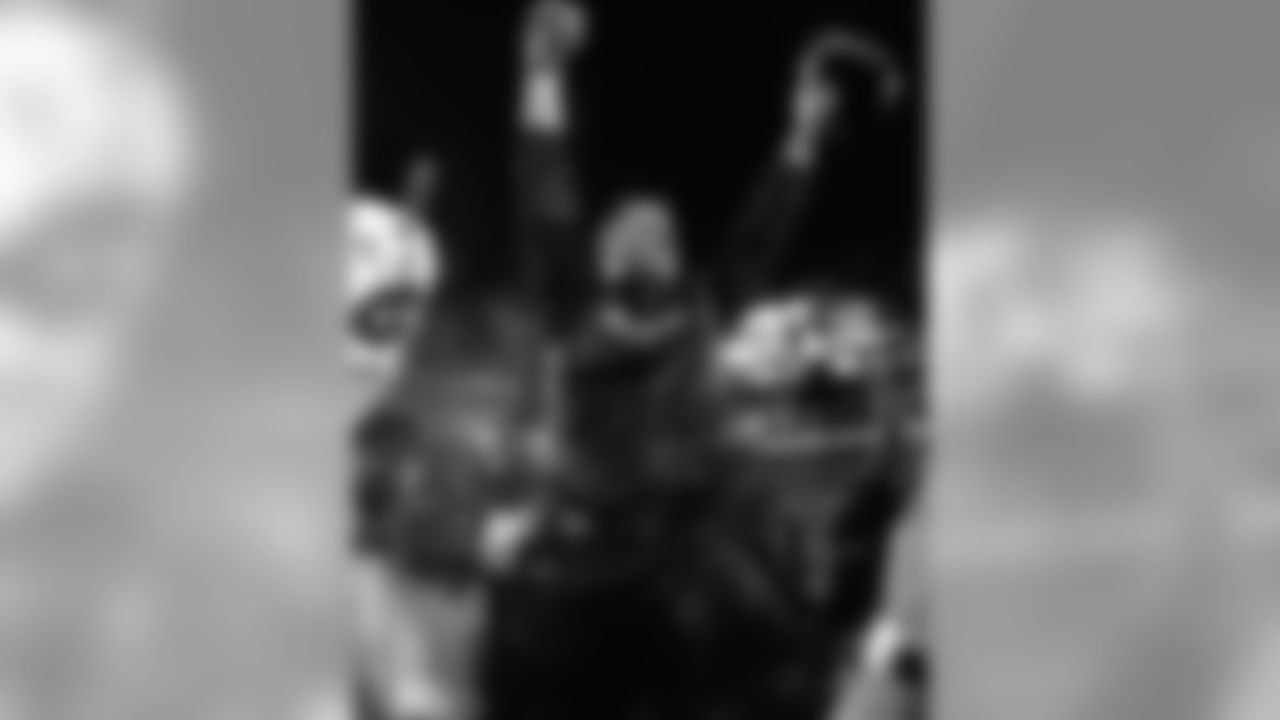
Photos from the New Orleans Saints win in Super Bowl XLIV against the Indianapolis Colts.
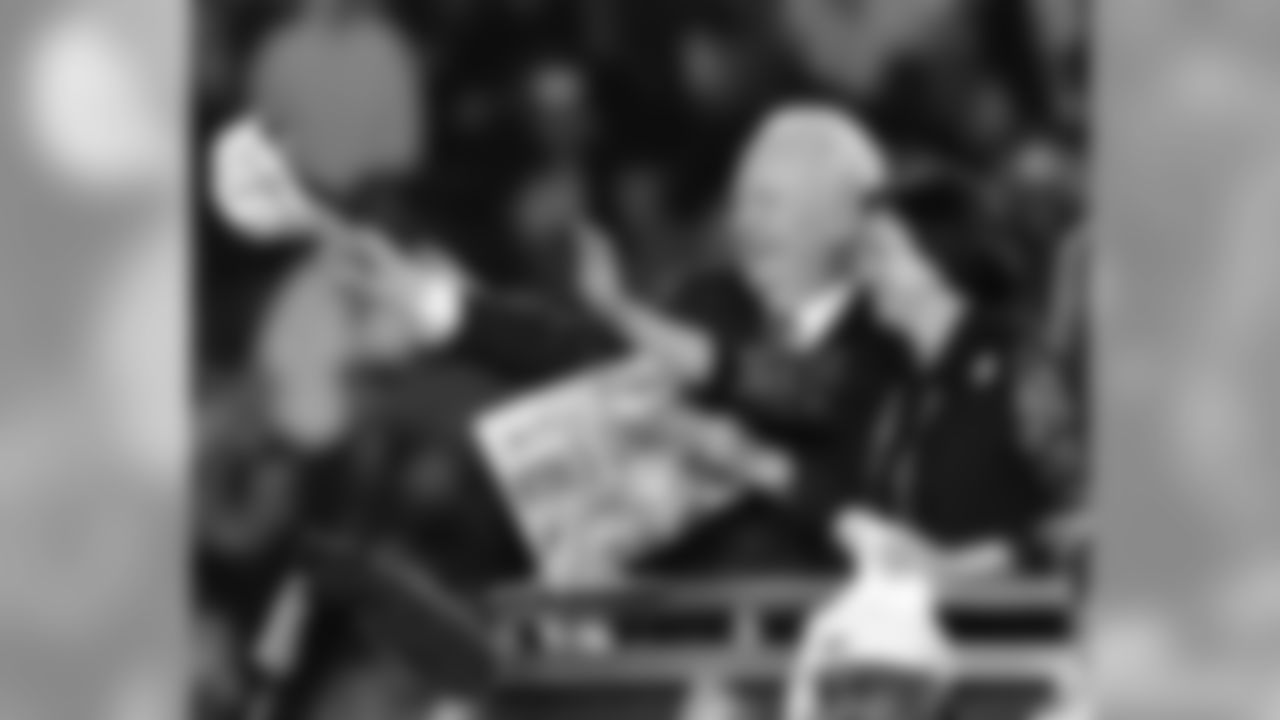
Photos from the New Orleans Saints win in Super Bowl XLIV against the Indianapolis Colts.

Photos from the New Orleans Saints win in Super Bowl XLIV against the Indianapolis Colts.
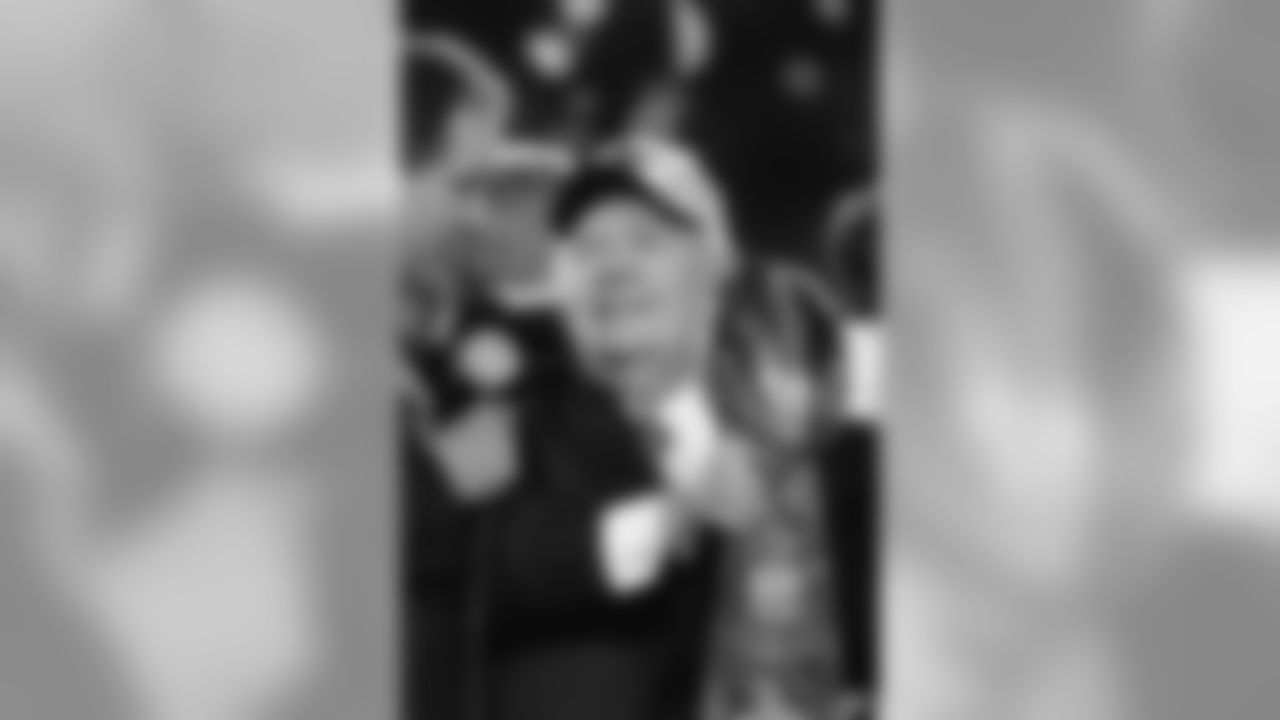
Photos from the New Orleans Saints win in Super Bowl XLIV against the Indianapolis Colts.
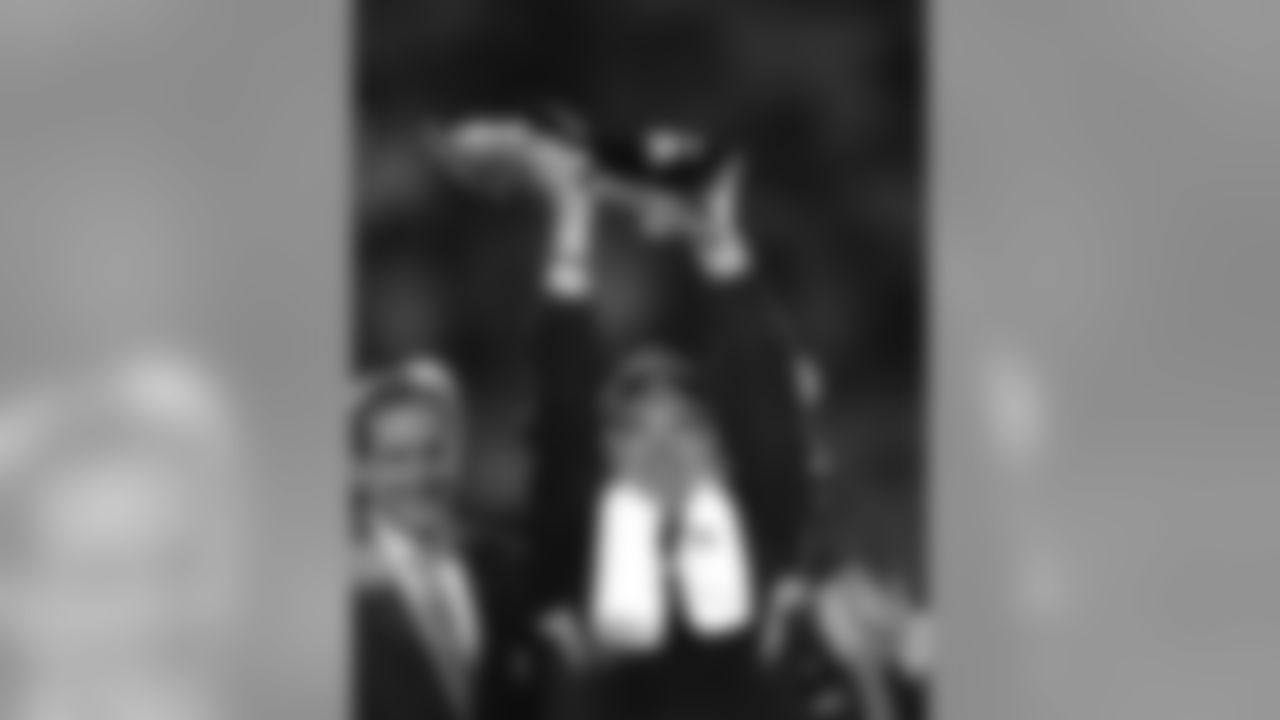
Photos from the New Orleans Saints win in Super Bowl XLIV against the Indianapolis Colts.
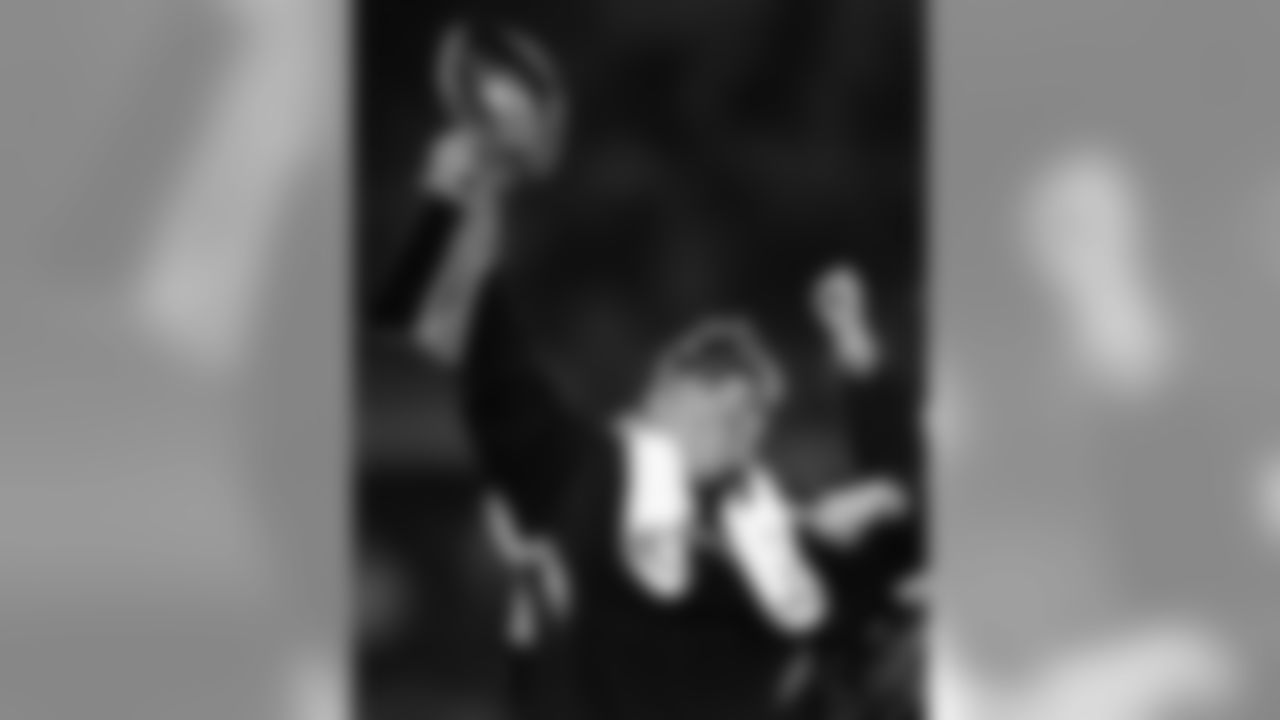
Photos from the New Orleans Saints win in Super Bowl XLIV against the Indianapolis Colts.
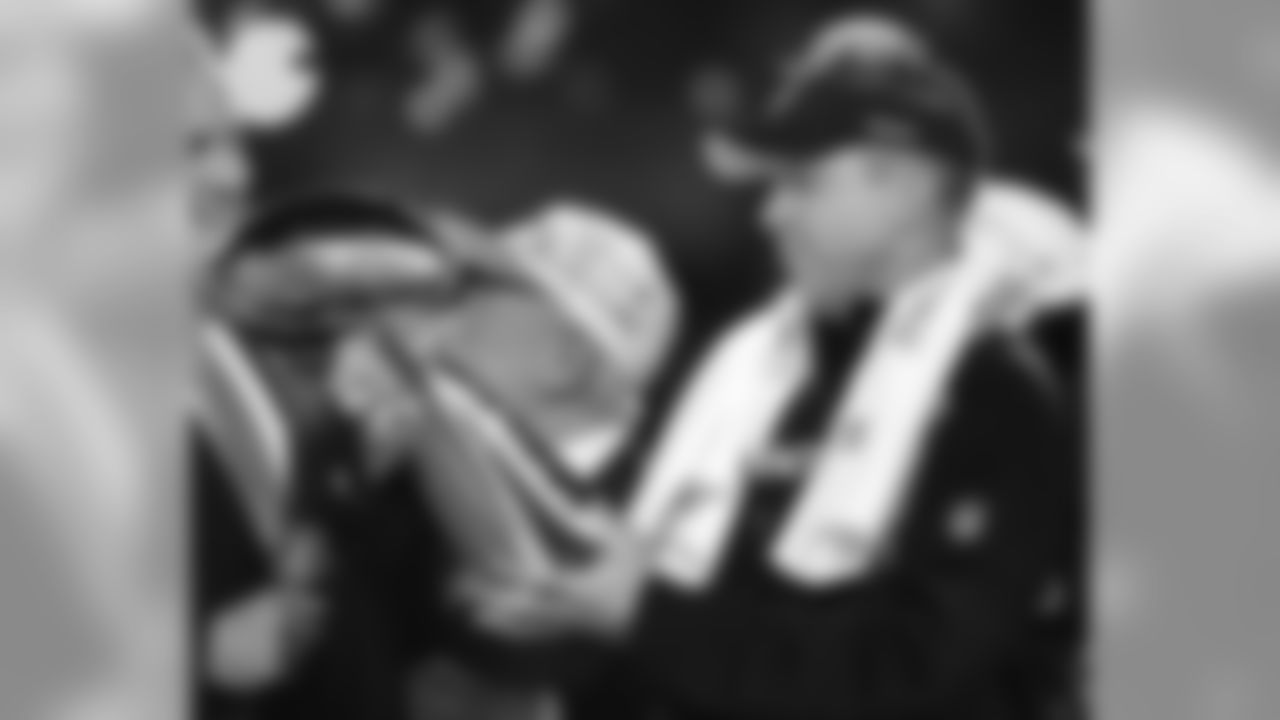
Photos from the New Orleans Saints win in Super Bowl XLIV against the Indianapolis Colts.
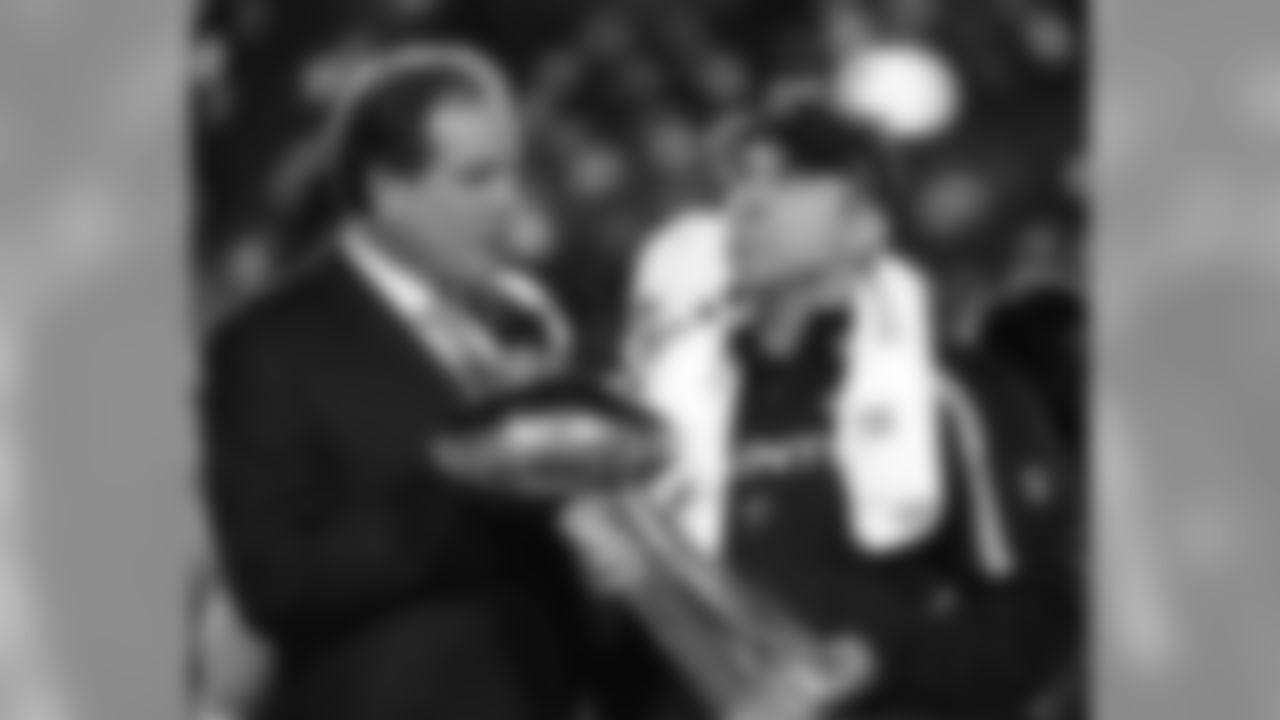
Photos from the New Orleans Saints win in Super Bowl XLIV against the Indianapolis Colts.

Photos from the New Orleans Saints win in Super Bowl XLIV against the Indianapolis Colts.
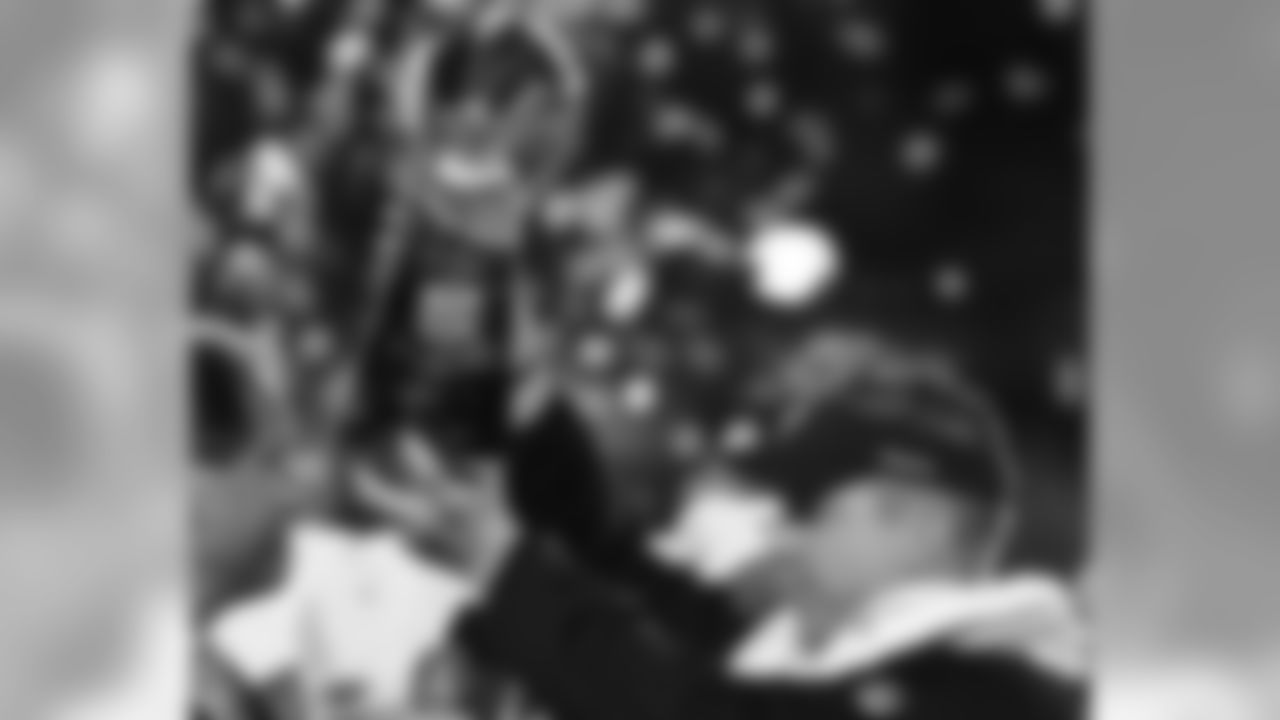
Photos from the New Orleans Saints win in Super Bowl XLIV against the Indianapolis Colts.
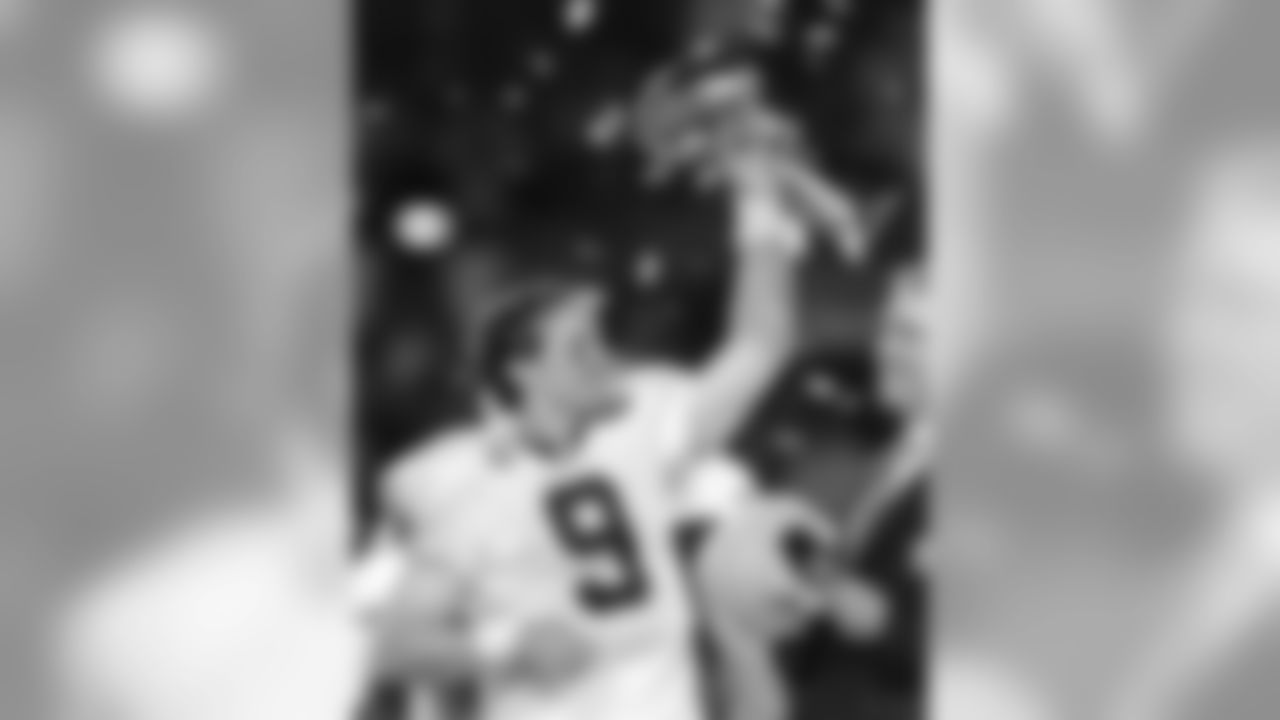
Photos from the New Orleans Saints win in Super Bowl XLIV against the Indianapolis Colts.

Photos from the New Orleans Saints win in Super Bowl XLIV against the Indianapolis Colts.

Photos from the New Orleans Saints win in Super Bowl XLIV against the Indianapolis Colts.
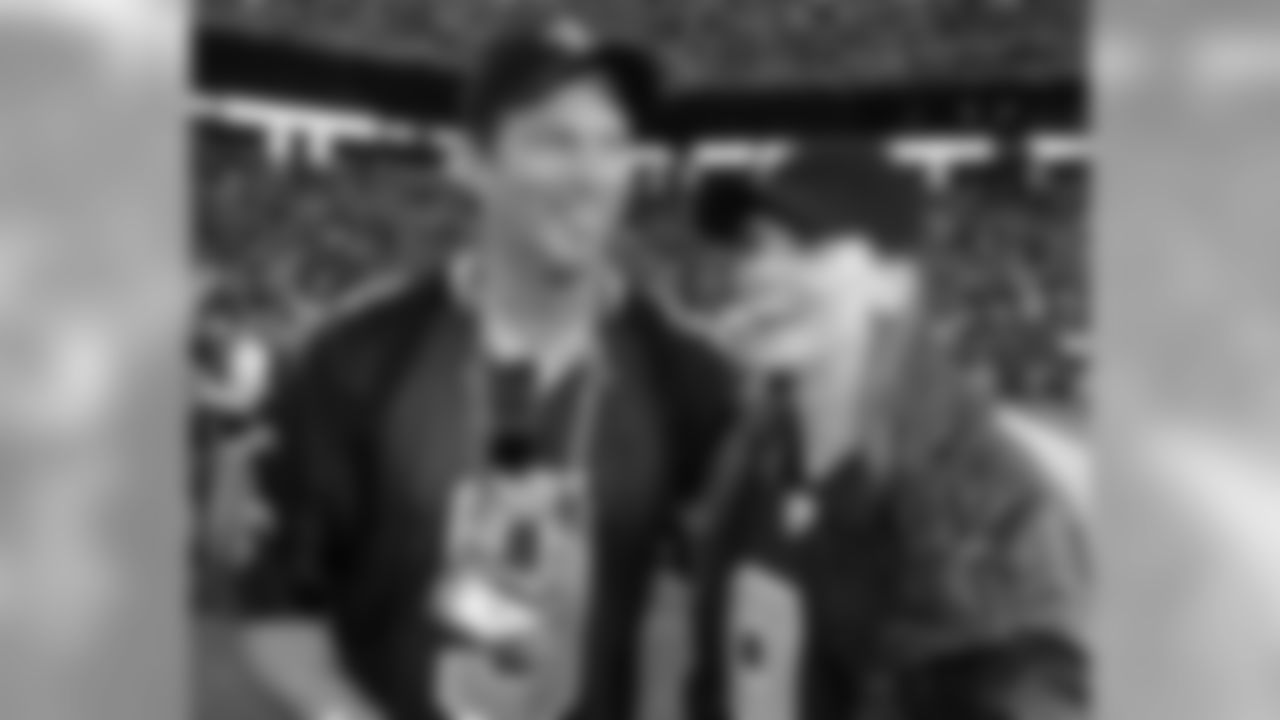
Photos from the New Orleans Saints win in Super Bowl XLIV against the Indianapolis Colts.
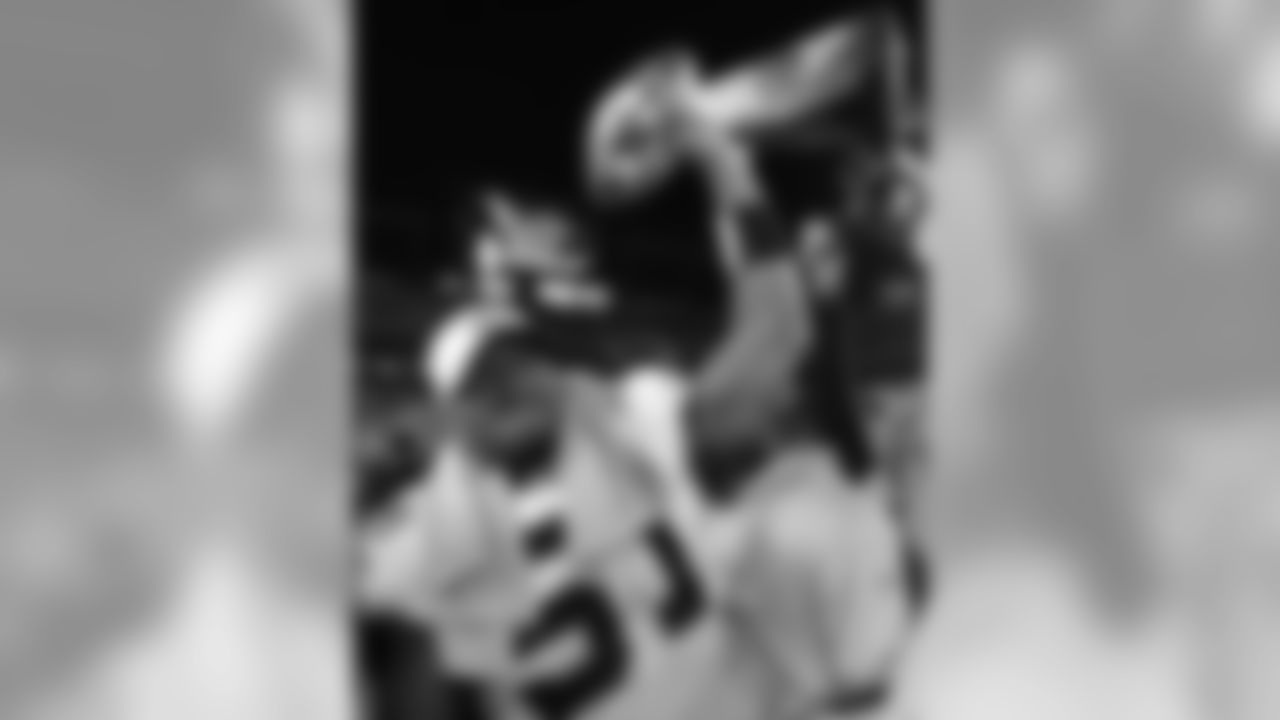
Photos from the New Orleans Saints win in Super Bowl XLIV against the Indianapolis Colts.
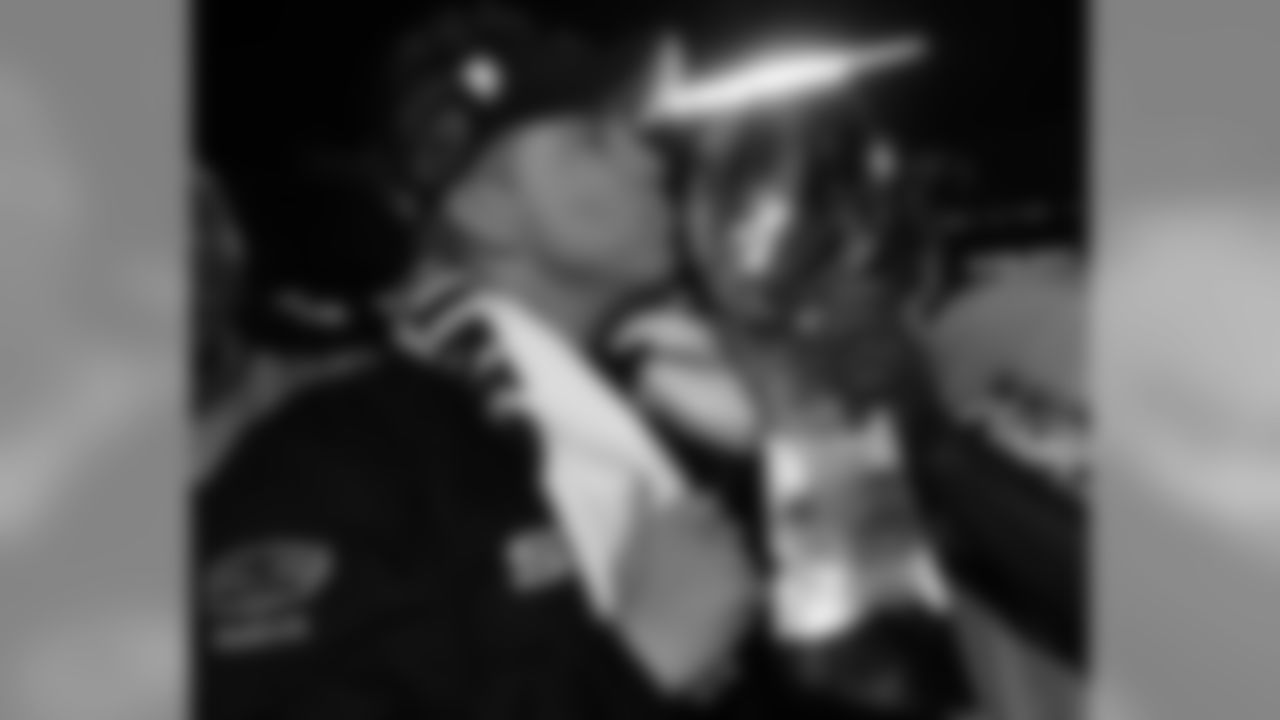
Photos from the New Orleans Saints win in Super Bowl XLIV against the Indianapolis Colts.
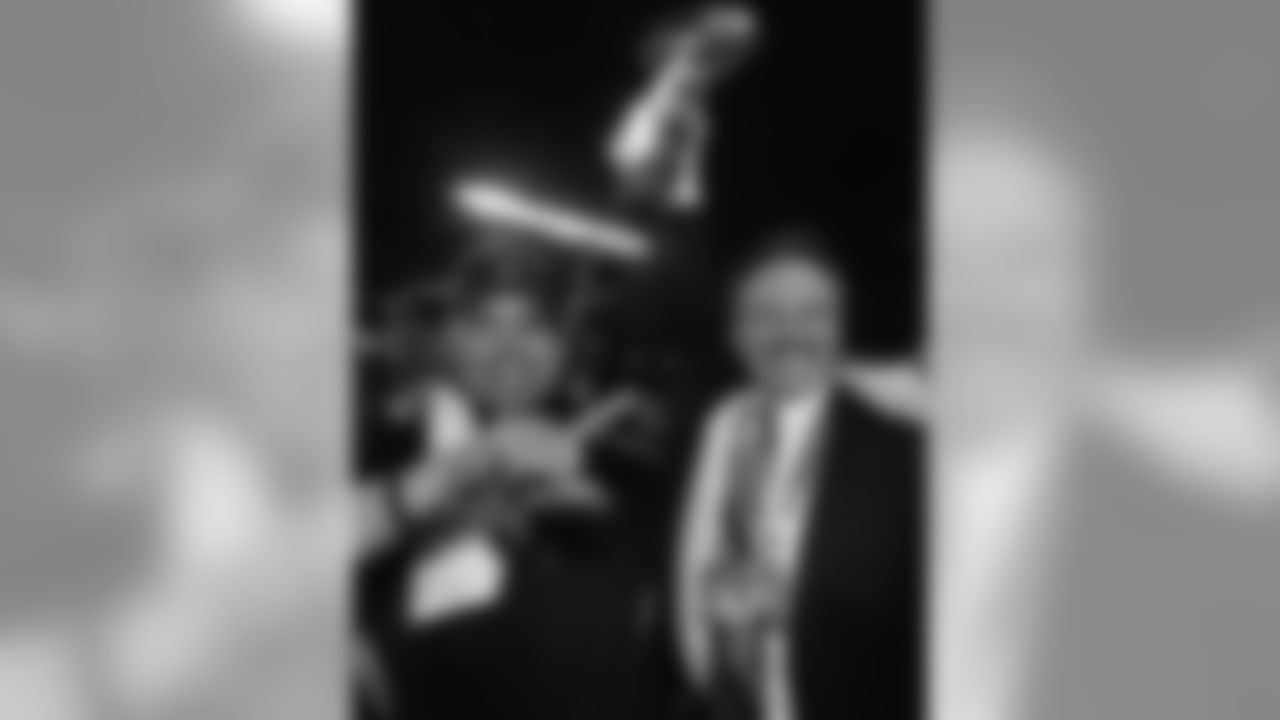
Photos from the New Orleans Saints win in Super Bowl XLIV against the Indianapolis Colts.
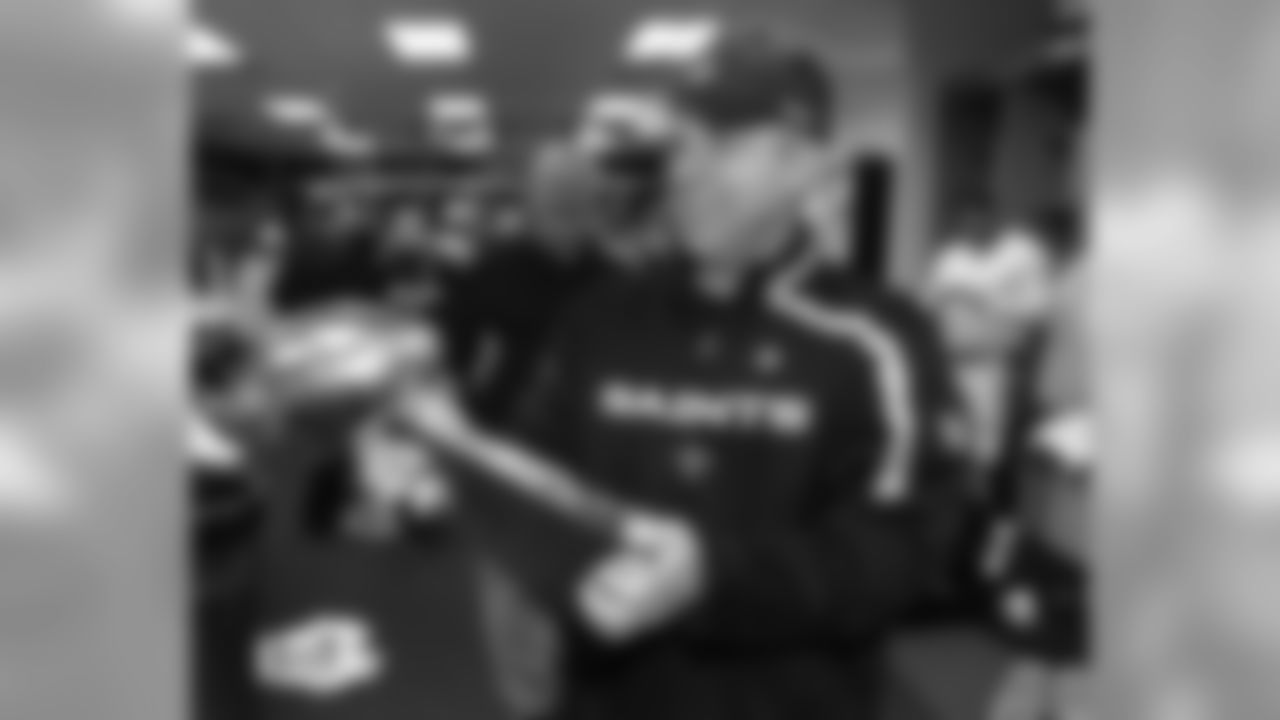
Photos from the New Orleans Saints win in Super Bowl XLIV against the Indianapolis Colts.
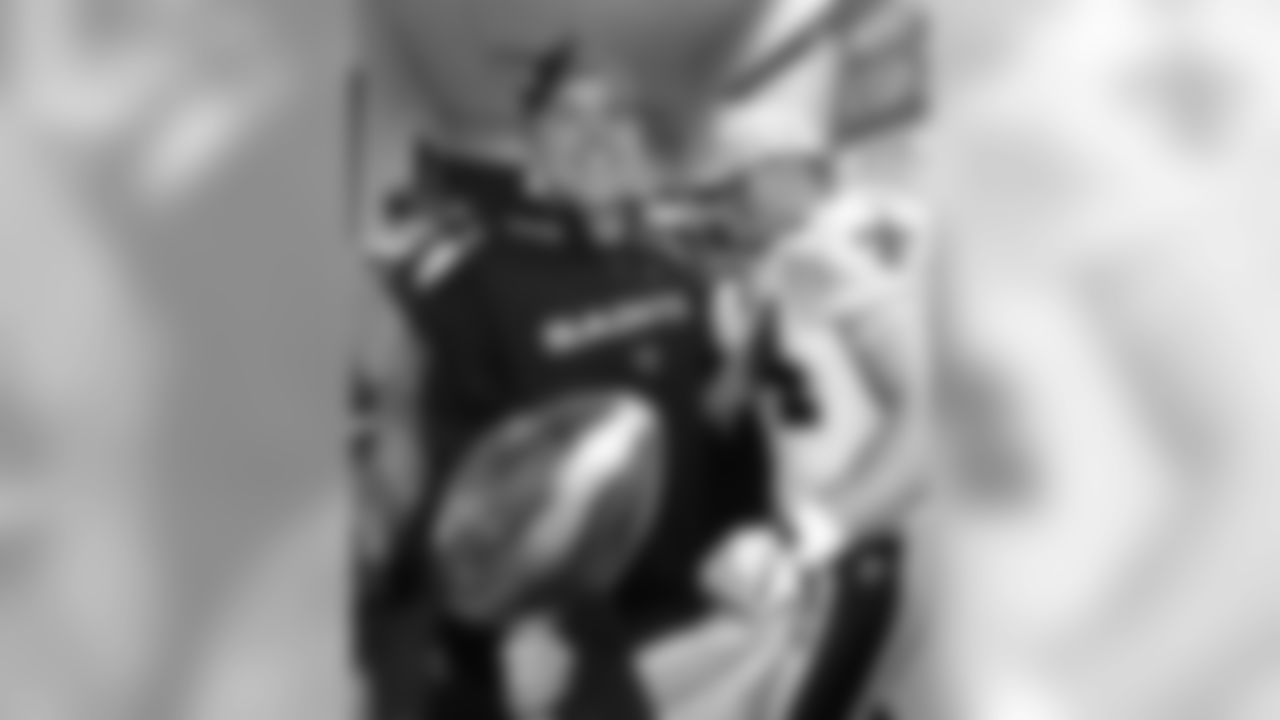
Photos from the New Orleans Saints win in Super Bowl XLIV against the Indianapolis Colts.

Photos from the New Orleans Saints win in Super Bowl XLIV against the Indianapolis Colts.
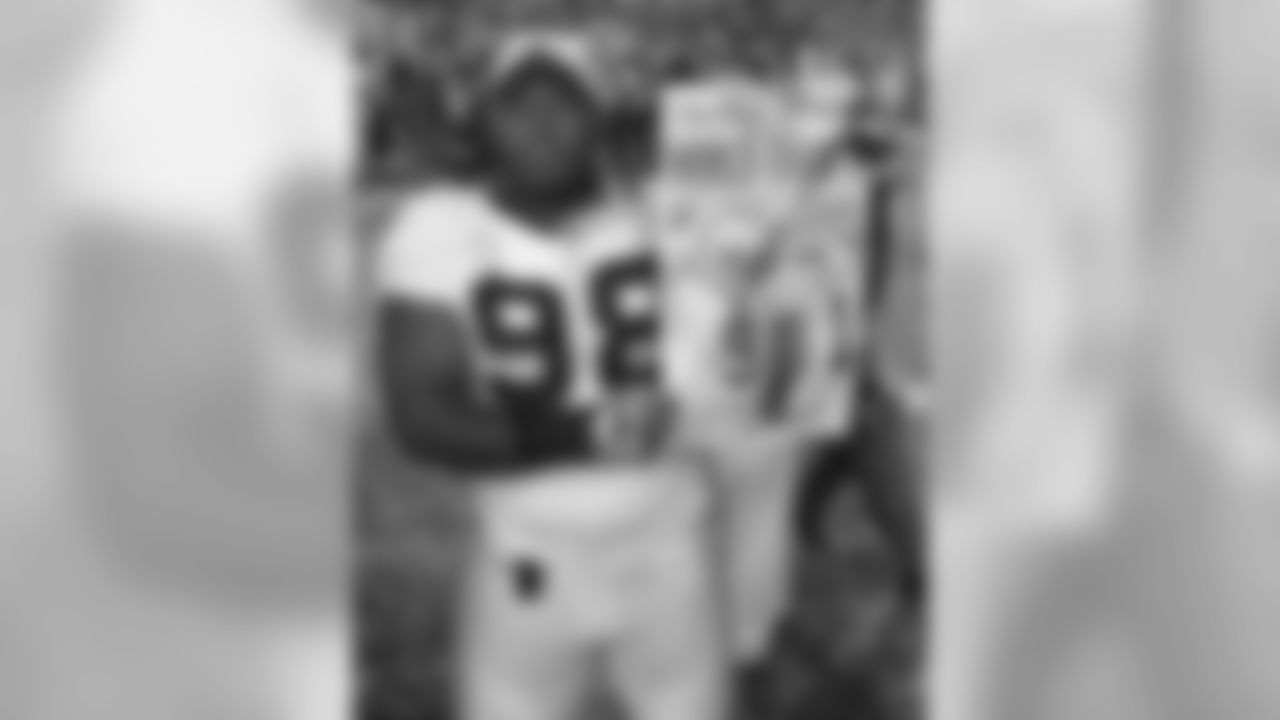
Photos from the New Orleans Saints win in Super Bowl XLIV against the Indianapolis Colts.
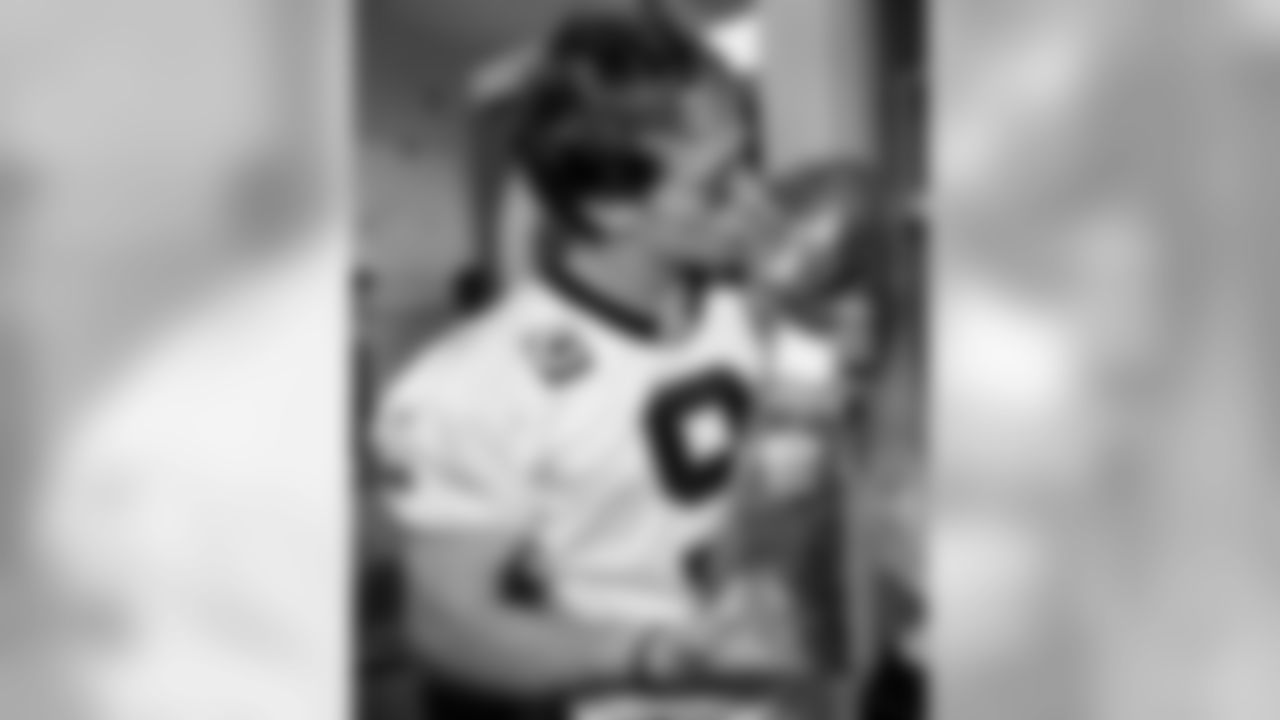
Photos from the New Orleans Saints win in Super Bowl XLIV against the Indianapolis Colts.
John DeShazier, senior writer for NewOrleansSaints.com, covered the Saints' Super Bowl win as a columnist for The Times-Picayune. To help celebrate the five-year anniversary of the Saints' triumph he is recounting some of his favorite moments from the week.
Sean Payton's mind already was made up.
At halftime of Super Bowl XLIV in Miami Gardens, Fla., the New Orleans Saints' coach was full go on making one of the most daring calls in the history of the game. But he issued his team a subtle reminder, perhaps to make sure it was just as fully invested.
"You've got to make me look good right here," Payton said.
They made him look like a genius.
Trailing Indianapolis 10-6 at halftime and poised to kick off, the Saints surprised everyone in Sun Life Stadium with an onside kick, the first onside kick in Super Bowl history that was attempted before the fourth quarter.
Punter Thomas Morstead executed the kick, Chris Reis recovered the football at the Saints' 42-yard line, and quarterback Drew Brees connected with running back Pierre Thomas on a 16-yard touchdown pass to give New Orleans a 13-10 lead, its first of the game.
The Colts retook the lead with a touchdown drive of their own, but the Saints responded by scoring the final 18 points of the game – including Tracy Porter's 74-yard interception return – to take a 31-17 victory and earn the Lombardi Trophy.
Still, what most stands out for me was the play that stands out for many who watched the game (I was a columnist at The Times-Picayune at the time).
The kick and recovery didn't provide the winning margin for the New Orleans. Saints fans may not even remember that Indy retook the lead on Joseph Addai's touchdown run.
But the confidence involved in dialing up the play was vintage Payton – playing to win, being aggressive, seeking to give his team an advantage on a play that didn't appear to have a high percentage of success, but that he'd researched enough to know that to call for it when he did (right after halftime, versus an unsuspecting opponent) heightened New Orleans' chances of recovering the ball.
The play, fittingly, was called "Ambush." And it absolutely stormed into the consciousness of anyone who saw it that day.


